Fire Season 2019-20 Overview
Aerial Fire Fighting in Australia
This fire season has proved to be one of Australia’s largest and has produced the largest numbers and some of the biggest fires ever seen in the country. New South Wales, Queensland, Victoria, Western Australia, Tasmania and South Australia all shared and used the fixed and rotary fleets from other states.
Over 46 million acres have burned, with over 5,900 buildings (including over 2,204 homes) lost and tragically some 34 people have perished, destroyed over 5,900 buildings , and burned 48 million acres of land. An estimated 1 billion animals have also been killed and some endangered species may be driven to extinction.
Prolonged drought in several states has only exacerbated the bushfires. The smoke from the fires had moved approximately 11,000 kilometres (6,800 mi) across the South Pacific Ocean to Chile and Argentina.
The cost of dealing with the bushfires has well exceeded the $4.4 billion of the 2009 Black Saturday fires, with Australian tourism sector revenues falling more than $1.5 billion. The financial, social and ecological costs are numbers unseen before.
Extra reinforcements were called upon early in 2020 to assist with the share size of the fires across the country. All the contracted helitak and bombers were flown in support of the boots on the ground to combat these massive blazes.

Erickson Air Crane® ‘Marty’ arrives for its first fire seasoning Australia.
It was early spring when around 130 bushfires began and these soon grew to become some of the largest fires yet seen here in Australia.
The Liberal Morrison Government provided another $11 million dollar, boost to help combat the bushfires. This is on top of the $15 million already provided each year. What quickly turned into Australia’s worst bushfires, set up what was to become the largest aerial fire bombardment ever seen.
It was early January 2020 when the Government announced the mobilisation of 3000 reservists of the Army to assist along side many other already air, land and sea elements. Evacuations of people from Malacutta, and other towns in Victoria showed that this was a fire season that hadn’t been before.

This screenshot of the fires from the EMV Victoria website show the fires crossing into NSW from Victoria and the large area’s burning.
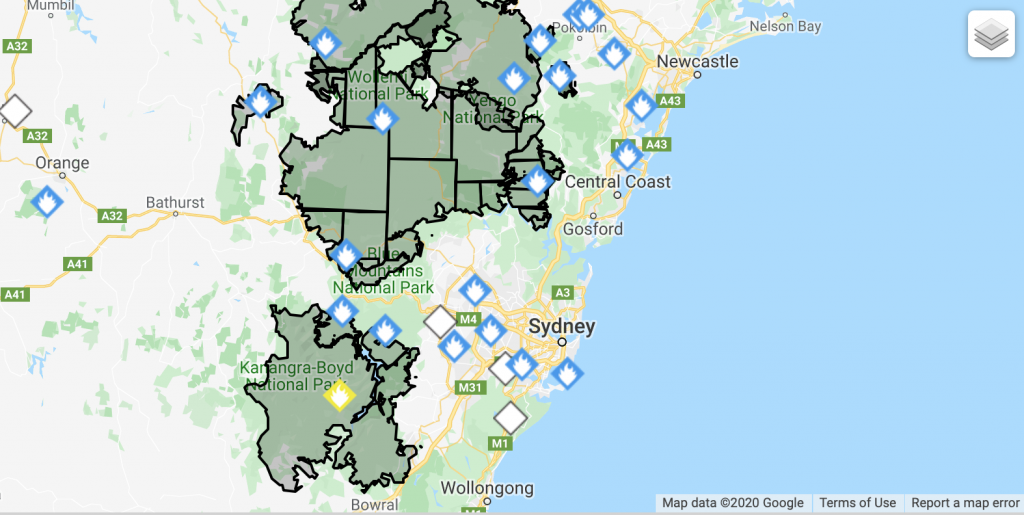
The NSW blazes were large and encroaching closer and closer to Sydney, when this screenshot was taken.

The closeness of the Adelaide Ranges fires to the CBD is apparent in this screenshot of the burnt areas.
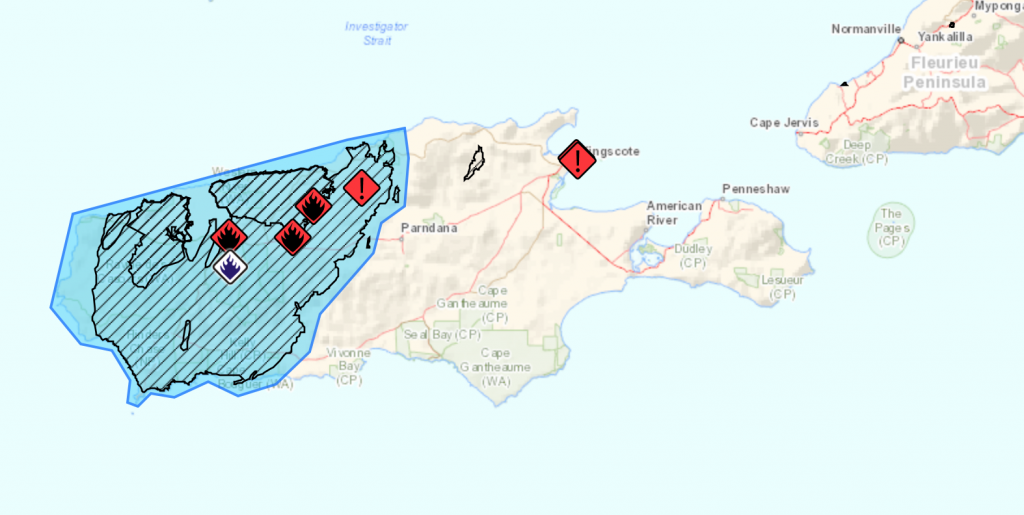
he extent of the size of the fires on Kangaroo Island of the coast of South Australia emphasises the destruction to this part of the world.
The season saw a huge increase of types and companies bringing online planes and helicopters to assist in the fires. A notable mention goes to 10 Tanker from Albuquerque, New Mexico. Who put their DC-10, Tanker 911 N17085 into action very early from its base at RAAF Richmond in NSW. No sooner had the aircraft arrived in Australia it was put to work on the Gospers Mountain blaze North West of Sydney. At the end of the season Australia had leased ten large air tankers from North America. Broken down this included, three McDonnell Douglas DC-10s, two Bae RJ-85s , two McDonnell Douglas MD-87s, two Lockheed C-130 Hercules and one Boeing 737 Fireliner.
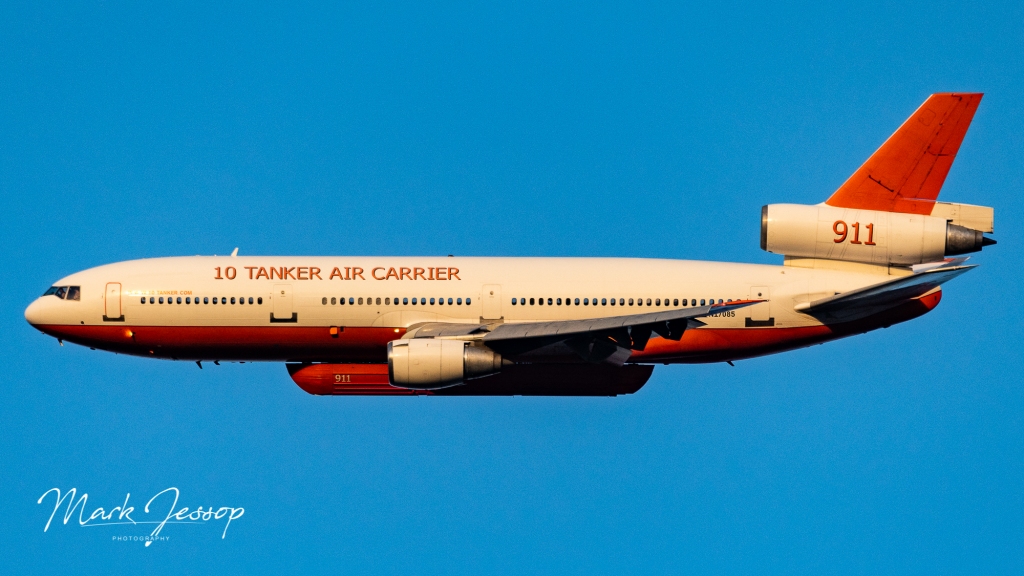
One of three DC-10s in Australia from 10 Tanker. (Mark Jessop Photography)
It wasn’t long before television and radio stations were broadcasting evacuation and leave now orders across most states. This was repeated throughout the season many many times.
It seemed as though nothing was out of bounds for fires this season. More than half of Kangaroo Island in South Australia burnt, large segments of the Snowy Mountains burnt out, fires stretching across state boarders, NAS Nowra and RAAF Pearce burning.

The season has seen both ground and aerial crews stretched to their maximum, days with no available air assets, several days of ongoing heat and terrible flying conditions, coupled with four accidents which included the loss of three brave souls on the Coulson C-130Q Hercules, Bomber 134. It will be a season noted for its size, losses and devastation to the Australian continent.
NSW Premier Gladys Berejiklian announced an independent expert inquiry into the 2019-20 bushfire season to provide input to NSW ahead of the next bushfire season. The six-month inquiry, will review the causes of, preparation for and response to the 2019-20 bushfires.
Further to the above the Prime Minister announced a Royal Commission into the bushfire crisis to examine climate change, and also investigate a harmonised approach to hazard reductions burns across the country. The outcomes form this Royal Commission, will form the basis of the fire authorities going forward.
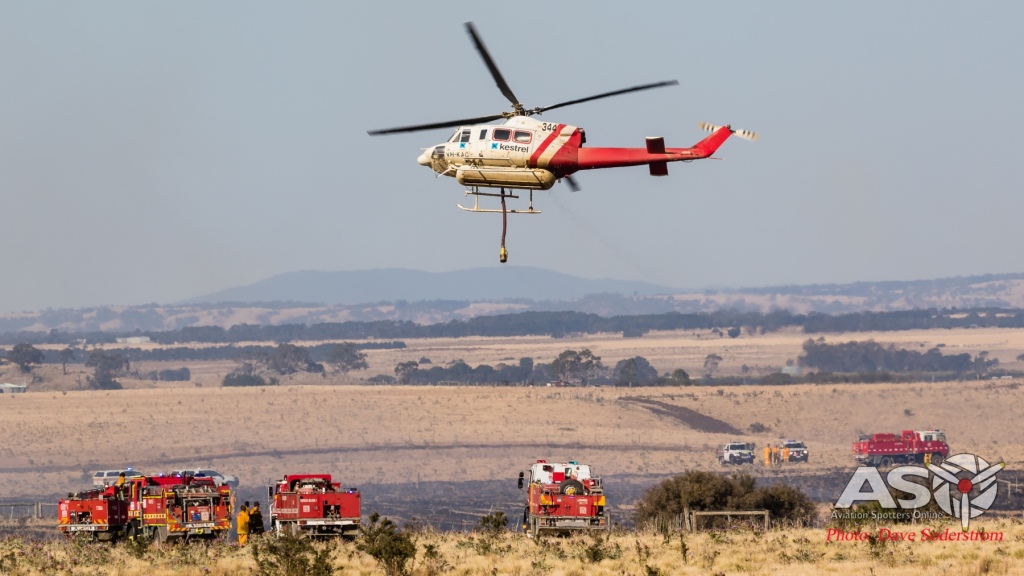
Kestrel’s Helitak 344 overflies some of the 40+ trucks used to combat a blaze in Sunbury.
An interesting fact, to further emphasise the high tempo of operations this season. A LAT like a C-130 will generally operate 100-120 hours a year. This season that figure is much higher due to the tempo of operations. 400+ is the figure on some of the LATS this season.
QANTAS generously helped Coulson during the season, to wash and help preform maintenance on one of the companies 737 Fireliners. With the aircraft having performed over 600 missions prior to the maintenance.
Queensland’s aerial response to bushfires will be boosted with funding secured for a long-term Large Air Tanker (LAT) capability for the state. Premier Annastacia Palaszczuk announced funding of more than $15 million plus a further $3.1 million in ongoing costs to bolster capabilities with a Queensland-based LAT in late Feb 2020.
The season came to an abrupt end in early March when welcome rain bit much of the fire affected areas. With the overseas contracted aircraft returning back home for maintenance before tackling the Northern fire season.
Australian Inovation continues
Last year we spoke of the Queensland based company Helitak Fire Fighting Equipment. This Queensland based operation who have been working extremely hard on their design of a fixed, collapsable tank for helicopter operators has seen the company make some big progress. Local operator McDermott Aviation with their new B214ST ‘Guardian 1’ N319AL, selected the Helitak FT3500 Fire Tank which was only installed a short time after completion, and quickly saw it working and dropping over 70,000 litres on the Peregian Springs fires.
The company also secured some major contracts from overseas. Heli Austria announced that after a period of months over research and investigation for the design and supply of an underbelly aerial fire suppression tank suitable for the companies Super Puma fleet. Helitak will design and manufacture a tank in excess of 4250 liters to complement the very capable AS332, H215, and H225 Super Puma model. The Super Puma and the Helitak FT4250 fire tank will be packaged as the Super Puma FIRECAT.
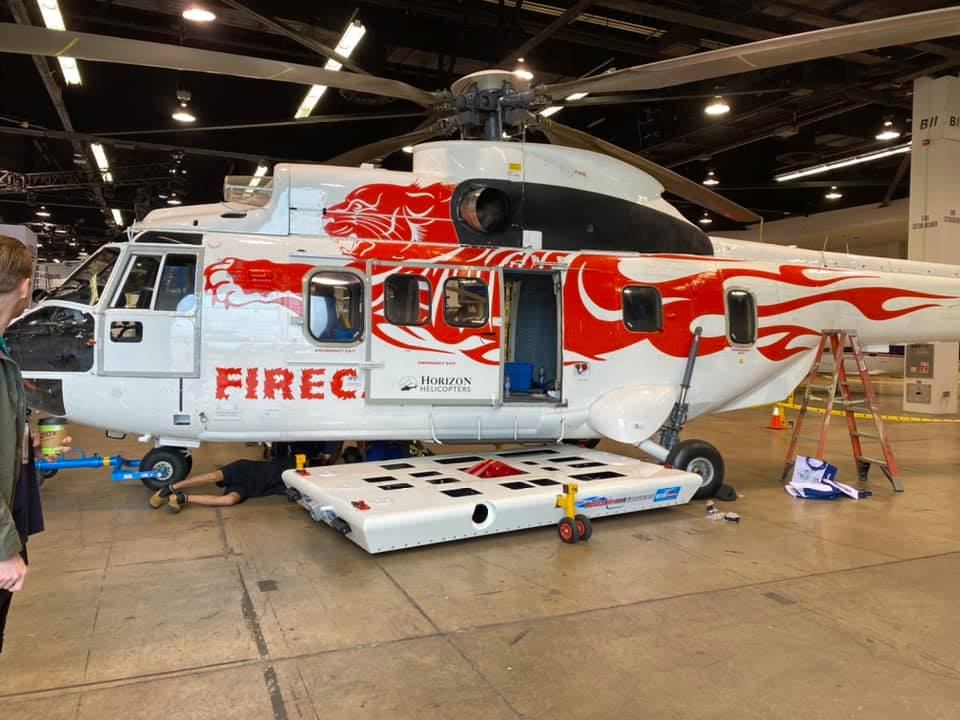
(Helitak Fire Fighting Equipment photo)
Whats new from the aerial operators this fire season 2019/20?
Once again a lot has happened this season, new machines, new operators, more planes and helicopters and local companies investing more in aerial fire fighting operations. For the first time ever the large air tanker fleet rose to eleven for this fire season. The growing size of the fires and the demands from the local fire agencies saw the Australian Government act and bring online further aircraft to help with the enormous impacts being sustained by communities across Australia.
A list breakdown of the operators is shown below;
Kestrel Helicopters has brought some new additions to their arsenal this season with the company bringing out two of Firehawk Helicopters UH-60 Blackhawks. N9FH (Helitak 470) and N2FH (Helitak 367) were out and working as soon as they cleared customs at the docks. The company continues to purchase and innovate their aerial fire fighting fleet. A big investment at the companies head office in Mangalore saw new hangars and new fleet maintenance vehicles.
Erickson Incorporated partnered with Kestrel Aviation and brought in six of the Type 1 helicopters, the S-64 Air Crane® . The six machines and their bases were as follows: N154AC Georgia Peach – Perth, N247AC Jerry – Bankstown, N189AC Gypsy Lady – Bankstown, N194AC Delilah – Moorabbin, N218AC Elsie – Brukunga/Adelaide and N243AC Marty – Essendon Fields.
An interesting fact regarding N154AC Georgia Peach, when it was apart of the US Army. It flew as 68-18435, and set a world record for helicopter altitude of 35,000 feet. Two Sikorsky test pilots climbed until both engines flamed out!
In late January, Erickson announced at the Heli Expo in Anaheim, a plan to produce a new version of the Air Crane, the S-64F+.
The future S-64F+ will include the following innovations and enhancements:
- Incorporation of a modern engine, enhancing range and fuel efficiency
- New Composite Main Rotor Blades
- Enhanced cockpit and flight control system
- Improved water cannon to provide best in class performance
The company is already in discussions with potential new operators of the new machine and hopes to secure orders in the near term.
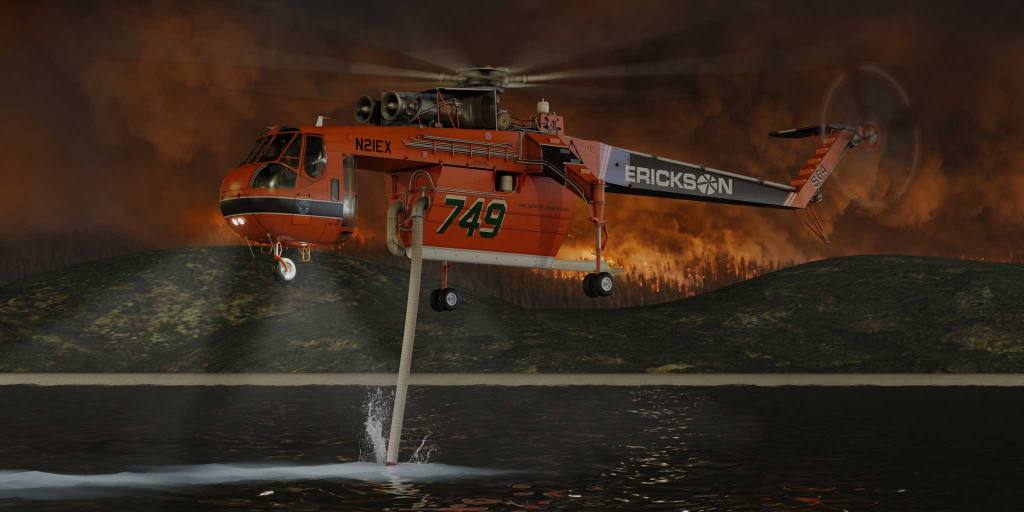
Rendered image of the new S-64F+ (Erickson image)
Erickson Aero Tanker who are a separate entity to Erickson Incorporated was called upon by the Australian Government in early January to supply two Large Air Tankers (LATS) to meet the growing fire emergencies around the country. The company responded with the supply of two Mc Donnell Douglas MD-87s air tankers. Tankers 102 and 103 were under contract to the Australian Federal Government. T-102 N292EA MD-87 arrived into RAAF Edinburgh on the 18/1/20 and T-103 arrived at RAAF Base Pearce in Western Australia on the 20/1/2020. It has taken a similar route to N292EA. Routing Portland (Oregon) via Alaska, Russia, Japan, Guam, and Papua New Guinea. The planned departure dates had been disrupted by volcanic activity (ash plumes) in the Philippines which dispersed some days later.

T-103 is seen after it arrived in Darwin, proudly wearing its NAFC logo.
Coulson Aviation have also increased their foot print in Australia again this season. The company had the following aircraft at work this season. C-130Q Hercules Bomber 390 based at Avalon, C-130Q Bomber 134 at Richmond, both 737 Fireliners, Bomber 137 N137CG and Bomber 138 N138CG at Richmond. These were supplemented by their rotary fleet which included Sikorsky S-76 Firebird 322 (N76CG) deployed for air supervision and night operations, alongside Sikorsky S-61 N261CG (Helitak 349) both initially based at Ballarat. Joining them were S-61N C-FXEC (Helitak 347) and S-61N N161CG (Helitak 348).

Lockheed C-130Q Hercules, Bomber 390 was based at Avalon Airport.
In other Coulson news, the company is expanding its rotary-wing capabilities and has entered into a joint venture with Unical Aviation to field firefighting Chinook and Black Hawk helicopters. Unical, which is based in Industry, California, owns a fleet of twelve Boeing CH-47 Chinooks and some thirty plus Sikorsky UH-60A Black Hawks. The company has also purchased numerous Black Hawk part inventories as well as the entire Canadian Forces CH-47D Chinook parts inventory.
Timberline Helicopters Australia also brought two of their Sikorsky UH-60s back to Australia. The two machines both UH-60A BlackHawks, Helitack 260 N563DJ, and Helitak 280 N620TJ arrived in Australia early December. This marks the fourth season for the company in Australia.
Valhalla Helicopters retuned to Australia again this fire season. Bringing with them a fleet of three machines. Two Bell 205s and a Bell 212. The company established its Australian division to streamline its fire fighting operations in Australia which the company has done so since 2010.
Paton Air based in Maindample, Victoria partnered with HeliCarrier Helicopters, based in Québec, QC and Buckeye, AZ, and brought out a type 1 that has been seen in Australia for many years the Sikorsky S-61N. C-FIZA, came equipped with a Quick Fill Belly Tank delivering 4,000L of water with 8 different coverage levels, a 3,400L Power-Fill Gated Bucket, and a Passenger Load Capability of 18 Personnel. With an 800 Kilometer Fuel Range and a Cruise Speed of 125kts, HTK369 was quickly deployed across the region.
Over winter Paton Air will be sending some of its pilots to the USA and Canada to train on the type. With Paton Air planning to be less reliant on foreign operators.

Columbia Helicopters which operates a fleet helicopters used for heavy lifting and logging brought their Boeing Vertol 234 P2-CHY a Civilian version of the CH-47 to Australia from Papua New Guinea to the country to assist. Taking up the Helitak 290 number and flying straight to NSW and taking up work in support of the Picton Area. Equipped with a 9880 litre Bambi bucket with power fill, which can fill the bucket via the four pumps in under a minute. The aircraft was brought in partnership with Coulson.

Columbia Helicopters Boeing 234 P2-CHY (Glen Greathead Image)
Skyline Aviation based at Lake Macquarie Airport purchased the ex Royal Australian Navy S-70B Seahawks which went to auction at Avalon Airport last year. The company purchased eleven of them along with a large spares holding. Recently VH-XHJ (formerly N24-002) appeared on the civil register is nearing its reconfiguration for the fire fighting role. This will be the first Seahawk in the world to be converted for a fire fighting role.
Hevilift PNG brought their Russian Mi-8MTV-1 Helicopter, P2-MHM into the country to assist. Soon after its arrival in Australia the machine was positioned in Mackay Airport from Cairns and then headed south to work.
Seen when at Archerfield Airport, P2-MHM is seen prior to its working demonstration. (Leigh Atkinson Image)
Pay’s Aviation based in Scone NSW took delivery of a Fireboss amphibian Air-Tractor. Hazair owner and pilot, Stephen Death commenced a two week ferry flight from Valencia Spain. A further two more weeks were spent in the Hazair hangar in Albury preparing the aircraft for service. The aircraft registered VH-FNA (or Bomber 219) got its C of A, radio install and gel retardant system installed prior to starting work in NSW.

Seen at Mudgee Airport, VH-FNA was put straight to work. (Mark Jessop Photography)
10 Tanker Air Carrier who operate a fleet of DC-10 Air tankers based in Albuquerque, New Mexico. Mobilised Tanker 911 N17085 on the 14th of November to operated from RAAF Richmond. On the 4th of November the Australian Government ordered the deployment of two more DC-10s from 10 Tanker. These aircraft, Bomber 914 N603AX and Bomber 912 N522AX arrived in Australia mid January.
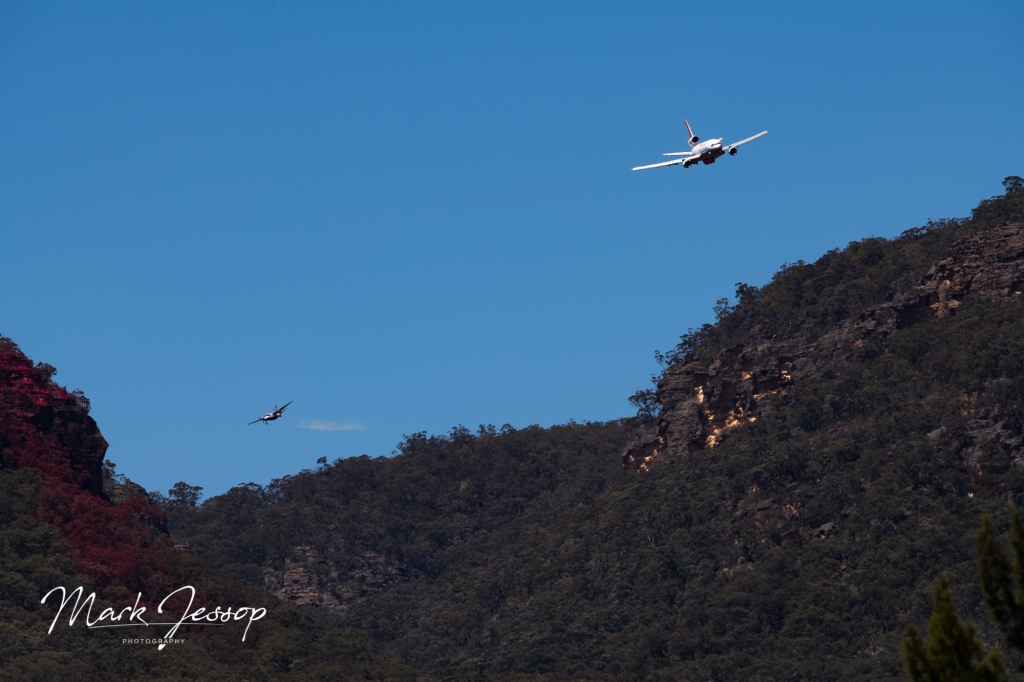
The leading Birddog Commander, lays a smoke trail for the DC-10 to follow, during the Glen Dave Fire. (Mark Jessop Photography)
United Aero partnered with Wildcat Helicopters from Kelowna, British Columbia, Canada brought two of their Bell Helicopters to Australia this season. C-FWTQ a Bell 412 became Helitak 274 along with Bell 412SP C-GBND which became Helitak 273. A third machine was delivered via an Atlas Air 747 freighter later in the season. The machine a Bell 412SP C-FWTY, became Helitak 275 after arriving mid January to operate with the NSW RFS.

Wildcat Helicopters Bell 412SP C-GBND operated as Helitak 273. (Glen Greathead Image)
The variety of types used on the Gospers Mountain fire is seen in Mark Jessop’s Video below.
Australian Defence Force commitments
The Prime Minister and Defence Minister were kept busy informing the Australian public about the ADF commitments through out the fire season. Elements from the Air Force, Army and Navy have all been involved in many different missions to assist where needed. With missions that included refuelling, search and rescue, evacuation, mapping, and general transport and logistics. Listed below is a brief summery of some of the missions flown by the ADF during the 2019/20 fire season.

One of the RJ85s Bomber 165 at RAAF Richmond, working the fires North of Sydney. (ADF Image)
Since September 5, Defence has provided the following support to firefighting efforts:
- The Australian Defence Force provided support to firefighting efforts near Canungra in south-east Queensland from September 5-21, 2019. This assistance included support to firefighting helicopter operations, the provision of accommodation and meals to firefighters, geospatial intelligence for fire mapping, and support to the incident control centre.
- From November 8 to February 1, the Royal Australian Air Force is providing contingency airlift support to move large groups of firefighters and their equipment between interstate locations.
- A RAAF 737 Boeing Business Jet transported ACT Rural Fire Service firefighters from Canberra to Port Macquarie on November 8.
- A RAAF C-130J aircraft transported firefighters and their equipment from Adelaide to Port Macquarie on November 9.
- A RAAF C-130J Hercules aircraft transported firefighters and their equipment from Hobart to Port Macquarie on November 10.
- A RAAF C-130J Hercules aircraft transported firefighters and their equipment from Essendon and Mildura to Armidale on November 12.

Three Australian Army CH-47F Chinook helicopters have been airlifting supplies for isolated areas in Victoria and are seen here at RAAF Base East Sale, in support of Operation Bushfire Assist.
- A RAAF KC-30A multi-role tanker transport aircraft transported 150 firefighters and their personal equipment from Melbourne Airport to Sydney Airport on November 14.
- Two RAAF KC-30A multi-role tanker transport aircraft transported 258 firefighters and their personal equipment from Sydney Airport to Melbourne Airport on November 15.
- A RAAF C-17A Globemaster aircraft transported 165 firefighters and their equipment, using two flights, from Melbourne to Coffs Harbour on November 17
See Mark Jessop’s images below when he was a guest of the RAAF on a mission out of Richmond, to Essendon, Nowra and return.’
- A RAAF C-17A Globemaster aircraft transported 130 firefighters and their equipment from RAAF Base Richmond to Melbourne. The same aircraft then transported an additional 130 firefighters and their equipment from Coffs Harbour to Melbourne on November 18.
- A RAAF C-17A Globemaster aircraft transported 130 firefighters from Melbourne to RAAF Base Richmond on November 19.
- A RAAF C-130J Hercules aircraft transported 140 firefighters and their equipment from Melbourne to Coffs Harbour on November 20.

Operated by 37 Squadron, C-130J Hercules A97-468 taxies for departure from Melbourne Airport with CFA fire fighters onboard.
- A RAAF C-130J Hercules aircraft transported 167 firefighters and their equipment from Coffs Harbour to Melbourne on November 21.
- A RAAF C-130J Hercules aircraft transported 108 firefighters and their equipment from Coffs Harbour to Melbourne on November 24.
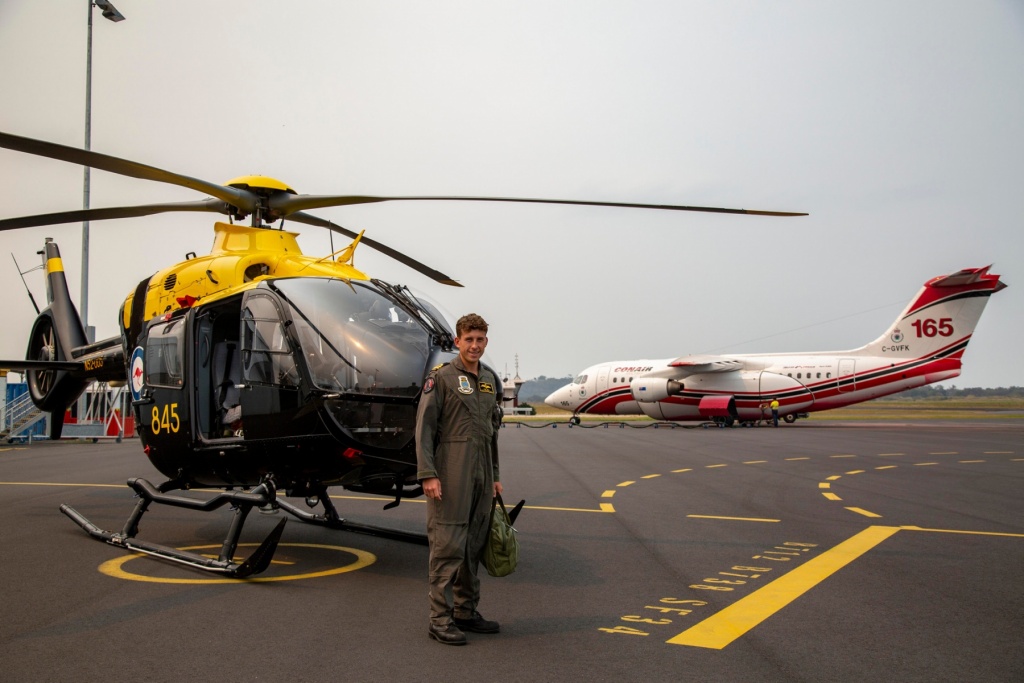
Royal Australian Navy Pilot Lieutenant Thomas Snow, prepares to depart Coffs Harbour airport to support the firefighting efforts in New South Wales. (ADF Image)
Other support has entailed:
- On November 18, 21 and 22, Army supported Queensland Fire and Emergency Services helicopter operations at Borneo Barracks, near Toowoomba.
- From November 11-13, Singleton Army Barracks provided accommodation and catering support to about 200 firefighters from the Victorian Country Fire Authority.
- From November 12-14, a Navy and Army aviation liaison capability worked within the NSW Rural Fire Service State Operations Centre to ensure ADF air support was appropriately coordinated.
- From November 12-14, two MRH-90 Taipan helicopters from the Navy and two S-70 Black Hawk helicopters from the Army provided movements for Rural Fire Service strike teams and, if required, the rescue of civilian personnel.
- From November 12-13, the Navy provided two MH-60R Seahawk helicopters to fly night missions from Sydney and Coffs Harbour to facilitate the operation of Rural Fire Service air observers. Two EC135 helicopters continued support on November 14.
- Two EC135 helicopters from the Navy and two S-70 Black Hawk helicopters from the Army flew in support of NSW Rural Fire Service impact assessments on November 14.
- ADF personnel from Kokoda Barracks, Canungra, and the 7th Brigade, Brisbane, provided engineering support to assist Queensland Fire and Emergency Services to clean up fire breaks near Beechmont.
- From November 12-13, Kokoda Army Barracks, Canungra, provided evening meals for 40 firefighters.
- On November 14, RAAF Base Pearce provided support to aerial firefighting aircraft from the Western Australian Department of Fire and Emergency Services under DACC arrangements.
- From November 12-16, RAAF Base Williamtown provided refuelling and water re-supply support to a Large Aerial Tanker from the NSW Rural Fire Service.
- From November 13-17, Army Tiger Armed Reconnaissance Helicopters supported Queensland Fire and Emergency Services conducting night fire mapping. On November 17, a Tiger provided support to search for isolated persons in a high-threat fire area. Queensland Fire and Emergency Services safely recovered the individuals.
- From November 13-23, RAAF Base Richmond provided accommodation and catering support for varying numbers of between 150 and 300 firefighters, as well as providing workshop/maintenance hangars for up to 50 fire appliances and support vehicles.
(The Australian Army tasked CH-47F Chinooks, S-70A Blackhawks, MRH-90s and Victorian Police Aérospatiale Dauphin, ready to evacuate and provide support at the Omeo oval in Victoria.)
- On November 18, the 7th Brigade provided a platoon to support Queensland Police and Queensland State Emergency Services to search for a missing person around Mount Glorious, Queensland. The missing person was located on the morning of November 18.
- From November 18-19, the Army’s Borneo Barracks near Toowoomba established a helicopter-landing site, overnight parking and refuelling capability for firefighting and support to civilian rotary-wing aircraft.
- From November 20-21, two Australian Army MRH-90 Taipan helicopters conducted night fire mapping in south-east Queensland in support of the Queensland Fire and Emergency Services.
- On November 21, a NSW Rural Fire Service Large Aerial Tanker was refuelled at RAAF Base Edinburgh after a mission was completed in South Australia.

Coulson’s 737 Fireliner which is on contract to RFS NSW, has been tasked with drops in South Australia. The aircraft is seen here at RAAF Base Edinburgh. (ADF Image)
- From November 22-27, Army provided logistics support to the Queensland Fire and Emergency Services incident control centre, hosted on Borneo Barracks, Cabarlah.
- On November 26, RAAF Base Gingin provided 18,900 litres of water to two water bombers fighting a fire in the vicinity of Yanchep.
- From November 26 to December 21, Army provided NSW Rural Fire Service with ground logistic support for the movement of vehicles, stores and equipment in Wauchope.
- From December 2-6 and December 10-11, Army provided rotary-wing support to the NSW Rural Fire Service from Holsworthy Barracks to support search and rescue and firefighting intelligence.
- On December 3-4, HMAS Albatross was used to provide catering and accommodation for the NSW Rural Fire Service at Naval Air Station Nowra.
- On December 4, RAAF Base Pearce provided 12,000 litres of water to two water bombers fighting fires in the vicinity of the City of Swan, Perth.
- On December 9, ADF Joint Operations Support Staff-Victoria personnel were established in the Victorian Government State Control Centre following State Tier 3 Red notification for forecast catastrophic fire conditions.
- From December 10-11, a Navy helicopter provided support to the the NSW Rural Fire Service for 24 hours to fly day and night missions from the Naval Air Station Nowra to facilitate the operation of Rural Fire Service-trained air observers
- On December 15, RAAF Base Pearce provided support to aerial firefighting aircraft from the Western Australian Department of Fire and Emergency Services under DACC arrangements. Some 60,000 litres of water and 17,870 litres of fuel was provided for the firefighting efforts in the vicinity of Collie and 18,000 litres was provided for firefighting efforts in the vicinity of Yanchep.
- On December 16, RAAF Base Pearce provided support to aerial firefighting aircraft from the Western Australian Department of Fire and Emergency Services. About 3000 litres of water was provided to fight a fire in the vicinity of Brand Highway.
- From December 19-23, two Navy helicopters operated from Nowra to provide daytime search and rescue, as well as night-time fire mapping and support missions to the NSW Rural Fire Service.
- On December 20, support was provided from RAAF Base Edinburgh, South Australia, to refuel two Large Aerial Tankers fighting fires near Cudlee Creek and Munno Para. This support continued on the morning of 21 December.
- From December 20-23, an additional Joint Operation Support Staff Liaison Officer was deployed to the South Australia Country Fire Service Incident Management Team at Mount Barker to provide direct advice.
- On December 21-22, RAAF Base Williamtown provided fuel and movements support for two NSW Rural Fire Service fire scanner aircraft under a standing DACC 4 Memorandum of Understanding request.
- From December 27-30, 2019, 14 ADF personnel deployed within New South Wales Rural Fire Service incident management teams and are now finalising reports detailing possible options for ADF support during initial recovery operations after the bushfire threat has passed. Defence is expecting a request for assistance from New South Wales authorities and is preparing forces for such a request.
- On January 3, two Navy ships evacuated about 1100 isolated persons from Mallacoota.
- More than 170 people were evacuated by rotary and fixed wing aircraft on January 5.

One of serval Australian Army helicopters on deployment, in this case an S-70A Blackhawk awaits its next mission at the Bairnsdale Fire base.
- The ADF delivered 18,000 litres of fuel to Omeo for generators powering the town on January 6-7.
- Working with state authorities, Defence contacted 18 cut-off communities, flying in emergency food, water, fuel and medical supplies as required. Eight communities were visited on January 5, with a further 10 visited on 6 January.
- On January 5, HMAS Choules (crew of 179) arrived in Western Port with about 1100 evacuees. On January 6, Choules returned to Mallacoota to unload diesel fuel and a fuel management team to sustain the operation of generators providing electricity to Mallacoota.
- 400 stretchers were provided to the evacuation centres at Moruya and Batemans Bay.
- A damage assessment team was deployed to Kangaroo Island on January 5, comprising two high-clearance 4WD vehicles capable of carrying a driver and three staff.
- Army personnel have assisted in the construction of a State Emergency Services camp, rescued injured wildlife and distributed bottled water and bulk water to Kingscote Airport.
- From January 6, a Striker vehicle and crew were made available to support NSW Rural Fire Service helicopter ‘hot-refuelling’ at Picton Showgrounds.
- On January 6, JTF 646 commenced redistribution of forces in the northern (Alpine) and southern (Coastal) areas of operation, in order to ensure both Army Support Battalions are force-assigned and capable to undertake a variety of support tasks.
- On January 7, JTF 646 commenced the preparation of a staging area for about 100 international fire-fighters in the vicinity of Omeo.
- On January 7, HMAS Choules embarked 280 people from Mallacoota for evacuation to HMAS Cerberus. The ship also delivered stores and emergency services vehicles to Mallacoota.
- A fuel tanker was sent to the Milton showground.
- On January 7, support flights were undertaken to relieve 20 firefighters between Port Macquarie to Merimbula.
- As of 8 January, a plan has been finalised to support the Department of Agriculture in dealing with deceased livestock.
- On January 8, Army engineers staged forward to Canberra.
- On January 8, Army engineers moved into Eden with a focus on supporting efforts to deal with the woodchip fire.
- On January 8, Army engineers created fire breaks in Kangaroo Valley, cleared tracks around Nowra and provided route clearance in Wollemi National Park.
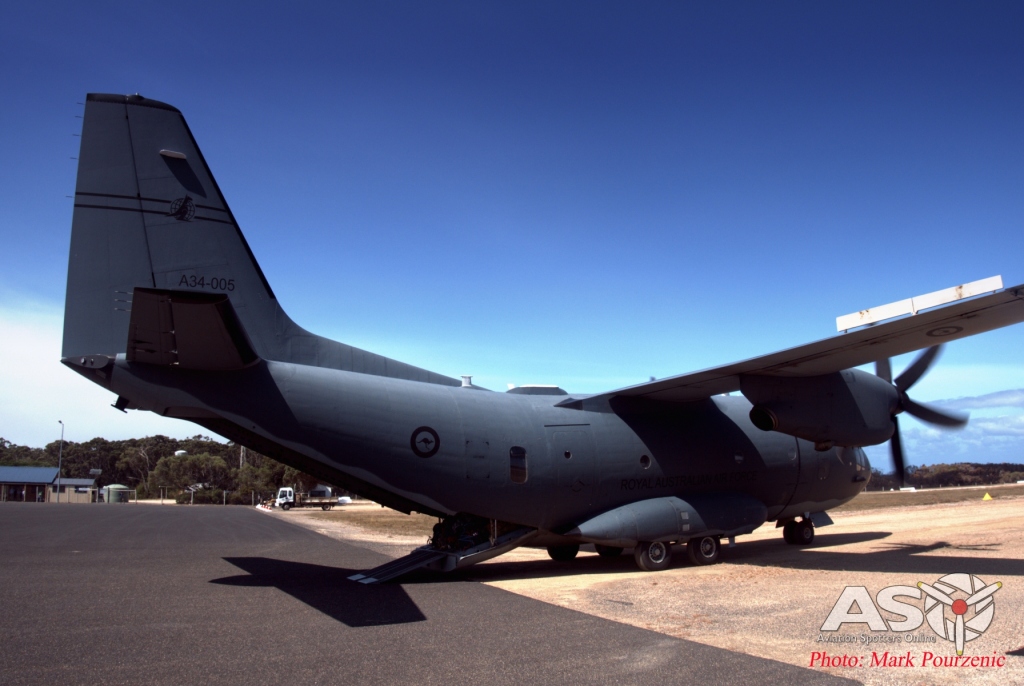
An RAAF C-27J is seen in Mallacoota, unloading fuel for the town.
- Logistics Support Detachments were deployed to provide support in Glen Innes, Wilberforce, Tamworth, Tumut and Moruya. Food and water was delivered to Rural Fire Service personnel in areas around Tumut. Logistics advice was provided to the Snowy Mountain Council food distribution point.
- From January 9-11, interagency teams conducted route clearance tasks north of Bairnsdale, hay bales and fodder were moved to key locations in regional Victoria, engineer support was provided to Benalla and Ovens, and engineers undertook route clearance tasks along the Victorian coast.
- On January 0, C-27J Spartan operations in support of Mallacoota continued with seven sorties from East Sale with cargo delivered and evacuees flown out.
- On January 9, Army engineers completed a route clearance in Bulga.
- From January 9, an engineering reconnaissance team operated out of the Incident Control Centre at Moruya after linking with the Rural Fire Service in Mogo.
- A Primary Health Team relocated to Eden from Batemans Bay on January 9.
- New Zealand Army Engineers arrived on Kangaroo Island on January 9 to begin support operations.
- From January 9, ADF teams on Kangaroo Island were ready to support the evacuation of Vivonne Bay if required. Army engineers assisted in the clearance of roads in this area.
- From January 10, Military Police conducted security in Batemans Bay in support of the distribution centre at Mackay Park.
- On January 10, air movement of stores and personnel continued to critical locations in Cabbage Tree, Bairnsdale and Chandlers Creek.
- A C-17 aircraft conducted a resupply flight from RAAF Base Edinburgh to Kangaroo Island on January 10.
- From 10-11 January, Army personnel provided water and assisted in fire preparations at the Parndana Wildlife Reserve.
- On January 10, a Primary Health Care team was established at the ferry terminal in Penneshaw to treat potential evacuees.
- A Primary Health Care Team staged at Snowy Hydro Plant Centre on January 12.
- A Singaporean CH-47 Chinook helicopter conducted a passenger transfer to Melbourne on January 13.
- Passengers, diesel fuel and fire supporting equipment were transported to Mallacoota by a C-27J Spartan aircraft on January 12.
- Passengers and machinery were flown to RAAF Base East Sale on a C-17A aircraft on January 12.
- From January 12-13, an Army reconnaissance team using Protected Mobility Vehicles undertook route clearance and assessment between Orbost and Mallacoota.
- Engineers established their Task Group Headquarters on January 12 at Tumut to support the State Emergency Operations Centre.
- An engineer task group was also formed on January 12 to support operations around Bega.
- A transport section was established at Narooma on January 12 to improve logistics flows.
- On January 12, a Navy clearance dive team and Army engineers assisted in the recovery of the downed civilian helicopter from the Ben Boyd Reservoir near Eden. The dive team played a key role in resurfacing the aircraft, allowing an ongoing investigation by the civil aviation authorities.
- On January 12, Army delivered catering assets in support of the Country Fire Service on Kangaroo Island.
- On January 12, a RAAF C-17A transport aircraft flew passengers and cargo to Kangaroo Island.
- On January 13, HMAS Choules delivered diesel to Mallacoota.
- On January 13, two C-130J Hercules transported 100 PNG Defence Force members to Victoria, in preparation for their three-month deployment.
- On January 13, two Australian Army CH-47 Chinook helicopters relocated from RAAF Base East Sale to RAAF Base Edinburgh to provide support to Kangaroo Island.
- On January 16, two Japan Self Defense Force C-130H Hercules aircraft and about 70 personnel arrived at RAAF Base Richmond.
- On January 16, teams conducted a fuel resupply to the Rural Fire Service, State Emergency Service and Canadian firefighters in Glen Innes, Quirindi and Tamworth.
- On January 16, HMAS Adelaide disembarked engineer elements to support route clearance tasks for the JTF near Eden. HMAS Adelaide’s MH-60R helicopter conducted reconnaissance of potentially isolated communities around the Clyde River Valley.
- On January 16, two EC135 helicopters conducted fire mapping to support the Rural Fire Service near the ACT.
- On January 16, route clearance of the Monaro Highway south of Bombala was completed.
- On January 16, two Royal New Zealand Navy NH-90 helicopters transported Australian Army personnel and equipment to Defence Establishment Fairbairn to support the RFS Stockyard Spur firebreak clearing.
- On January 16, JTF 1110 elements conducted a fuel resupply to RFS and Canadian firefighters, stores removal and community clean up, logistics tasks for SES Headquarters and other logistics support as required. Locations for this support includes Glen Innes, Quirindi and Tamworth.
- On January 16, route clearance was conducted near the Playford Highway.
- On January 16, ADF teams provided observation support to South Australian Police near the Bark Hut Road sector in relation to a suspected arsonist.
- On January 17, ADF personnel assisted Victoria Police with the door knock evacuation of Nug Nug due to an uncontrolled fire.
- On January 17, route clearance was completed in the following areas: around the Eden Woodchip Mill near Edrom Road, Kiah, Bega Valley, Shoalhaven and Palerang local government area (Nowra to Braidwood).
- On January 17, five drivers were provided to the Rural Fire Service to help with logistic efforts.
- On January 17, teams supplied 40000 litres of water to a rural property at Belowra.
- On January 17, 41,000kg of fodder was delivered to Jingellic.
- Route clearance and assistance to farmers near Nerrigundah, Moruya, Bodalla and Nowra is complete.
- On January 26, a Royal Australian Air Force kitchen was established in Orbost.
- On January 26, ADF personnel helped to install contracted demountable shower and laundry facilities on Kangaroo Island.
- On January 27, a CH-47 Chinook helicopter delivered a generator to Combienbar while a second CH 47 Chinook was involved in fodder distribution.
- On January 27, the 5th Combat Services Support Battalion provided tents to NSW Rural Fire Services personnel in Narooma.
- On January 27, the reconstruction of a damaged enclosure roof at Mogo Zoo on the NSW south coast was completed.

An Australian Army CH-47 Chinook Helicopter (rear) and a Royal Australian Navy MH-60R Seahawk ‘Romeo’ Helicopter on the flight deck of HMAS Adelaide during Operation Bushfire Assist 2020. (ADF image)
International Defence Force commitments
The bushfire crisis also made headlines across the world. To that point many neighbours from Asia mobilised equipment to assist where they could. This included two Republic of Singapore Air Force CH-47 Chinooks, Royal New Zealand Air Force NH-90s. The three Royal New Zealand Air Force NH-90 helicopters arrived via RAAF No. 36 Squadron C-17A Globemaster. The Royal Canadian Air Force also helped with a C-17A Globemaster.
ADF efforts are supported by more than 320 international military personnel. This includes:
- 99 Papua New Guinea Defence Force members – largely engineers – working with JTF 646
- 54 Republic of Fiji Military Force engineers working alongside ADF personnel in East Gippsland.
- 46 New Zealand Defence Force members.
- 40 Republic of Singapore Air Force members.
- 71 Japan Air Self-Defense Force members.
- 10 United States Air Force members forming two cargo load teams operating from RAAF Bases Richmond and East Sale.

RNZAF MH-90 at RAN Nowra. (Mark Jessop Photography)
The Japan Air Self-Defense Force (JASDF) sent down two C-130H Hercules aircraft. Australia accepted an offer from Japan to support its bushfire response, by providing two C-130 Hercules transport aircraft, the Australian Department of Defence announced. Aircraft with serials 75-1077 and 85-1079 arrived to help where they were needed.
Aircraft roles included transport of military and civilian personnel involved with firefighting, as well as equipment required for recovery efforts. The aircraft were based at RAAF Base Richmond in New South Wales, during these missions.
The JASDF Hercules were kept busy during OP Bushfire Assist. Moving passengers and equipment where they were needed.
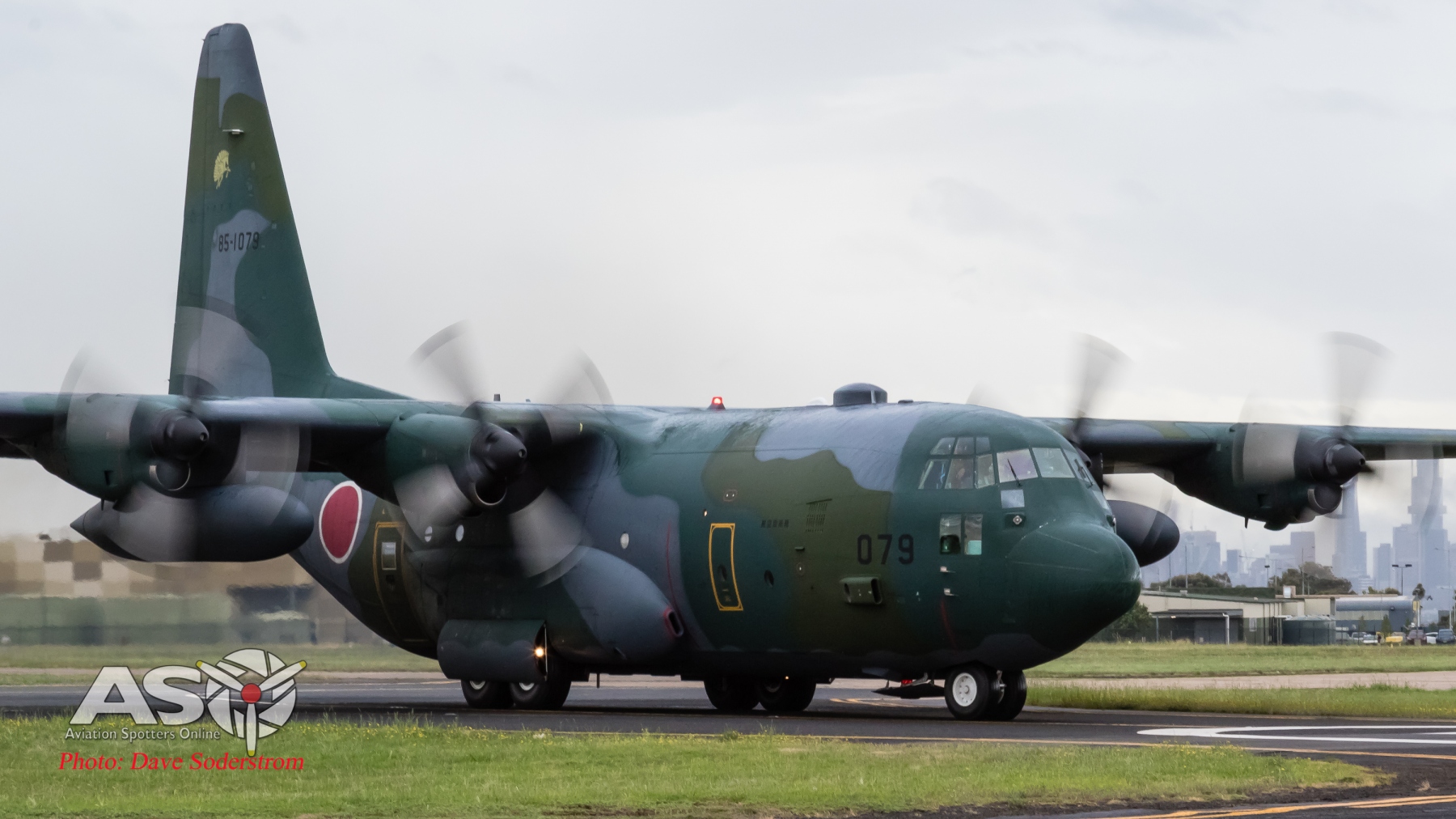
Seen arriving at Essendon Fields Airport in Victoria, 85-1079 a C-130H, drops off CFA volunteers.

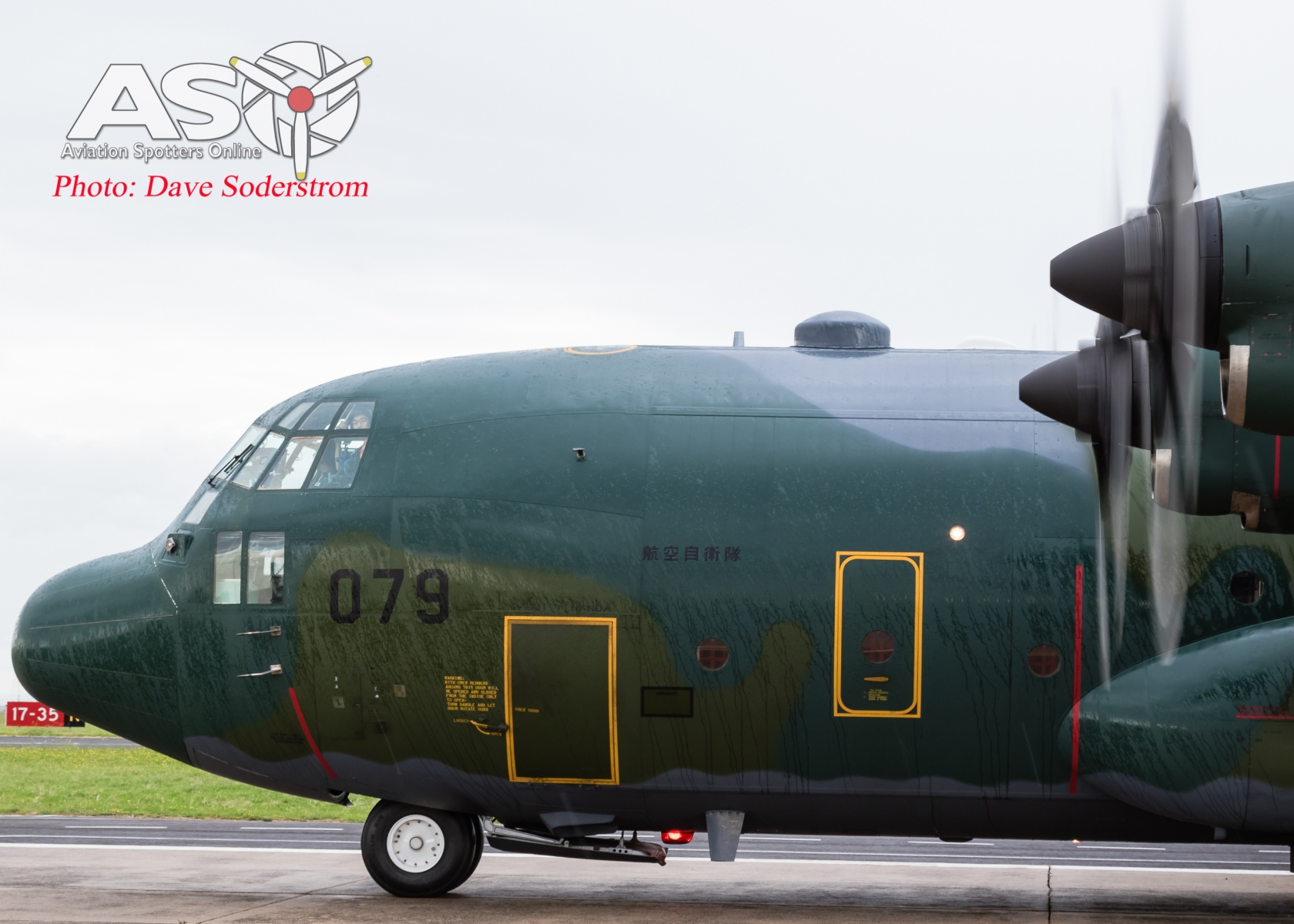
85-1079 (cn 382-5136), has been with the 401 Hikotai since its delivery.
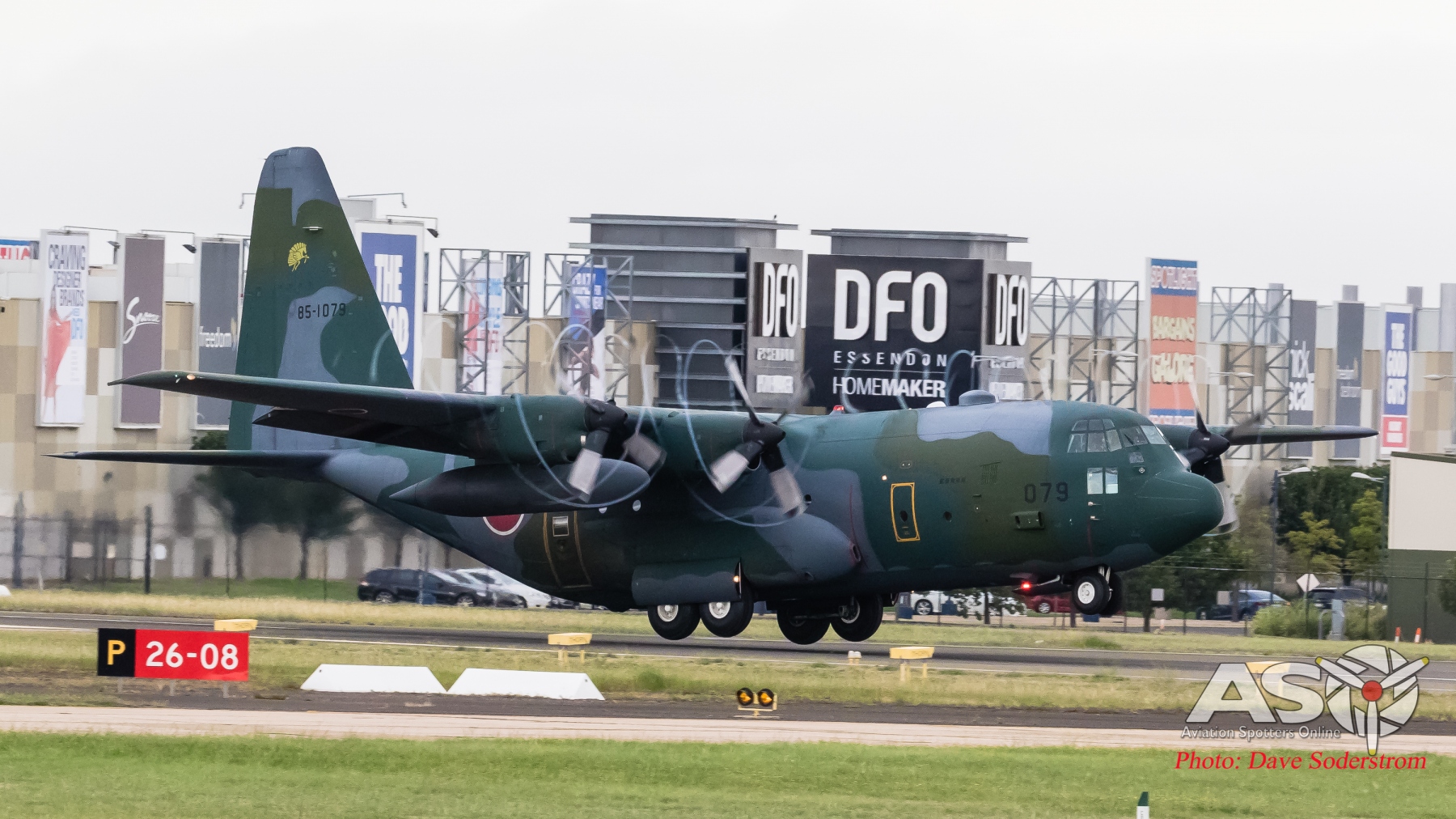
The humid conditions, produced some fantastic prop vortices.

Some of the appreciative CFA members who boarded the JASDF Hercules. (Adam)
The Republic of Singapore Air Force was another contributor to the bush fire effort. With the country contributing two of its CH-47 Chinooks Helicopters for operations.

File Photo of a RSAF CH-47.
ASO’s Mark Pourzenic, was a guest of the RAAF during Bushfire Assist and took these videos to cover the work being done.
Another nation which also mobilised to help was the Royal Canadian Air Force. On the 16th January crew from the Royal Canadian Air Force, U.S. Air Force, and Royal Australian Air Force loaded dry fire retardant mix onboard a RCAF CC-177. The aircraft carried fire retardant from the US to Australia to support firefighting operations. The RCAF further assisted in the redeployment of the New Zealand Defence Force contingent on February 4.

File photo of a Royal Canadian Air Force CC-177.
Lows for season 19/20
With the exceptionally high tempo of aerial fire fighting operations this season, there is always the likelihood that there would be some accidents. However no one could be prepared for what was too unfold. Three Helitaks, all went down in three separate incidents thankfully without any loss of life. As January drew to a close the reports came in of a LAT going down in Southern NSW. It was soon confirmed that one of Coulsons C-130Qs, Bomber 134 had gone down in the Snowy Monaro area. Sadly with the loss of its crew, which was Capt. Ian H. McBeth, 44, of Great Falls, Mont, First Officer Paul Clyde Hudson, 42, of Buckeye, Ariz, and Flight Engineer Rick A. DeMorgan, Jr. 43, of Navarre, Fla.
A McDermott Aviation Bell 214 P2-MLJ, Helitak 404 was battling the bushfires in Queensland’s Darling Downs, west of Brisbane. The helicopter went down off Grapetree Rd while carrying out water-bombing operations at the Pechey fire. The machine is a mess, but thankfully the pilot was okay.

McDermott Aviation Bell 214 P2-MLJ, lays on its side. (Image ABC Australia)
A UH-1 Huey VH-OXI, made a hard landing while fighting a blaze at Jarrah Road, Girvan, on the Mid North Coast. This machine was one of the Touchdown Helicopters fleet. The hard landing caused the loss of both the main rotor and gear box. The pilot had detected a tail rotor issue, disconnected the water bucket and commenced a precautionary landing. The pilot was uninjured.
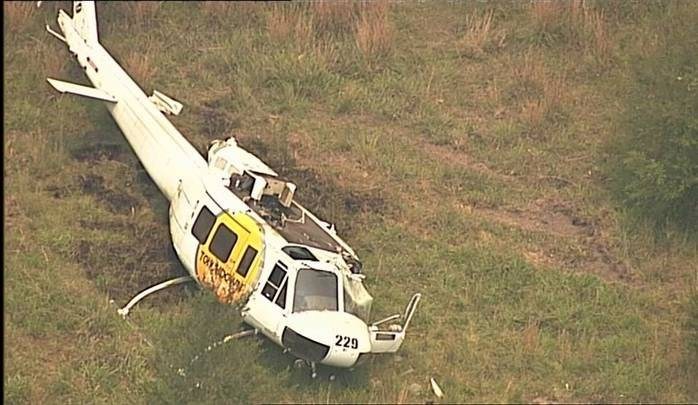
Touchdown Helicopters UH-1H VH-OXI after its hard landing. (Image CH7 News)
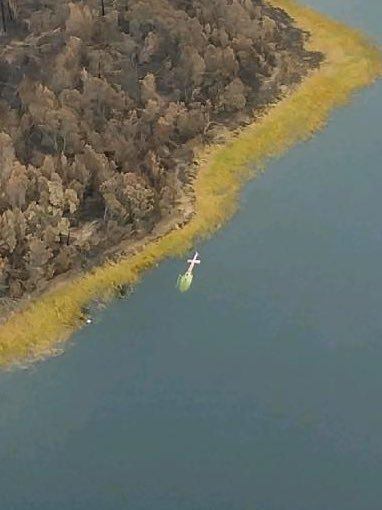
Lucy lies up side down in the damn (Image from Westpac Rescue Helicopter)

An Australian Army Heavy Recovery Vehicle is used to successfully recover ‘Lucy’ after it had ditched into the Ben Boyd Reservoir, near Eden in NSW. (Image from Australian Army)
The 23rd of January 2020 was the worst day in Australian aerial fire fighting thus far. Coulson Aviation’s Lockheed EC-130Q Hercules N134CG ‘Zeus’, departed RAAF Richmond at 12:05pm to help out on the a fire in the Snowy Monaro area. The aircraft impacted an area resulting the loss of the three flight crew in the Peak View area, which lies 130km to the south of Canberra. Bomber 134 was on contract to the NSW RFS at the time, and had flown extensively throughout the season. This loss of both crew and aircraft was a huge loss to not only the Australian, but worldwide aviation fire fighting community and one which will be felt for a long time to come.
RFS Commissioner Shane Fitzsimmons said at the time, “the crew members were tragically killed”. “The aircraft impacted heavily with the ground and initial reports are that there was a large fireball associated with the impact of the plane as it hit the ground”. Coulson Aviation grounded their Large Air Tankers fleet as a precaution and as “a mark of respect”.
A Memorial Service was held at RAAF Base Richmond to honour the fallen men on the 30th of January. The families of the fallen men were in attendance along with representatives from local fire agencies, aerial firefighting companies, joined by the Deputy Prime Minister Michael McCormack, NSW Premier Gladys Berejiklian, Minister David Elliot, NSW RFS Commissioner Shane Fitzsimmons, FRNSW Commissioner Paul Baxter and CEO of AFAC Stuart Ellis to honour the fire aviators.
McBeth was a military pilot who also served with the Wyoming Air National Guard and was a current member of the Montana Air National Guard while working for Coulson. He is survived by his wife and three children.
Hudson was a decorated Marine with 20 years of service who also flew C-130s for the Marine Corps. He retired as a lieutenant colonel before joining Coulson. He is survived by his wife.
DeMorgan was an Air Force pilot who served as a flight engineer on C-130s for 18 years. He had more than 4,000 hours of flight time and nearly 2,000 of those in combat. He is survived by his two sons.
To the families of Captain Ian McBeth, First Officer Paul Hudson and Flight Engineer Rick DeMorgan’s your loved ones will never be forgotten, here in in Australia. The crew paid the ultimate sacrifice, rest in peace gentleman as your shift is now over.
This seasons fixed wing and rotary fleet
This season there is one hundred and forty three, contracted aircraft and helicopters. The fleet is provided by over 200 operators, contracted by NAFC on behalf of Australia’s State and Territory governments. And are supplemented by additional state owned, and state contracted aircraft and other aircraft hired to meet peak demand across Australia.
In total more than 500 aircraft are available for firefighting across Australia. Of course these numbers were added to as the fires grew through out Australia. With the additional LATS hired by the Australian Government, and further machines brought in by local operators.

Bombers 391 and 390 rest at Firebase Avalon.
The fleet was dispersed around Australia, this of course grew as the extra machines were added through out the year. The numbers of air assets and locations are listed below:
New South Wales
Camden 5
Nowra 4
Bankstown 4
Dubbo 3
Richmond 3
Moree 2
Scone 2
Cowra 2
Grafton 2
Armadale 1
Mogo 1
Salamander Bay 1
Cessnock 1
Tumut 1
Wagga Wagga 1
Griffith 1
Kempsey 1
Queensland
Toowoomba 6
Bundaberg 2
South Australia
Claremont 13
Port Lincoln 4
Hoyleton 4
Mt Gambier 3
Naracoorte 1
Tasmania
Launceston 2 Hobart
Cambridge 5
Victoria
Moorabbin 5
Stawell 5
Mansfield 3
Avalon Airport 3
Ovens 3
Bairnsdale 3
Latrobe Valley 3
Ballarat 3
Hamilton 3
Bendigo 2
Benambra 2
Casterton 2
Colac 2
Essendon 2
Albury 2
Mangalore 1
Benalla 1
Olinda 1
Donald 1
Heyfield 1
Shepparton 1
North West 1
Healesville 1
Western Australia
Jandakot Airport 7
Albany 2
Busselton 2
Serpentine 1
Northern Territory
Batchelor 3
Fixed Wing Fleet

Working side by side, C-130 and DC-10 (Mark Jessop Photography)
The fixed wing fleet this year of contracted aircraft totals some sixty eight aircraft. This doesn’t include off contract and government owned aircraft. The variety of types includes:
Cessna 182 Skylane, Cessna 337 Skymaster, Cessna 208B Grand Caravan, Piper PA46 Meridian, Rockwell Aero Commander AC500, Rockwell Turbo Commander 690B, Beechcraft KingAir 200, Gates Learjet 35A/36A, PZL M18T (Hubler) Dromader, Air Tractor AT-802F, Air Tractor AT-802F (Fireboss), Avro RJ85, Coulson C130Q, Boeing 737 Fireliner, Douglas DC-10 & MD-87.
All aircraft are placed into four different Type ratings this includes:
| Type | Engines | Water carrying capacity |
| 1 | Multi engine | Greater than 11,356 litres |
| 2 | Multi engine | Between 11,356 and 6,813 litres inclusive |
| 3 | Multi engine | Less than 6,813 litres |
| 4 | Single engine | Greater than 2,270 litres |
| 5 | Single engine | Less than or equal to 2,270 litres |
A closer and more in-depth look at the fleet is and their roles and type specifics are as follows.
Air Tractor AT-802
The State Governments of Australia have contracted, through NAFC, forty two AT802F aircraft were available for the 2019-20 fire season. These aircraft are equipped with a variety engines and equipment by their operators. With operators like Field Air, Kennedy Air, Aerotech, Quirindi Air, Pay’s & R & M Aviation, Precision Aerial, AGAIR, Aircair, SkyCroppers, Fred Fahey Aerial Services, Dunn Aviation just some who have a real faith in the type.
This season the aircraft were kept extremely busy, not only just in fire operations but being maintained by the mass of engineers and ground crews in the night to keep them serviceable for the pilots come day break.

VH-FZX one of Field Air’s AT-802 Fleet sits at the companies Ballarat base prior to the fire season commencing.
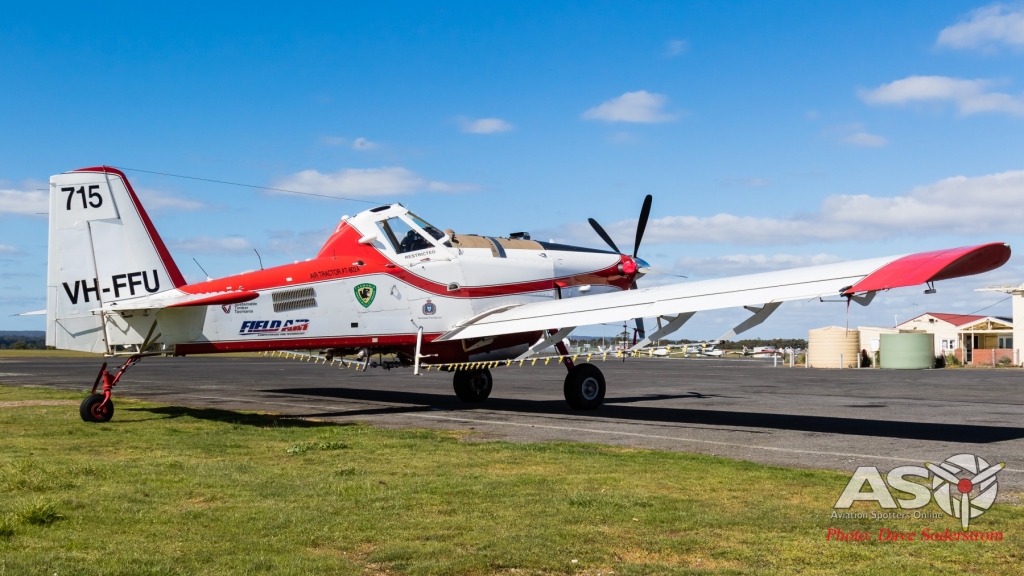
VH-FFU is seen in its Tasmanian Fire Service scheme.
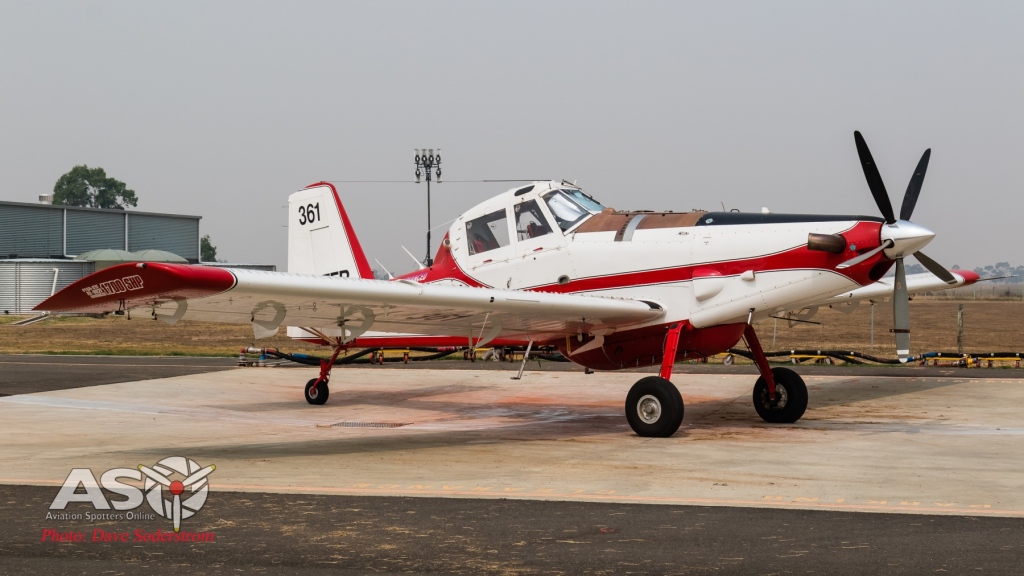
Bomber 361 sits at Firebase Bairnsdale.

VH-FZX again sits awaiting clearer skies to return to work near Bairnsdale.

Aerotec’s VH-ODH flies as Bomber 582. It is seen here still configured for aerial spraying prior to switching to its fire role.
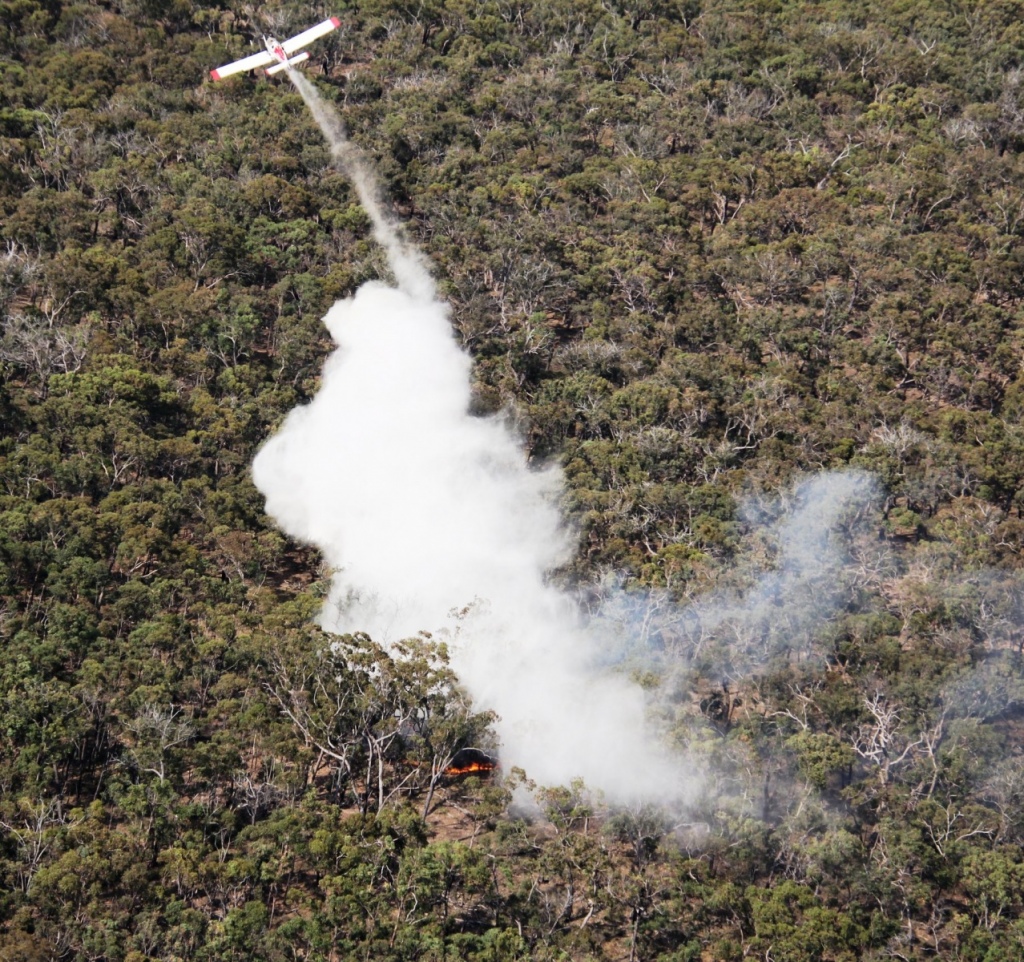
(Images from Wayne Rigg)

Pay’s AT-802 VH-LIS flying as Bomber 227, seen departing for another mission. (Jayden Laing photo)
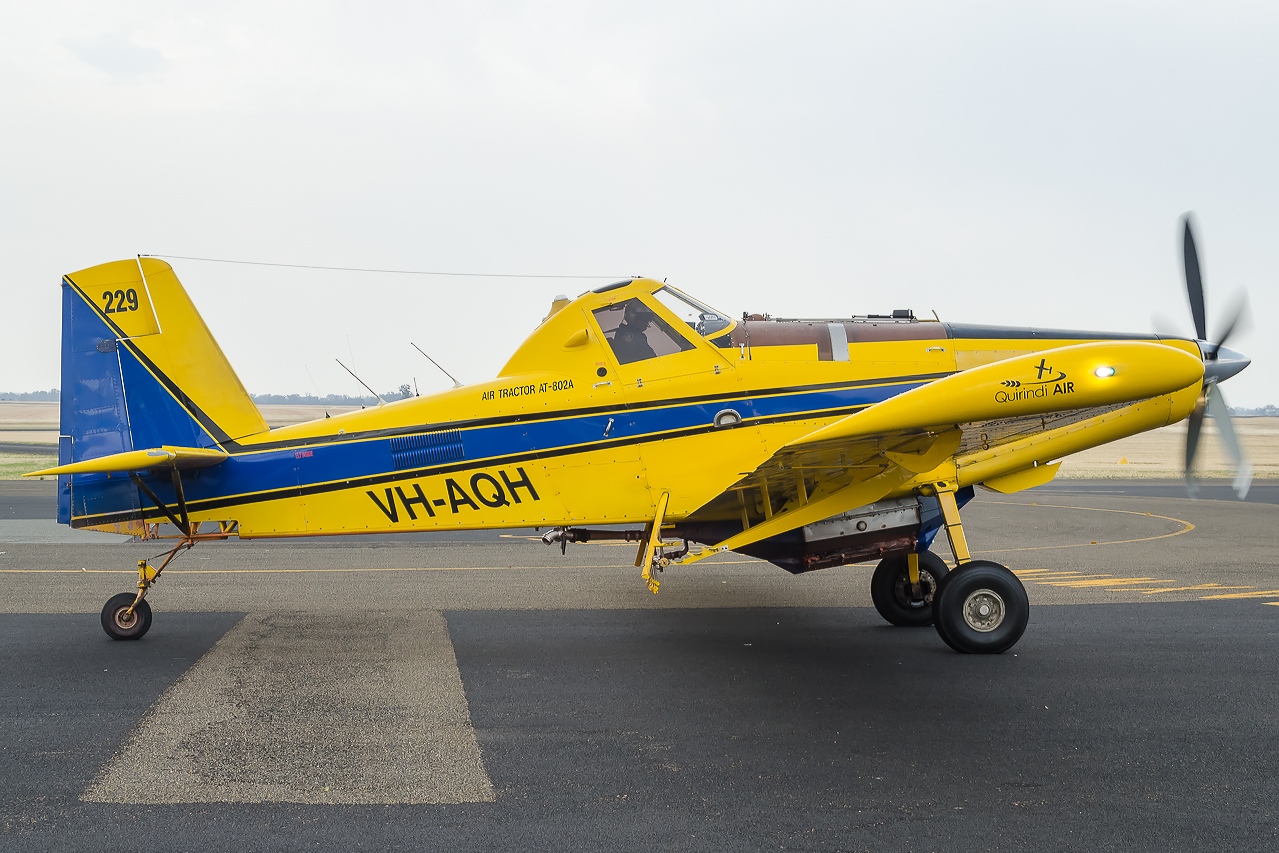
VH-AQH, operated by Quirindi Air is a AT-802 flying as Bomber 229. (Jayden Laing photo)
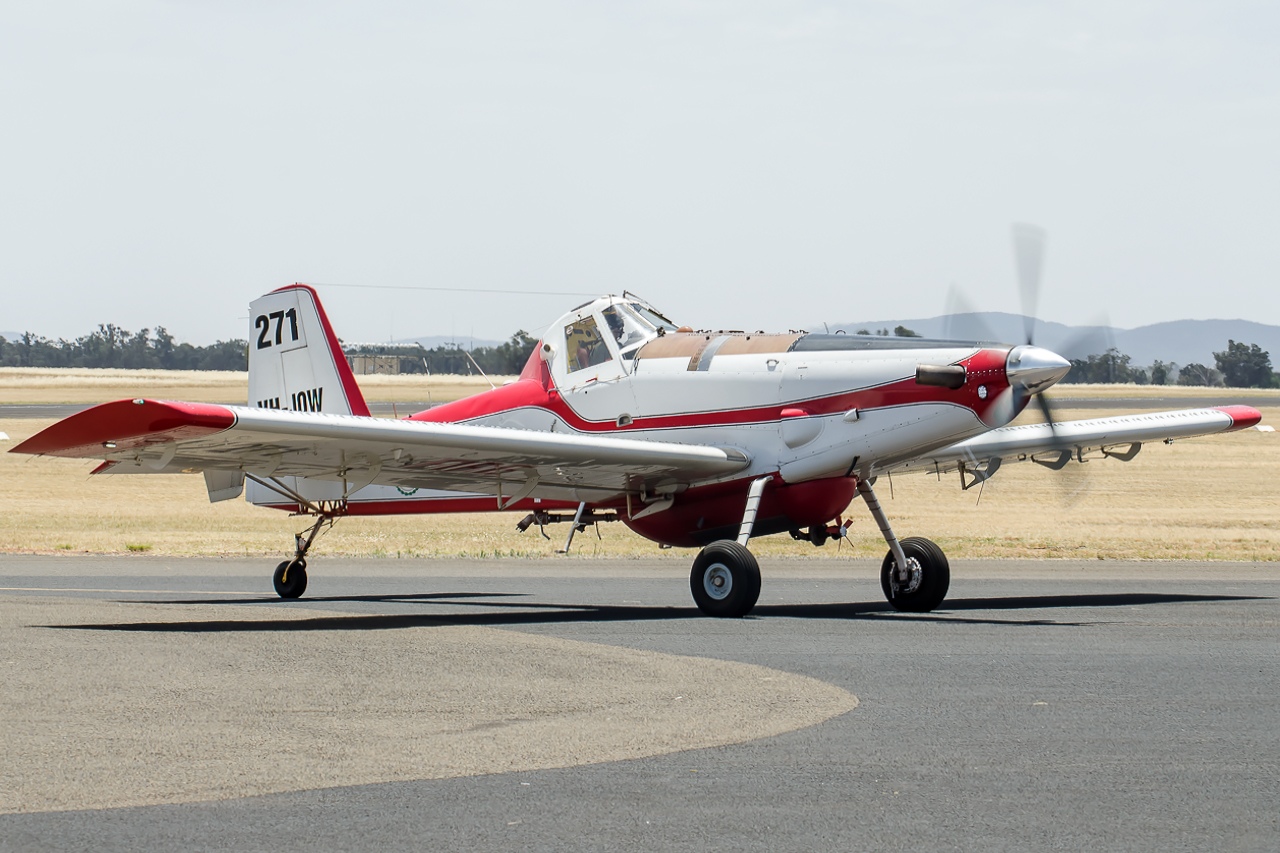
VH-JQW operated by Field Air, is an AT-802 flying as Bomber 271, seen departing for another mission. (Jayden Laing photo)
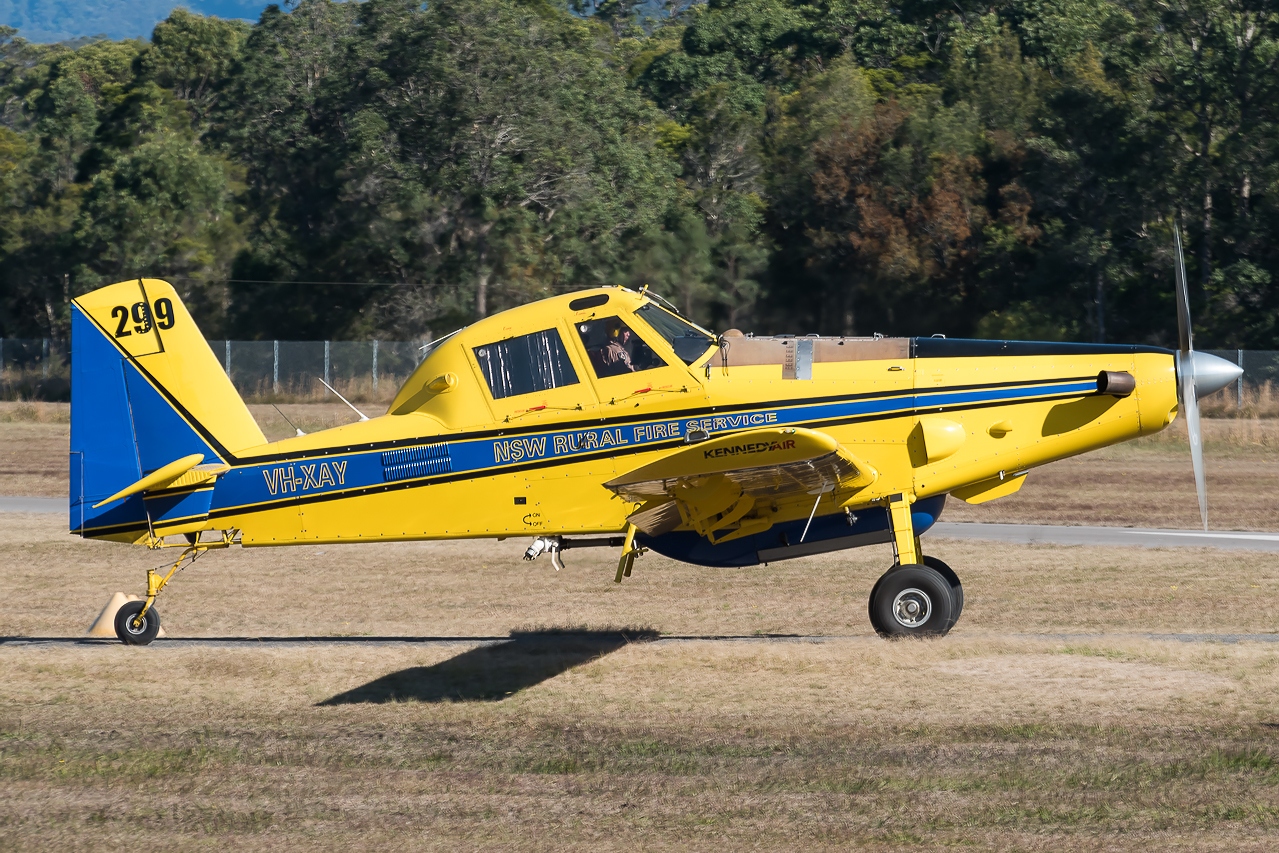
VH-XAY a AT-802 flying as Bomber 299 is operated by Kennedy Air, seen departing for another mission. (Jayden Laing photo)
Airtractor AT-802 Fireboss
As mentioned above the number of Firebosses increased this season. The arrival of another machine for Scone based Pay’s saw their fleet number of this version of the Airtractor to four. The type is well suited to operations where lakes are suitable for floatplanes. Capable of delivering more than 50,000 litres per hour to the fire ground when operating near a water source.
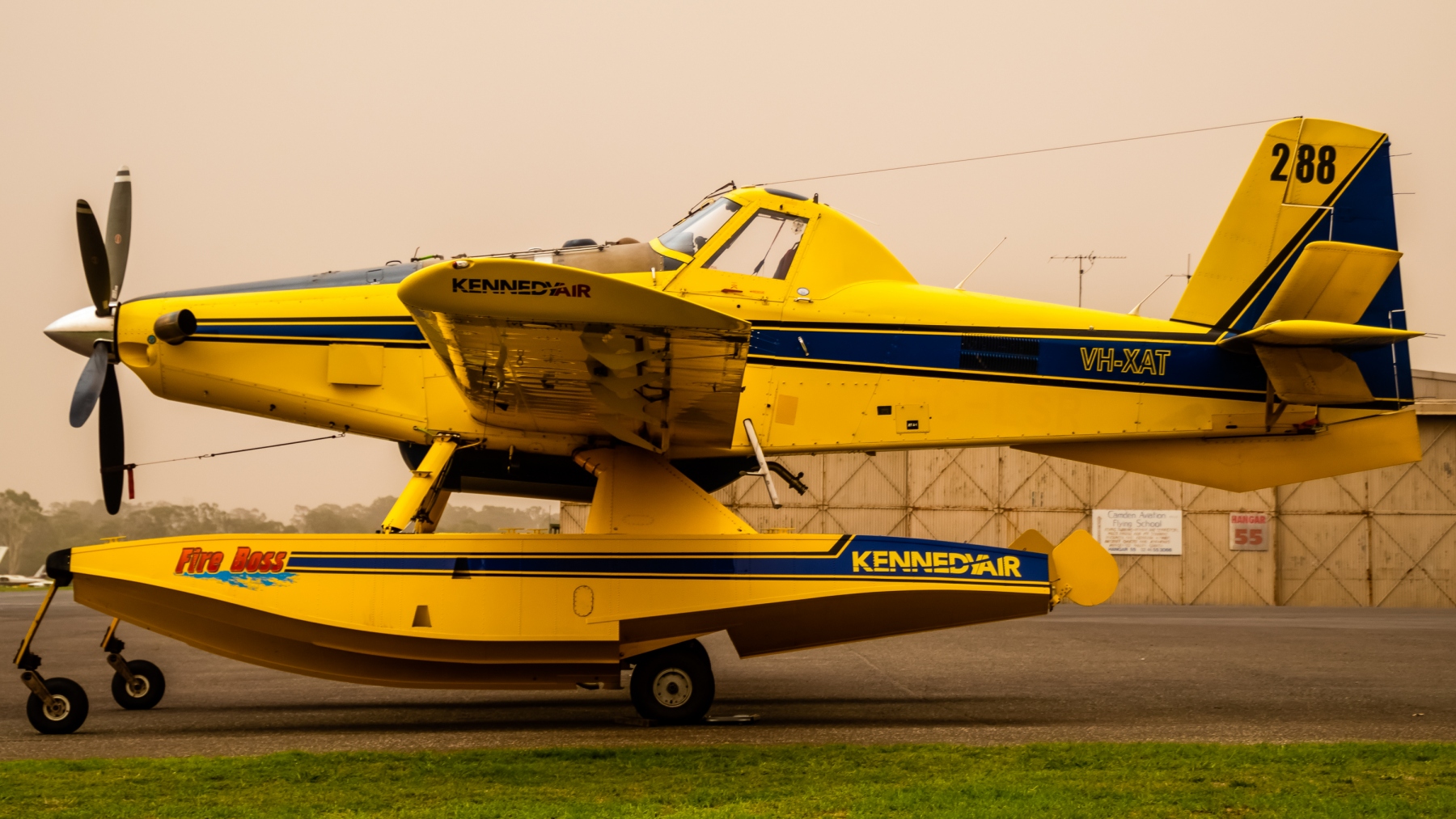
KennedyAir Fireboss’s have operated out Toowoomba, Mudgee, Moruya, Merimbula and Wagga Wagga to name but a few places Seen here is Bomber 288 or VH-XAT. (Glen Greathead Image)

R & M Aviation based in Port Macquarie NSW, operate this Fireboss version of the Air Tractor. VH-AWU or Bomber 718. (Jayden Laing photo)

Two of Pay’s Firebosses await their next mission. (Glen Greathead photo)
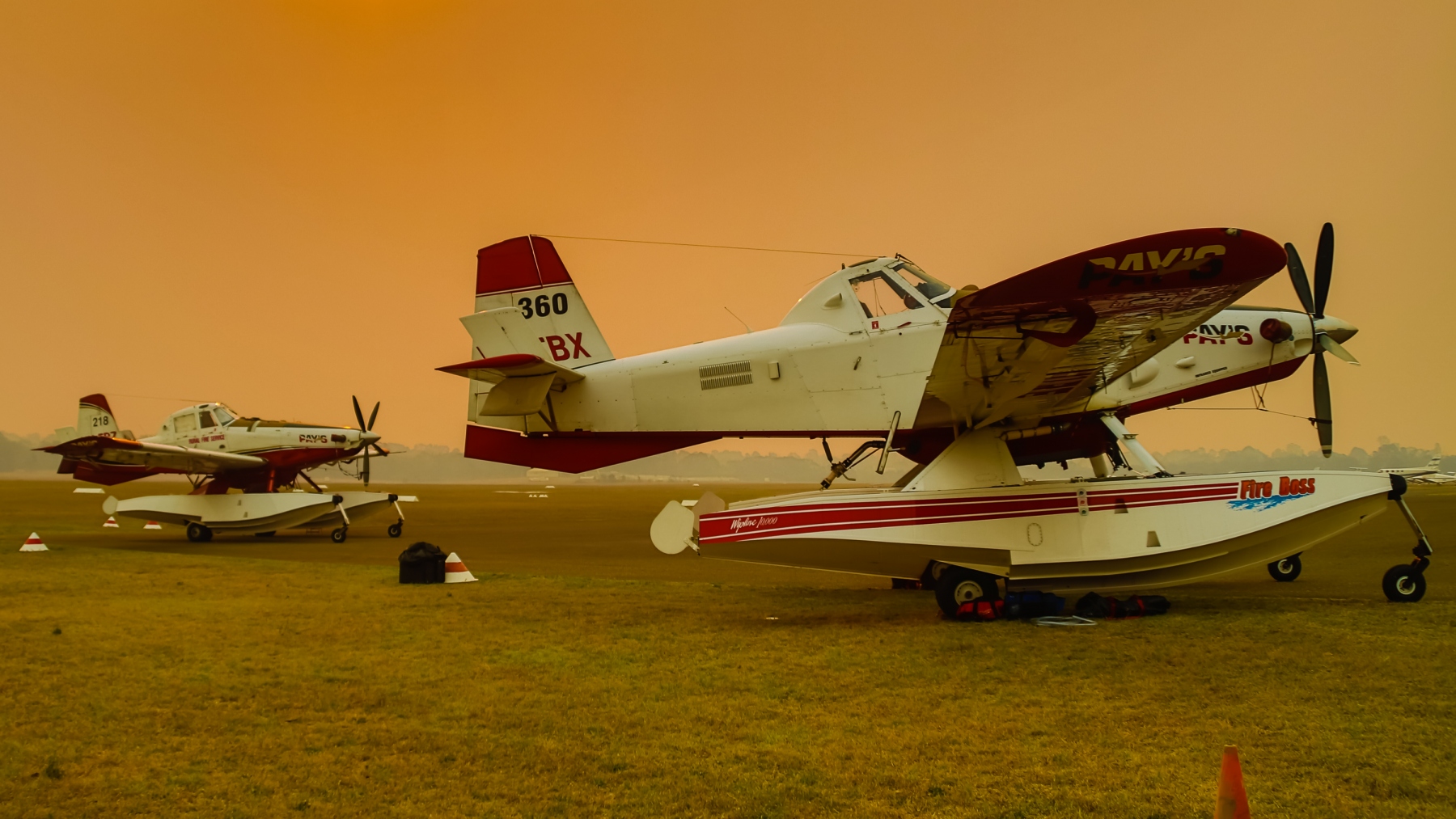
Two of Pay’s Firebosses await their next mission. (Glen Greathead photo)
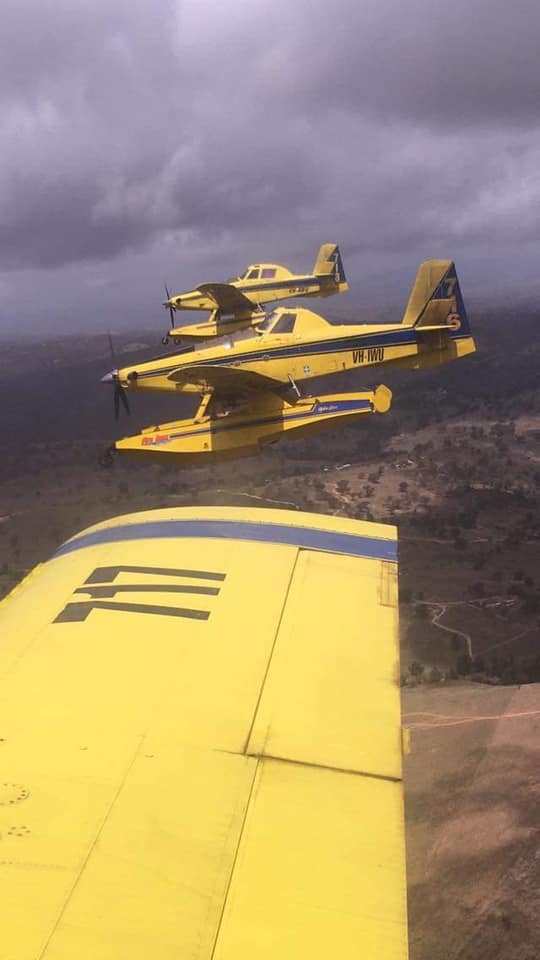
R & M Aviation based in Port Macquarie NSW, operated the Fireboss also. This photo shows three of their aircraft retuning home after the long season fire fighting. VH-AWU (B718), VH-NWU (B717) and VH-IWU (B716). These aircraft are equiped to mix GEL onboard, instead of foam. The system was designed by R&M Aircraft Pty Ltd and over the last 2 fireseasons considerably refined. (R&M Aviation photo)
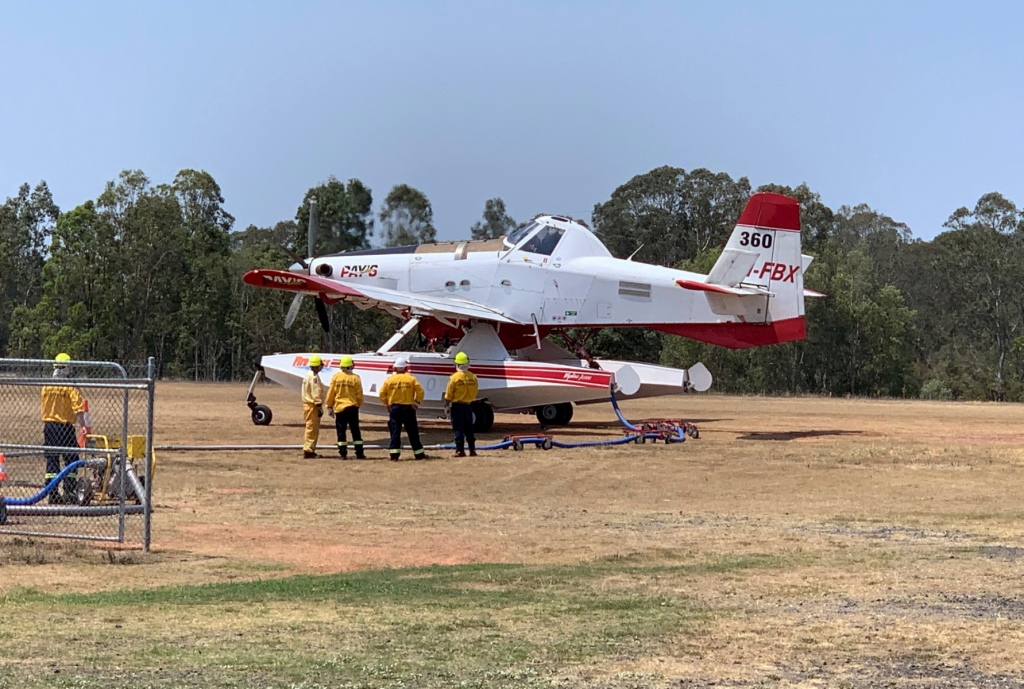
Pay’s Bomber 360 VH-FBX is reloaded for another mission. (ADF Image)
Lockheed C-130 Hercules
Coulson again brought two of their Lockheed C-130 Hercules to Australia this season. Victoria contracted N130FF, Bomber 390. The NSW Rural Fire Service contracted N130CG or Bomber 134. This aircraft had been repainted in the companies new corporate colours. As mentioned above Bomber 390 was based at Avalon with Bomber 134 based at RAAF Richmond.
The company continues to expand its Hercules operations, with the announcement in November 2019 to purchase more. Five C-130H aircraft formally operated by the Norwegian Air Force were purchased from the Norwegian Defense Materiel Agency (NDMA). Coulson will convert them into air tankers based on the companies proves modifications on Bomber 390 and 134. The five Hercules have been stored at the USAF Davis-Monthan Air Force Base in Tucson, Arizona.
Another positive outcome for the company was when it received a contract from the U.S. Air Force to install retardant delivery systems on the seven HC-130H aircraft that will be operated by the California Department of Forestry and Fire Protection (CAL FIRE). Coulson teamed with Lockheed Martin who will install the tanks at Lockheed’s facility in Greenville, SC.
The expansions and with a reputation of operating professional equipment and professional personal, it was a mighty blow to company to lose its three staff in the loss of Bomber 134. How the accident occurred resulting in the loss of the crew and the aircrafts demise is under investigation. n
In April Coulson was also awarded another contract by the NSW RFS. NSW RFS has awarded the operation and maintenance of their recently acquired Bell 412 fleet, as part of an existing 10-year contract with Coulson. Coulson has moved its Australian headquarters from Melbourne to Bankstown. The move means Coulson will leave theirSikorsky S-61 fleet in Australia year-round to support operational needs as they arise.

N130FF again took up the Bomber 390 callsign for the season, as seen here at Firebase Avalon in Victoria.

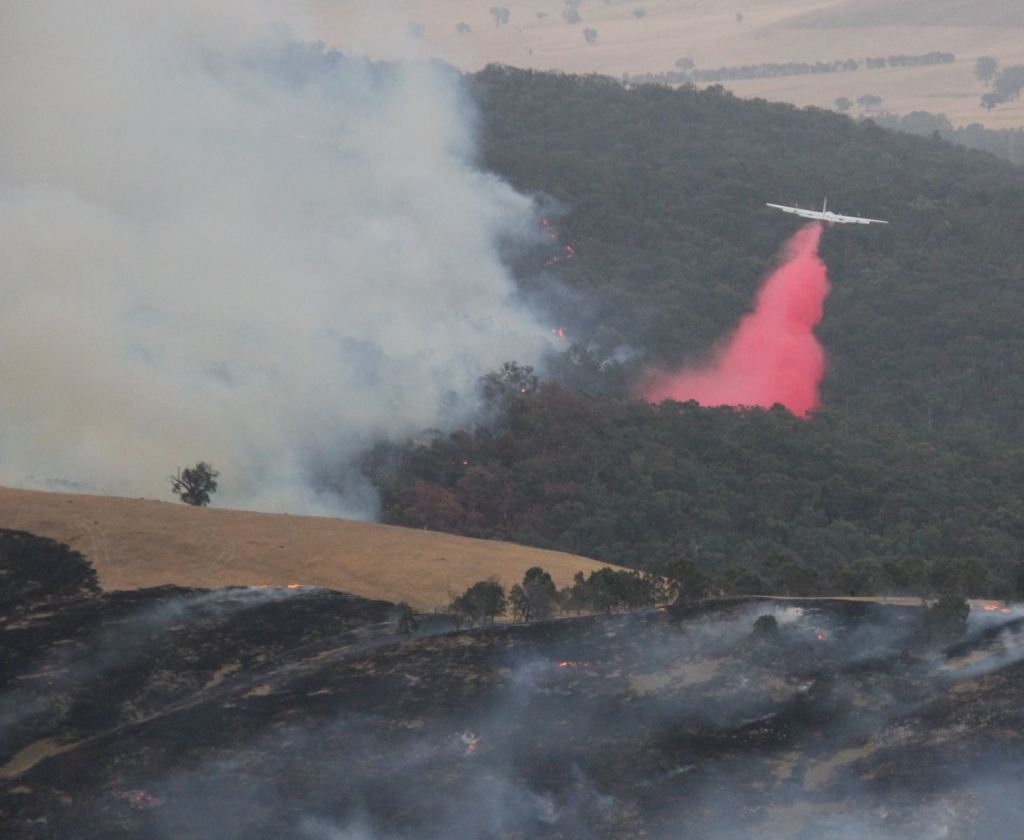
Wayne Rigg, took this image for the Coulson C-130 Bomber 390 working the Lexton and Mt Mercer fires on the 21st December in Victoria. (Images from Wayne Rigg)
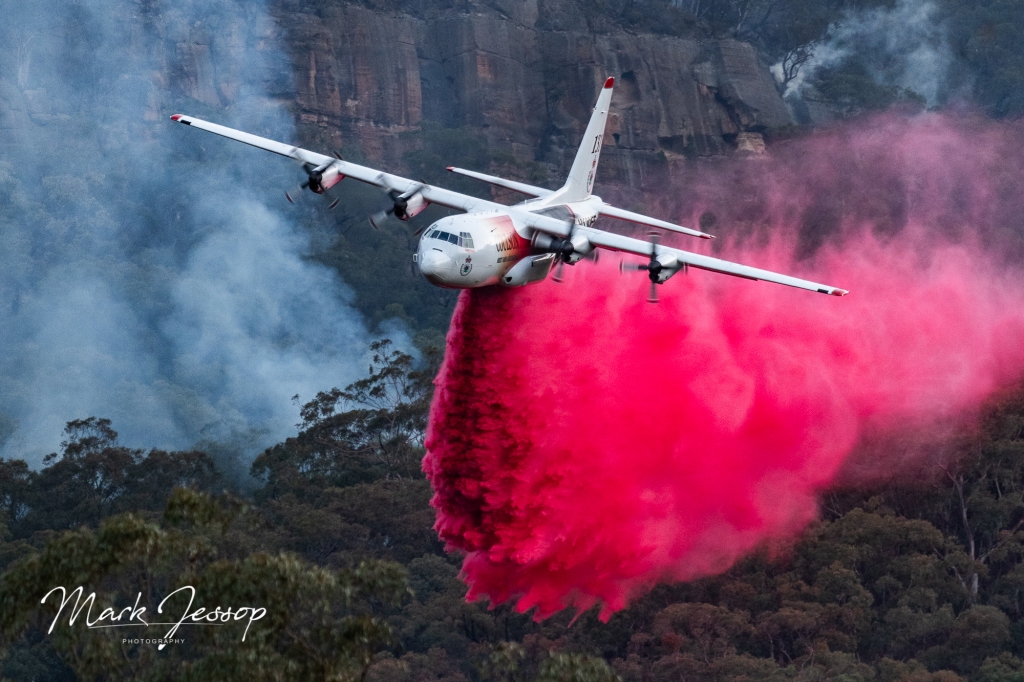
N130FF took up the Bomber 131 callsign in NSW before it moved to Victoria. (Mark Jessop Photography)
McDonnell Douglas MD-87
The MD-87 is fitted with tanks which give it a 11356 litres capacity. The airframe has been designed so that the aircraft can still operate pressurised to its base of deployment. This enables faster transition speeds, coupled with the ability to fill the aircraft in a time of under 7 minutes. This makes the jet very capable and suitable for fire fighting operations. Currently Erickson Aero Tankers has five MD-87 tankers.
In addition two more MD-87’s are ready to convert, should the need arise. N293EA McDonnell Douglas MD-87 T-102, was originally built for Spanish Airline, Iberia and was delivered new in 1991 and joined Erickson in 2012. N292EA T-103 was also delivered new to Iberia, with it too joining Erickson in 2012. Both aircraft saw use across multiple fires in their first season deployed to Australia.
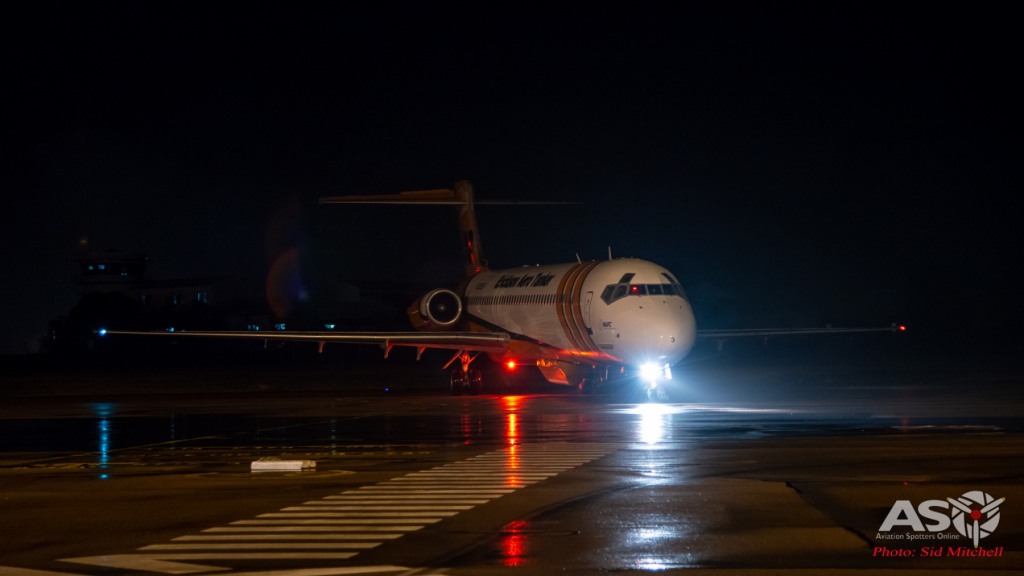
Arriving in Darwin on a soggy evening the first Erickson MD-87 to operate in Australia.
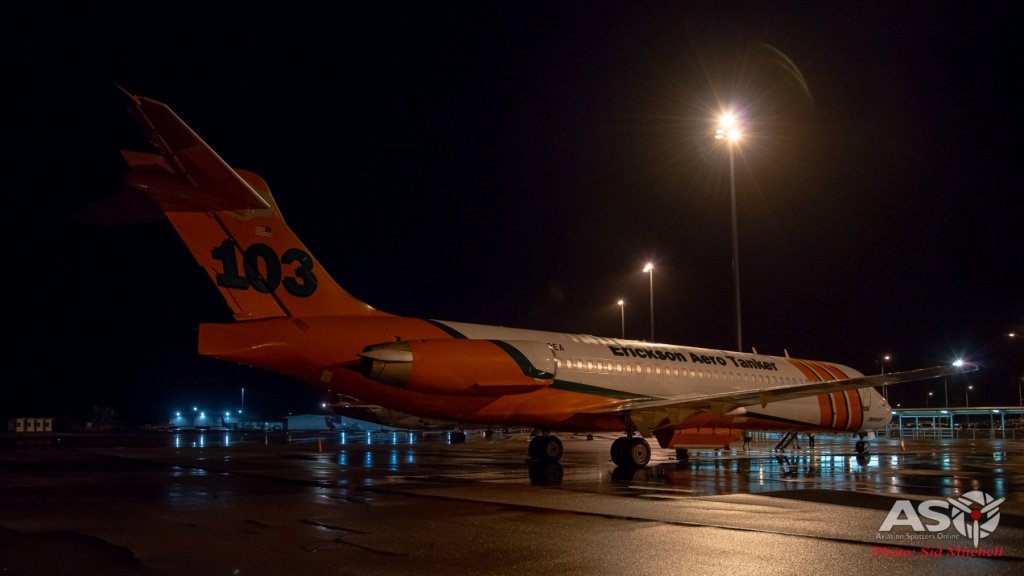
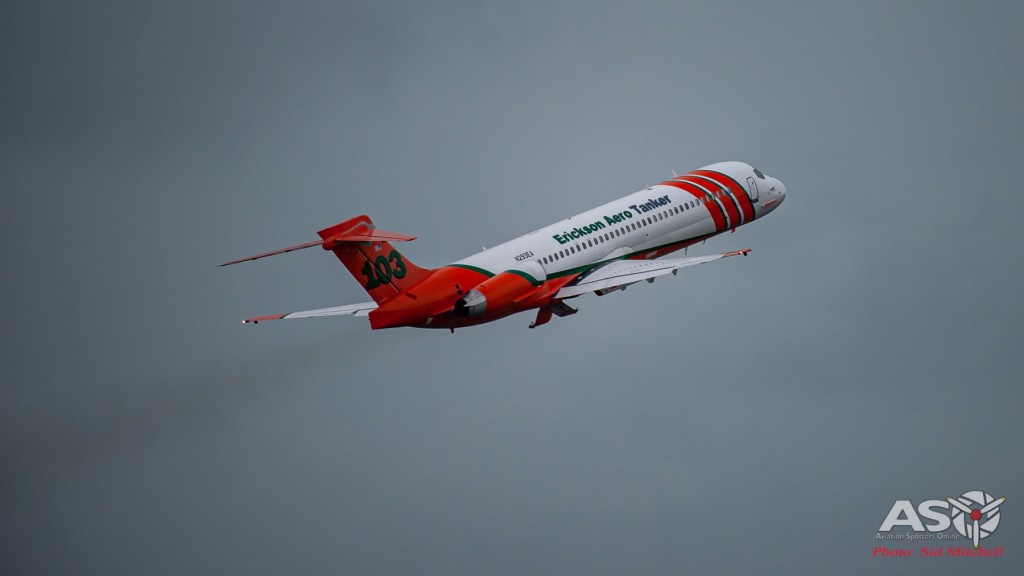
Launching into the skies of Darwin the MD-87 is powered by two Pratt & Whitney JT8D-200 series engines that produce 18,500–21,000 lb of thrust.
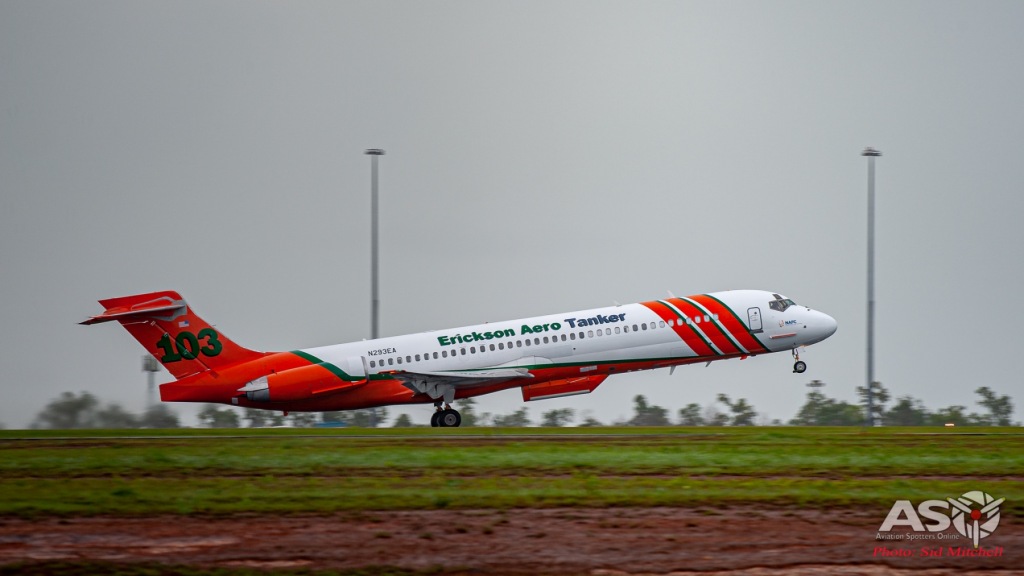
Departing Darwin the aircraft repositioned to operate from RAAF Pearce.
The Large Air Tanker has only been in South Australia for a number of days, but it's already been put to good use. Today it did several drops on Kangaroo Island in an effort to strengthen control lines ahead of windy weather tomorrow.
Posted by SA Country Fire Service on Monday, 20 January 2020
T-102, N292EA drops on the Kangaroo Island Ravine fire (CFS Video)
Conversion of the 6th MD-87 aircraft, which began on the 1st of April 2019 at AerSale at the company’s facility at Goodyear.
Douglas DC-10
Ten Tanker Air Carrier brought a single example of their DC-10 Air Tanker to Australia early in the season. Bomber 911 N17085 was contracted by the NSW RFS and based at RAAF Richmond. Once the tempo and scale of the fires across the country grew, the Australian Government sent a request for two more. It was joined by Bomber 914 N603AX and Bomber 912 N522AX which was based at Canberra Airport during its deployment. The aircraft worked on many fires and were a real asset for laying down large retardant lines.
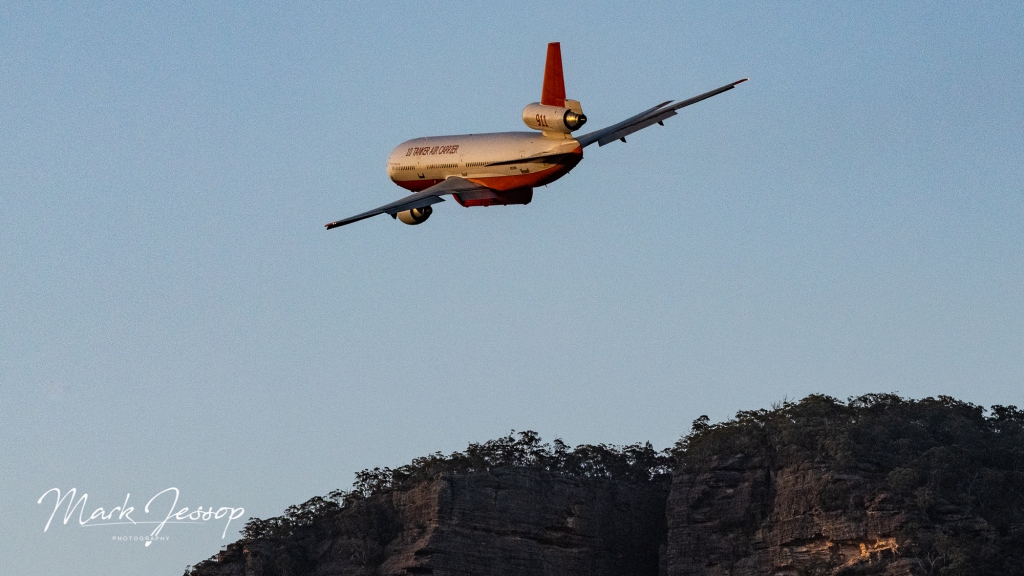

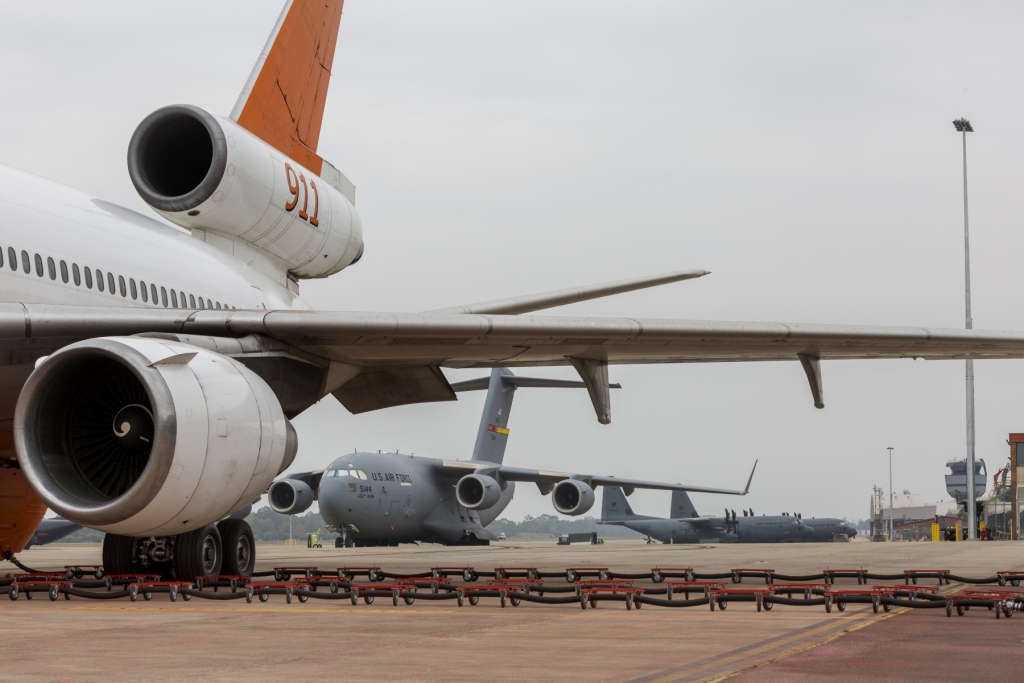
Bomber 911 sits on its hard standing at RAAF Richmond in NSW. (ADF Image)
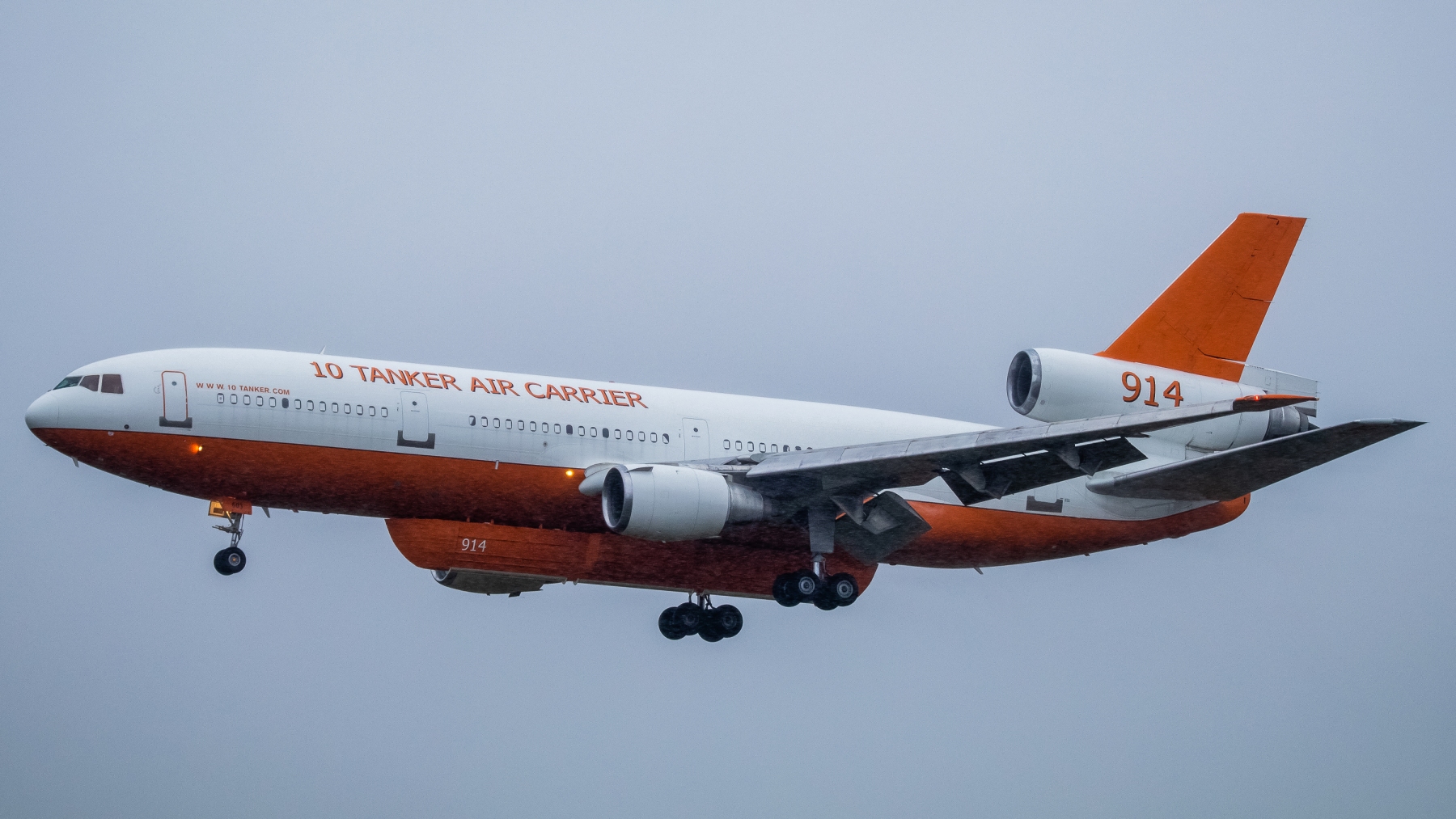
Bomber 914 N603AX, arrives into a very wet RAAF Richmond. (Glen Greathead photo)
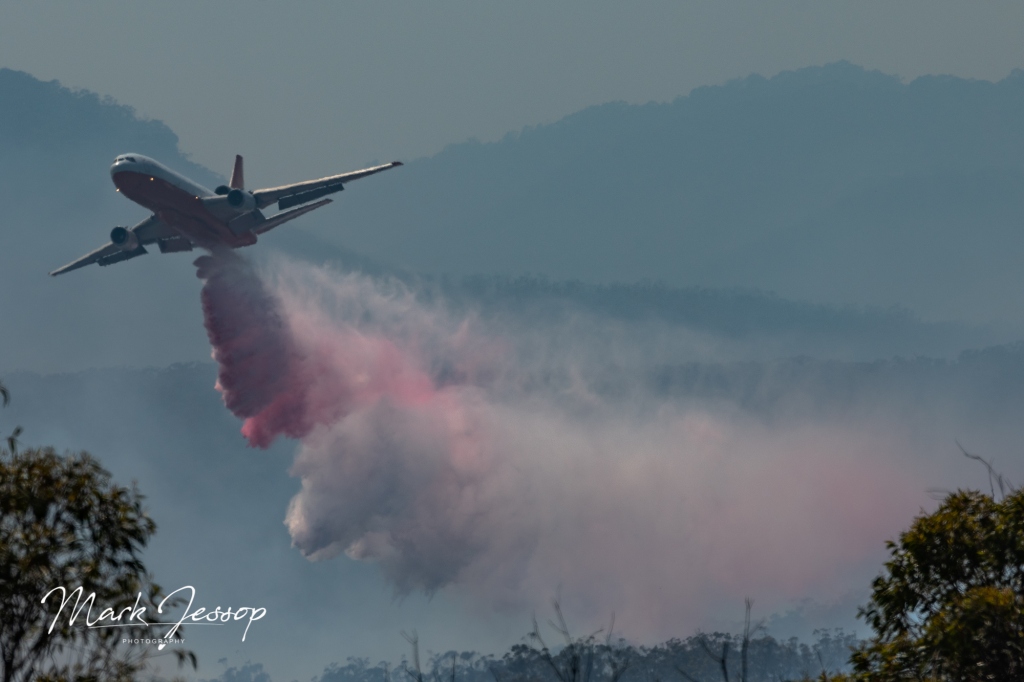

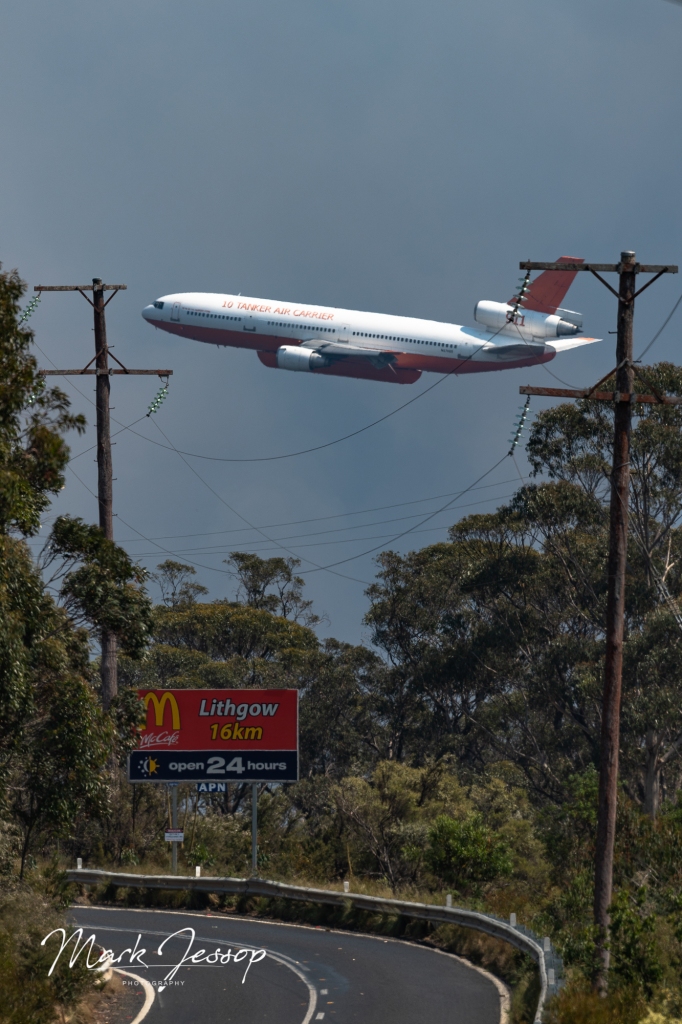
Macca’s run for the DC-10 crew’?

Following the Birddog for a drop, the DC-10 lines up for another drop. (Mark Jessop Photography)
BAe RJ85
This season two RJ85 Air Tankers were on contract in Australia. Operated by Conair in conjunction with Ballarat based FieldAir the two companies have been operating this joint venture now for several years. The RJ-85 has a unique feature of all the LATS in use in Australia.
The tanks are fitted on the outside of the airframe, there was no compromise to the airframes integrity. This means the machines once loaded with retardant it can depart, climb to altitude with pressurisation. Thus allowing a quick flight (at a more efficient for the plane) and rapid decent onto a fire ground.
C-GVFT BOMBER 391 aka “Hunter” – this aircraft was based at Avalon supporting Vic Emergency and other Victorian agencies. Last Aussie summer it was based in NSW at Dubbo (with the B166 callsign).
C-GVFK BOMBER 165 aka “Boomer” – this aircraft was based at RAAF Richmond supporting NSW Rural Fire Service and other NSW agencies. Last summer it started in NSW, then migrated to Victoria (and swapped tail number callsign to B391). It then stayed here over the Aussie 2019 winter for maintenance before again becoming callsign B165 and heading to Richmond in September.
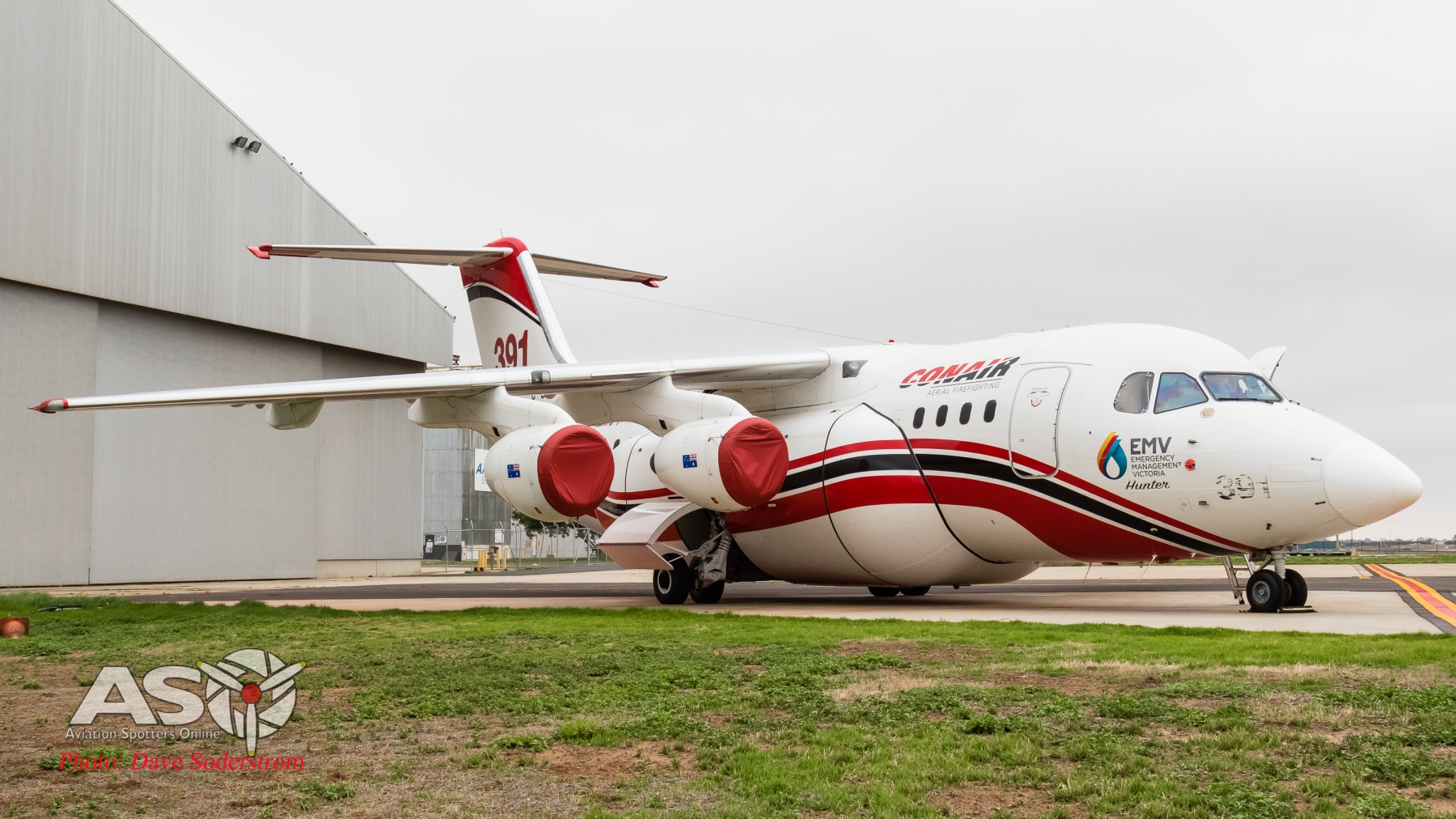
Hunter sits awaiting a mission at its Avalon Firebase.
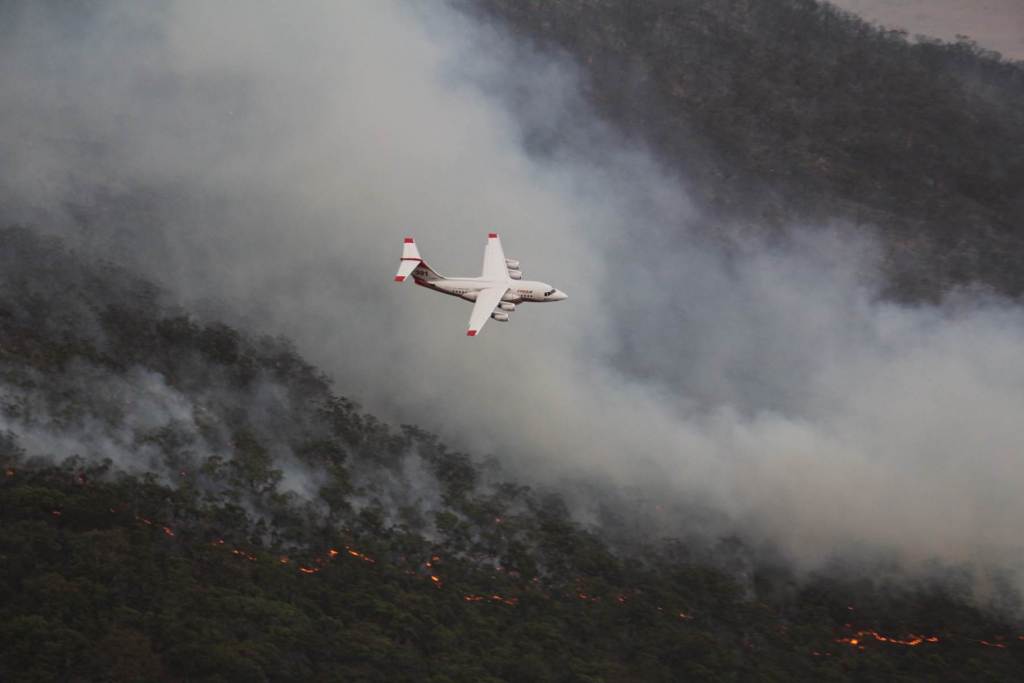
(Bomber 391 drops on a fire in Victoria. (Image from Wayne Rigg)

(Image from Wayne Rigg)

C-GVFK BOMBER 165 aka “Boomer” departing to fight a blaze in NSW. (Jayden Laing photo)
Boeing 737 Fireliner
Two Coulson converted Boeing 737 Fireliners were seen across the country this season. One on contract the other now owned by the NSW Government and operated for the NSW RFS. This machine was purchased by NSW following last years fire season. ‘Bomber 138’ N138CG was supported by the Coulson owned and leased ‘Bomber 137’ N137CG.
On Christmas Day Tanker 137 and 138 both flew together for the first time on the Green Wattle Fire putting down retardant lines to protect a communications tower.
The Queensland Government has decided to purchase their own 737 as well, so Australia could be home to a decent size fleet of 737 Fireliners in time.
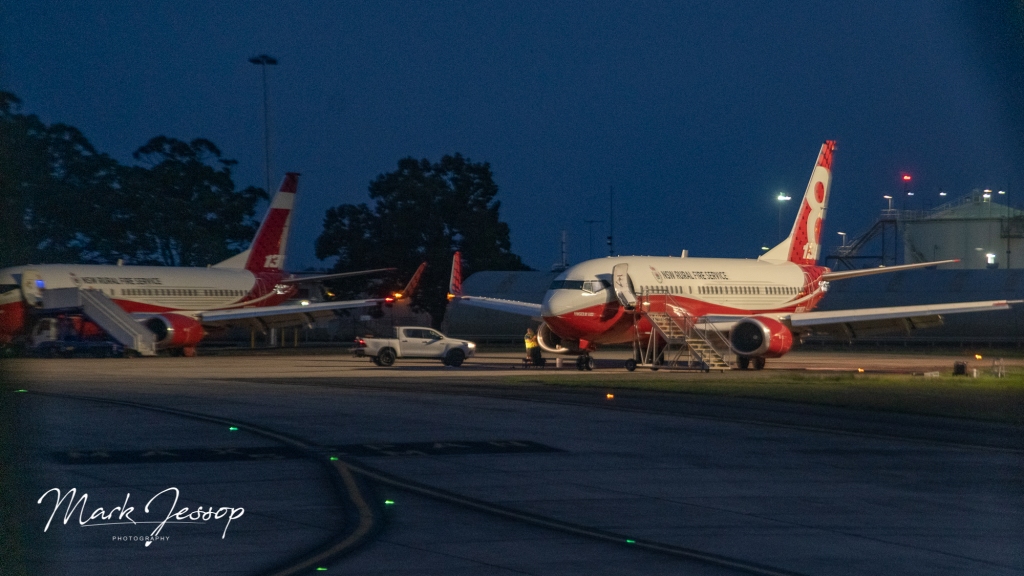
Both 737 Fireliners are seen at RAAF Richmond. (Mark Jessop Photography)

‘Bomber 138’ or N138CG seen departing for a blaze in NSW. (Jayden Laing photo)
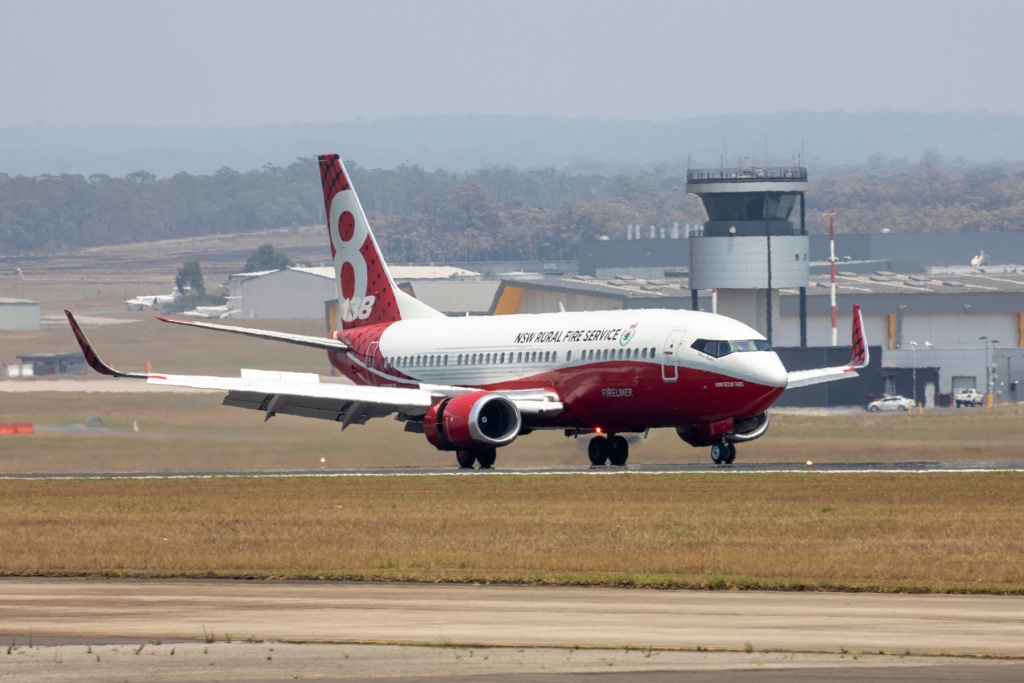
‘Bomber 138’ N138CG, ‘Marie Bashir’ landing at HMAS Albatross. (ADF Image)

‘Bomber 138’ N138CG, working the Dargan fire. (Mark Jessop Photography)
Britan Norman Islander
The only one of its type deployed within the fire fleet this season, VH-MGJ was operated as Birddog 393. The aircraft is a BN2B-26 model built in 1982. Seen around Victoria’s Gippsland region the aircraft was very busy through out the fire season. It was used in the Air Attack Supervisor/Recce role.

VH-MGJ is seen at rest at Firebase Bairnsdale

Three different aircraft three different roles. A scene repeated across Australia this season.
Cessna Caravan
The South Australian and Victorian Governments have contracted, through NAFC, two Cessna 208B aircraft for the 2018-19 fire season. The type is used mainly in the air supervision role but also acts as transport for fire officials and other crews too quickly get on scene as required. Aerotech are providing the South Australian machine with Wrightsair providing the Victorian based machine.

Wrightsair’s VH-OZH, operating as Birddog 398 is seen at Firebase Latrobe.
Rockwell Turbo Commander
The Turbo Commander is particularly well suited to aerial supervision with its high wing offering excellent visibility from the front seats, and the ability to slow down and loiter in the fire area. When working as a ‘Birddog’ the main responsibility for the crew is to supervise aerial fire fighting operations and to collect intelligence information about a fire and pass it on to the incident management team. The aircraft also preform the lead in air attack role for the LATS. this role sees the aircraft fly the flight profile and lay smoke down for the LAT to follow.
The NSW, QLD and Victorian Governments have contracted, through NAFC, three Rockwell Turbo Commander aircraft and one similar piston engine Aero Commander for the 2018-19 fire season. There are other examples on call as required contracts.
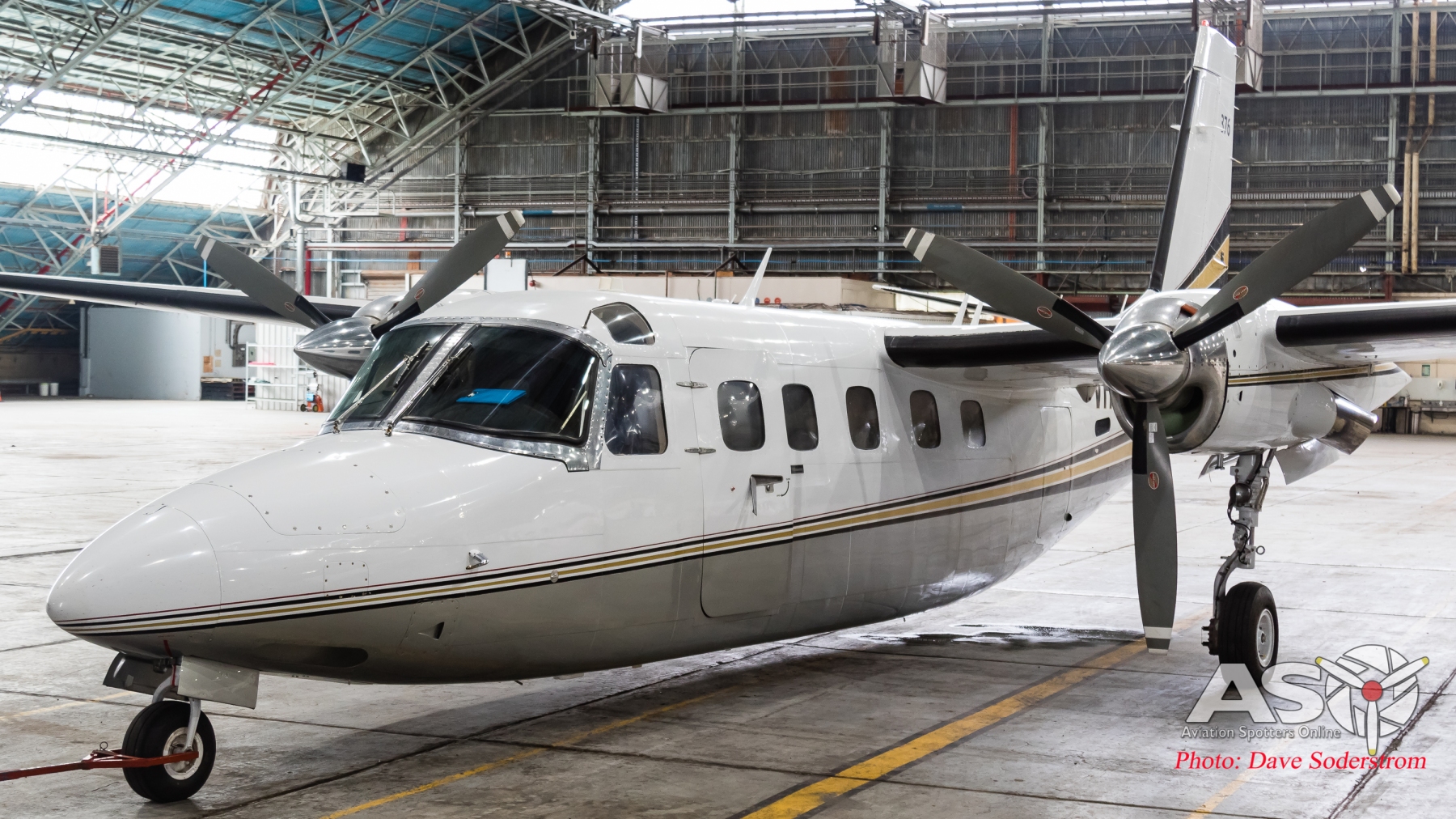
Seen in the hangar at Firebase Avalon, is VH-LMC owned by Paul Ferry and flew as Birddog 376.
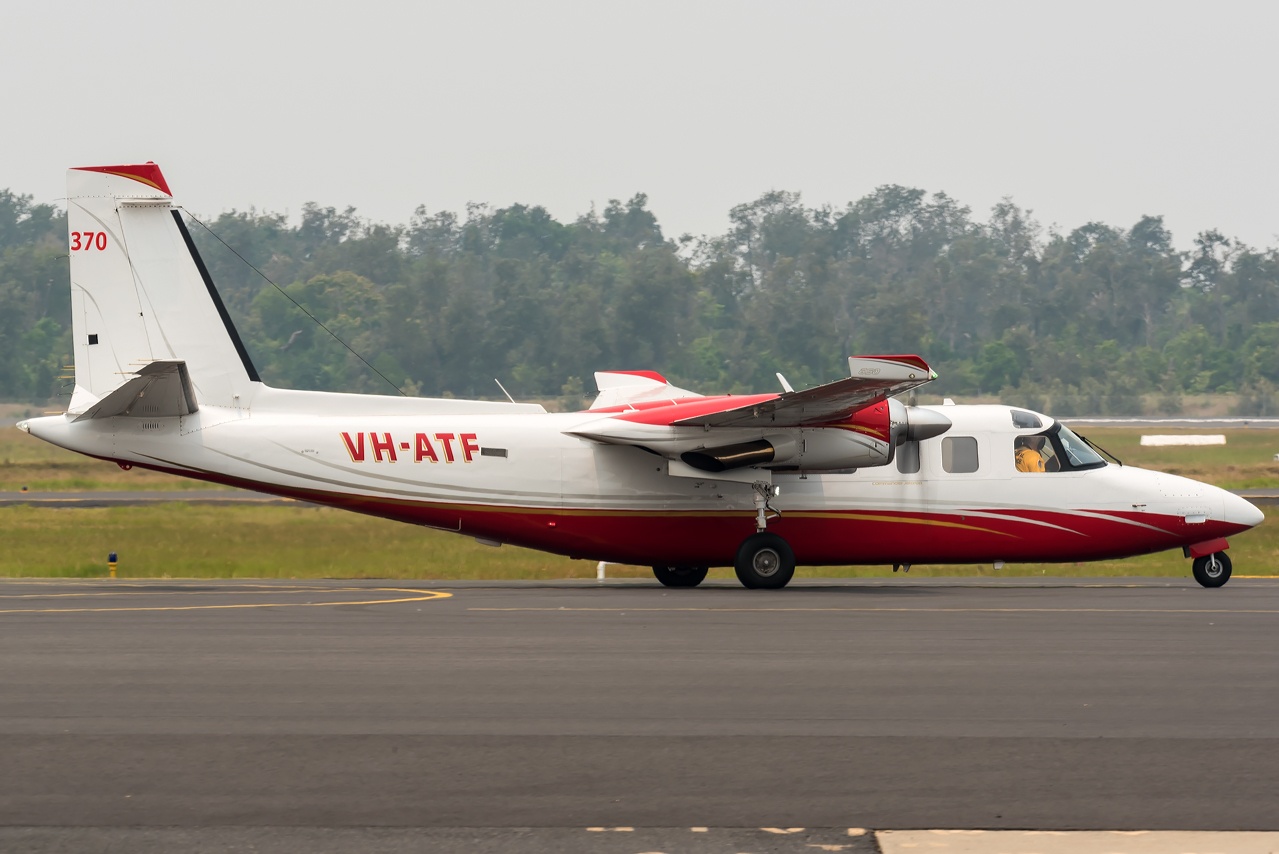
Pesca Aviation operate this AeroCommander 690-A Turbo Commander VH-ATF, as Birddog 370. (Jayden Laing photo)

VH-LVG or Birddog 273 which is part of the AG Air fleet, seen here supporting the VLAT DC-10 at RAAF Richmond. (Jayden Laing Image)
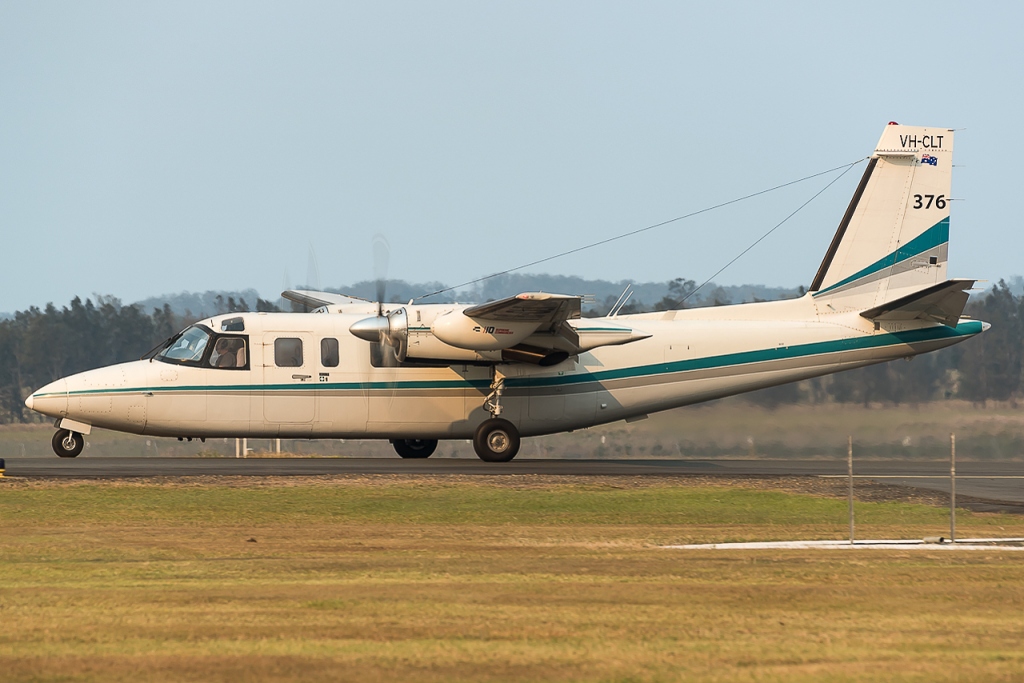
Commander 690A, VH-CLT part of the Tasman Seafood’s fleet was operated in the Birddog role again this season, as Birddog 376. (Jayden Laing Image)
Beechcraft KingAir
The Victorian and NSW Governments both contracted through NAFC, one Beechcraft King scanning aircraft. The aircraft is operated by Nowra based company Air Affairs and was kept very busy this season. The aircraft is used to photograph and produce real time imagery for the fire agencies which are used to draft the plans to fight the fire both on the ground and in the air.
Gates Learjet
For season 2018/19 the Victorian and NSW Governments have contracted three Learjet 35/36 fire scanning aircraft. Operating at high flight levels, the aircraft are equipped with a pod which features infrared and mulitspectrial line scanning instrument and data processing equipment. The imaging is processed on board with GPS coordinates and terrain elevation data.

VH-SLE, is part of the Air Affairs fleet. It is seen in a clean configuration here.
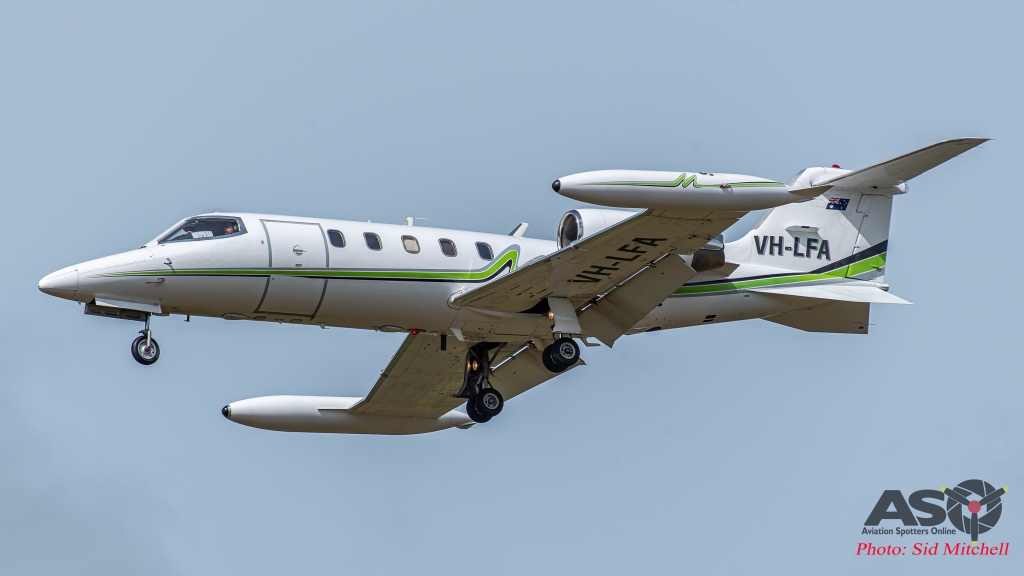
Another Air Affairs Learjet, this time VH-LFA again in a clean configuration.
Cessna CJ1
The NAFC has contracted a single example of the Cessna CJ1 Citation. The aircraft is used in the Birddog role and carries the number 123. This 2003 build aircraft is owned by AGAir of Stawell Victoria, joining the Australian register in mid 2019.

VH-RMB is seen departing Essendon Fields.
Cessna 182
The Cessna 182 aircraft operates alongside other fire fighting aircraft to support fire fighting crews on the ground. Carried on board the aircraft are sophisticated communication and tracking equipment that keep the aircraft in constant contact with other aircraft and the fire agency crews managing fires on the ground.
The New South Wales Government has contracted, through the NAFC, two Cessna 182 aircraft for the 2019-20 fire season.
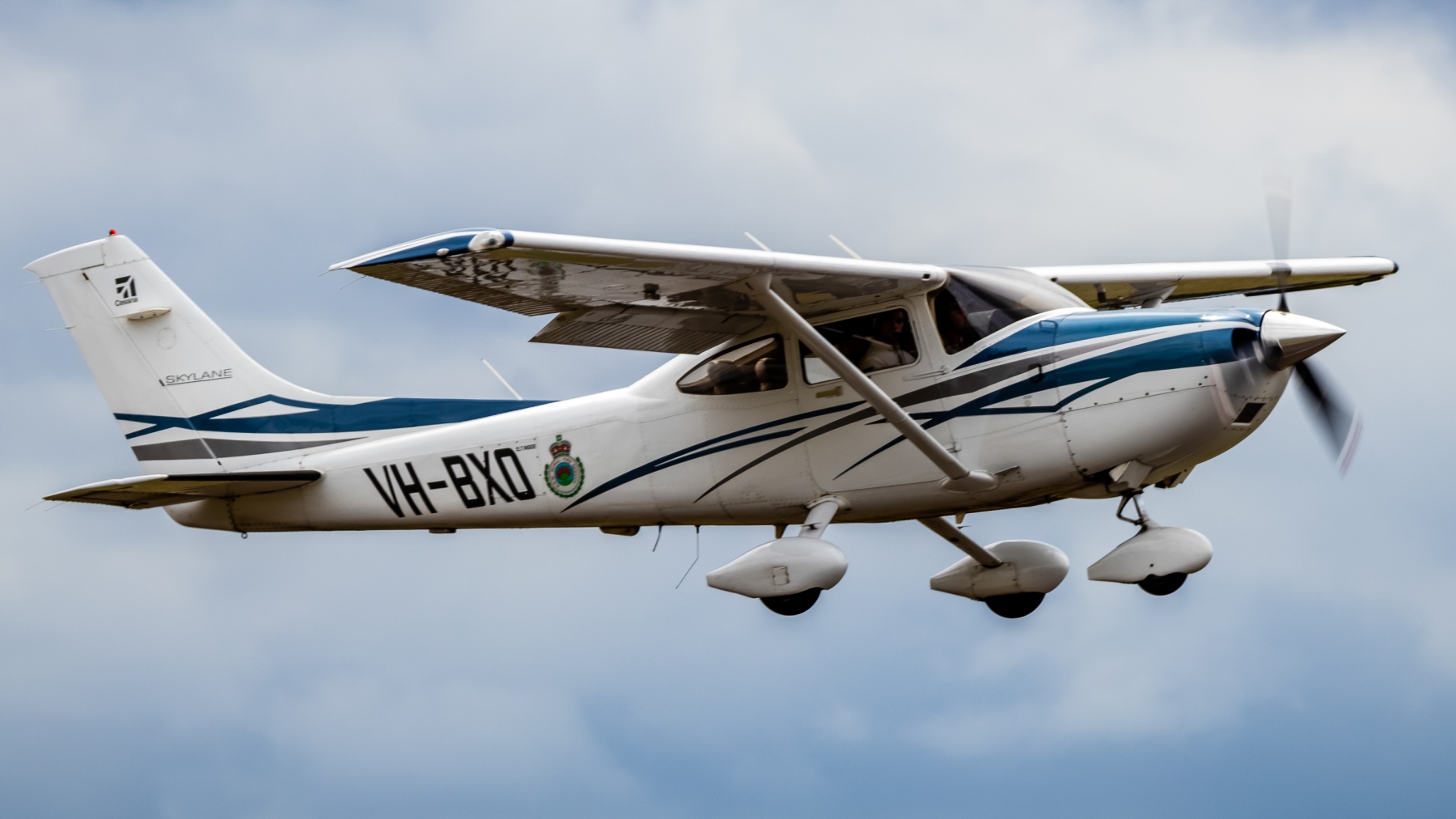
VH-BXO, is contacted to the NSW Rural Fire Service. (Glen Greathead Image)
Rotary Fleet
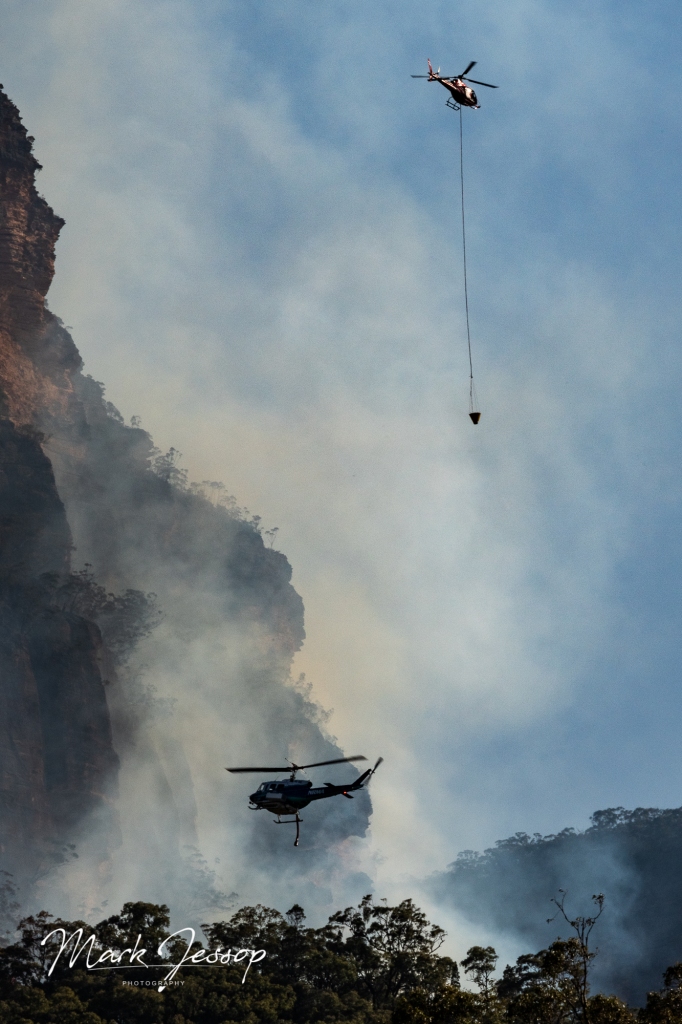
Illustrating the varied fleet working fires this season. (Mark Jessop Photography)
Once again we saw a huge number of rotary aircraft on contract and on call as required this season. Most were required to combat the large number of bales across the country. With the number of types and operators swelling substantially this season. Chinooks, Blackhawks, Mil-8, S-61s and a host of many other types make up one of largest fleets of rotary fire fighting machines ever assembled in Australia. This of course grew during the season as the scale and enormity of the blazes across the country spread.
As mentioned above three incidents, occurred in a high tempo season, thankfully with all pilots being able to walk away from their wrecks. The shear number of hours flown, is one factor that must be taken into account in these incidents. Pilots aren’t replaceable machines are.
It must also be noted that the numbers of machines is on the increase, with new machines being imported and rebuilt not only for fire operation but also for a host of other roles.
Rotary wing aircraft are also broken down into four distinct types, based on their varying capacities.
| Type | Internal payload | Water Carrying capacity |
| 1 | 2,268 kg or greater | 2,650 litres or greater |
| 2 | Between 1,134 kg and 2,267 kg inclusive | Between 1,135 litres and 2,649 litres inclusive |
| 3 | Between 544 kg and 1,133 kg inclusive | Between 380 litres and 1,134 litres inclusive |
| 4 | Less than 544 kg | Less than 380 litres |

Five helicopters await the days tasking, at Firebase Bairnsdale
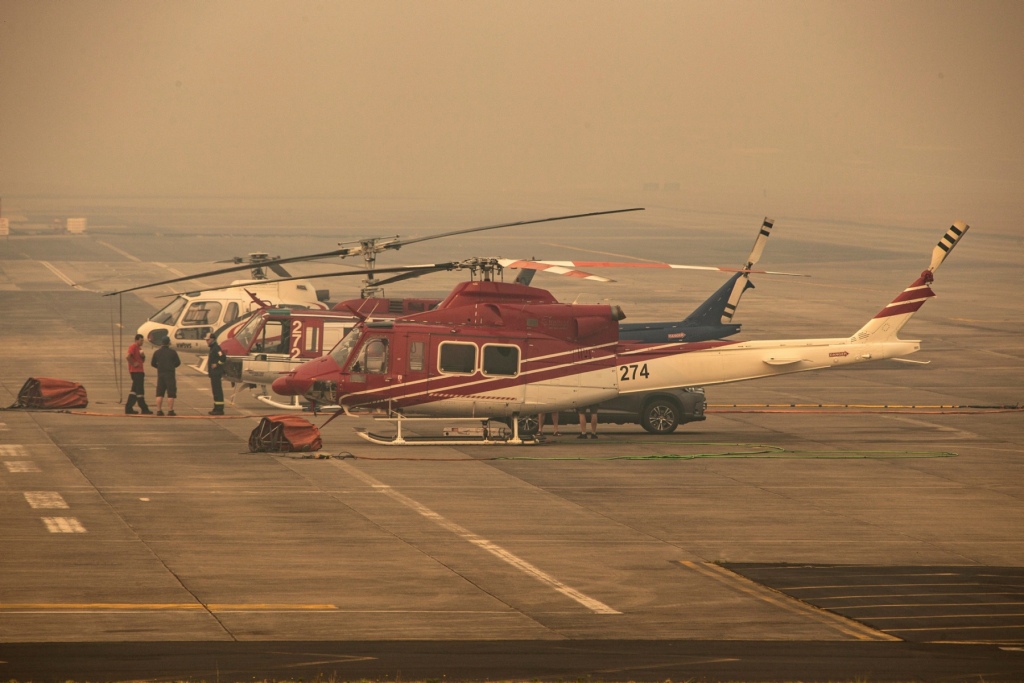
Early morning pre-flight checks for aircrew and ground grew of Rural Fire Service contracted rotary wing aircraft at HMAS Albatross airfield. Aircraft were temporarily unable to launch due to low visibility due to the close proximity of two bushfires in the area – ten and twenty kilometres to the east and south, respectively. (ADF Image)
Erickson S-64
Erickson Incorporated and its Australian Partner Kestrel Aviation brought six Air Crane helicopters to the country. Their names and locations of initial deployments are as follows:
N247AC / Jerry / in NSW
N189AC / Gypsy Lady / in NSW
N194AC / Delilah / in VIC
N243AC / Marty / in VIC
N218AC / Elsie / in SA
N154AC / Georgia Peach / in WA

N189AC, Gypsy Lady awaits the start of its fire fighting contract along side N218AC, Elsie which went to South Australia.
Above have a look around the Erickson Air-Crane before they departed for the Northern Fire Season in the above video.

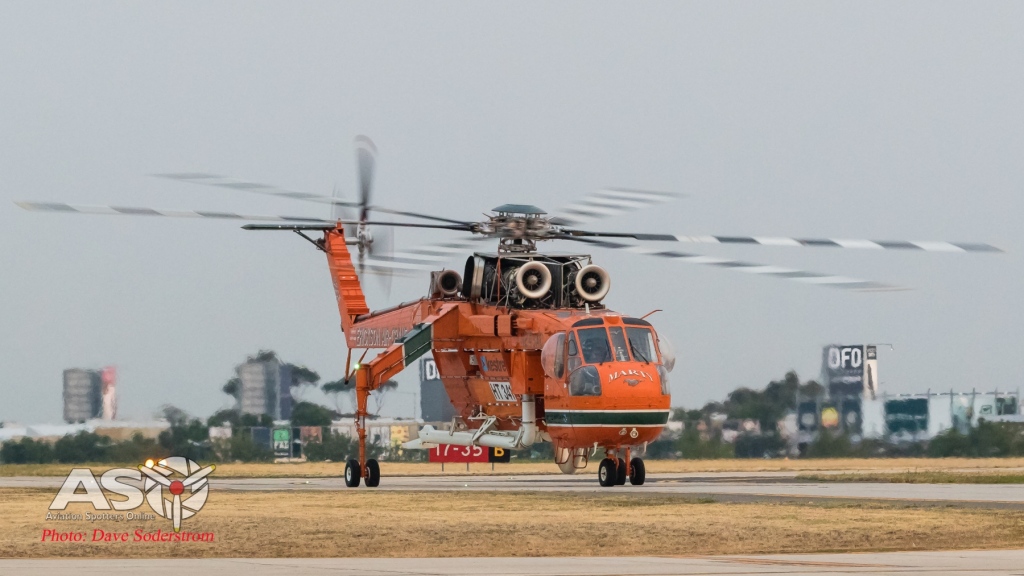
A new machine this season was, N243AC,Marty. Which was operated from Firebase Essendon Fields.

N194AC, Delilah the second of the Victorian based machines operated from Moorabbin Airport.

N194AC, Delilah stands ready to launch from Bairnsdale Airbase

On the dip, N189AC, Gypsy Lady loads up for another drop in NSW. The bubble windows fitted to most fire bomber helicopters are seen to good effect. (Glen Greathead Image)

N247AC known as Jerry flies at Helitak 739 (Jayden Laing photo)

N189AC ‘Gypsy Lady’ and N247AC ‘Jerry’ sit at Essendon Fields Airport awaiting ferry to the Geelong docks to transit to their next fire missions in Greece.

N243AC ‘Marty’ departs to Geelong Docks.
Sikorsky S-61
This season, four S-61s were deployed for operations in Victoria. Three from Coulson and a fourth from HeliCarriers who partnered with Paton Helicopters. Helicarrier Inc acquired the S-61N in 2015. The aircraft underwent a comprehensive overhaul for it to be used in the new roles intended for it. This included removing the VIP interior which was fitted when in use by Trump Airlines as N223RA. The aircraft came to Australia with both long line bambi bucket and integrated belly tank options. This allows the airframe to be adapted quickly for the type of fire it is required for.
The airframe is equipped with Carson blades allowing it to lift 1,000 lbs more than the original aircraft. With this configuration, the useful load capacity is upgraded to 8,500 lbs for internal and up to 10,000 lbs for external.
Paton Air had the aircraft ready at Essendon Fields as soon as it arrived in the country. It took up the the Helitak 369 number while in air operations. Helitak 369 was on contract in Victoria for approximately 70 days. And proudly not a minute of that was lost due to maintenance and crewing issues.
The platform was able to be reconfigured for any tactical fire mission at a moments notice. This proving the strong presence a Type 1 machine is on the fire ground.
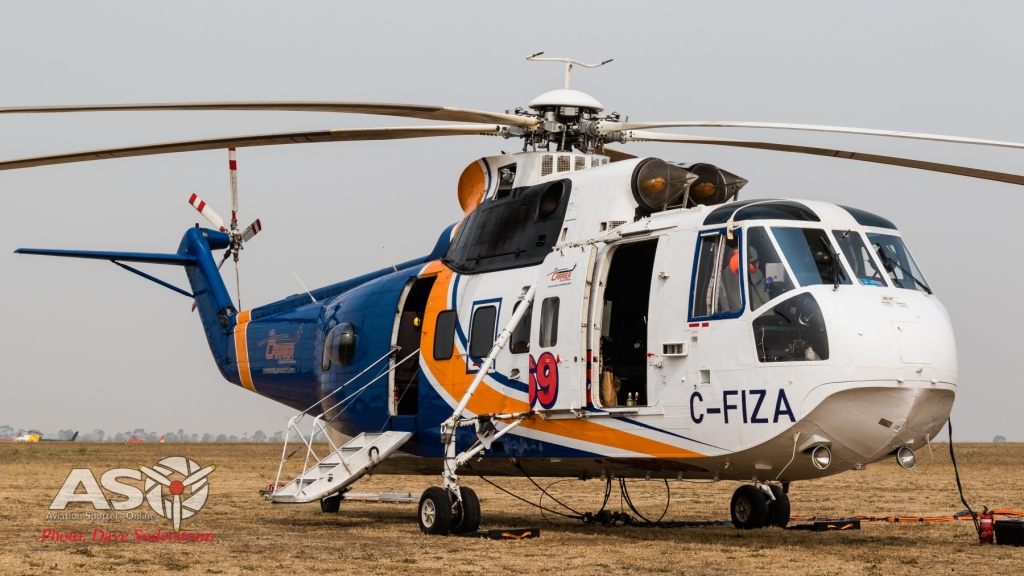

The bucket can pump 4000 liters of water into the bucket and be on its way to the fire.
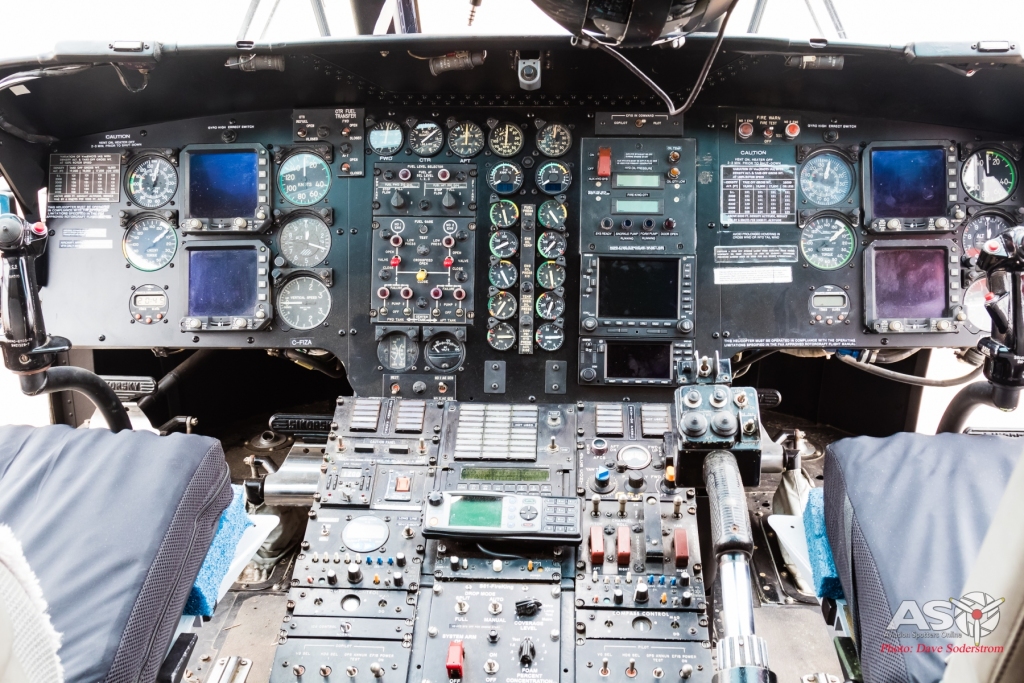
S-61 Cockpit layout, simple yet effective.

When not bucketing, the aircraft are also capable of personnel transport. A passenger load capability of 19 enable fast movement of personal.

Coulson brought the following airframes to Victoria where they were assembled at Avalon Airport and declared ready for the fire season before moving to their deployment bases. S-61 N261CG (Helitak 349), S-61N C-FXEC (Helitak 347) and S-61N N161CG (Helitak 348) were seen across Victoria this season.

S-61N C-FXEC (Helitak 347) sits along fellow S-61N N261CG (Helitak 349)


N261CG is seen at Bairnsdale Firebase.

Wayne Rigg, took this image of the Coulson S-61 Helitak 349 working the Lexton and Mt Mercer fires on the 21st December in Victoria. (Images from Wayne Rigg)
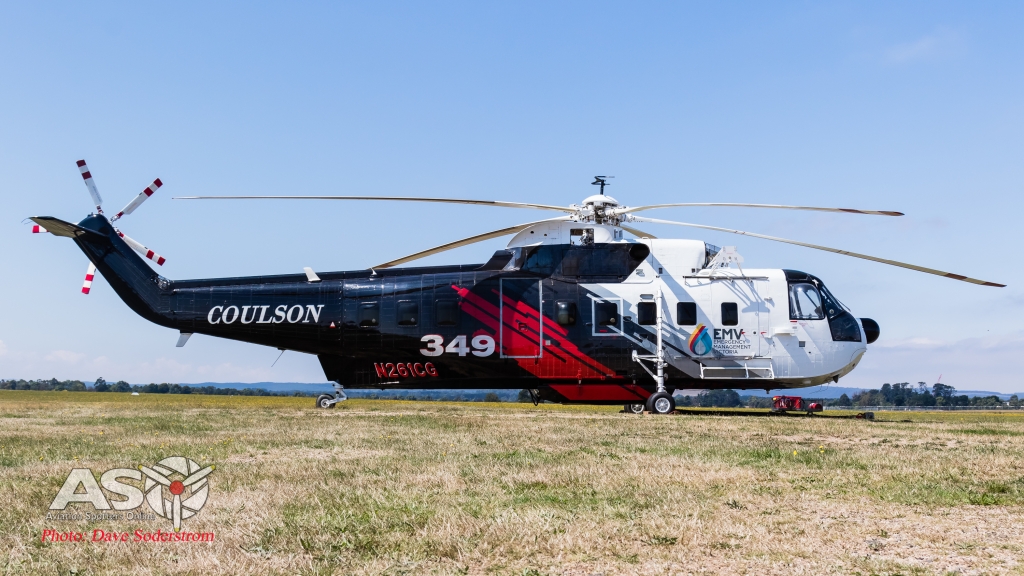
N261CG is seen later in the season back at Firebase Ballarat.
Sikorsky S-76
Coulson again brought the Sikorsky S-76 over to assist in the Night Fire Bombing role. The S-76 which acts as the Supervision aircraft has an air attack office on board. The machine retuned this year with an American registration. Flying as Firebird 322, N76CG is an important asset for the night fire fighting role. The aircraft provides intelligence, evaluate effectiveness, and identify targets with its laser designator.

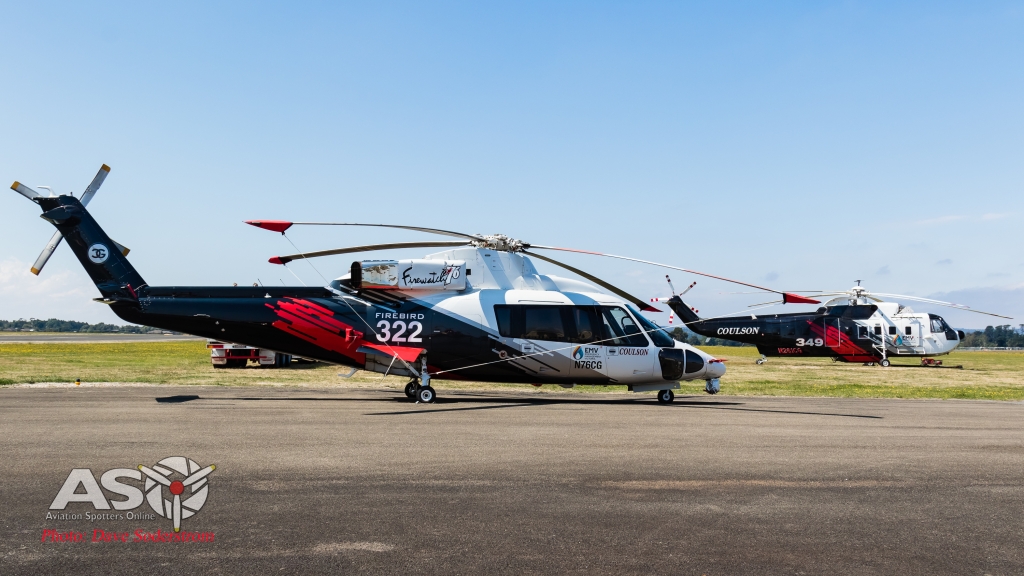
Boeing 234 Chinook
Columbia Helicopters, Incorporated, or CHI, is an aircraft manufacturing and operator company based in Aurora, Oregon in the United States. The company is a major operator of tandem rotor helicopters, including the Boeing Vertol 107 and Boeing Vertol 234. Today Columbia has a staff of over 800, with a fleet that includes eleven of the Model 234 UT/LR Chinooks, fourteen Model 107-II Vertols, and three Boeing CH-47D Chinooks.
The company undertakes operations in the United States, Canada, Papua New Guinea, and Afghanistan. This season CHI Papua New Guinea a division of Columbia, brought PNG registered P2-CHY into the country. Operating as Helitak 290, it was noted heading South from Cairns via Central Queensland Airports, to NSW.
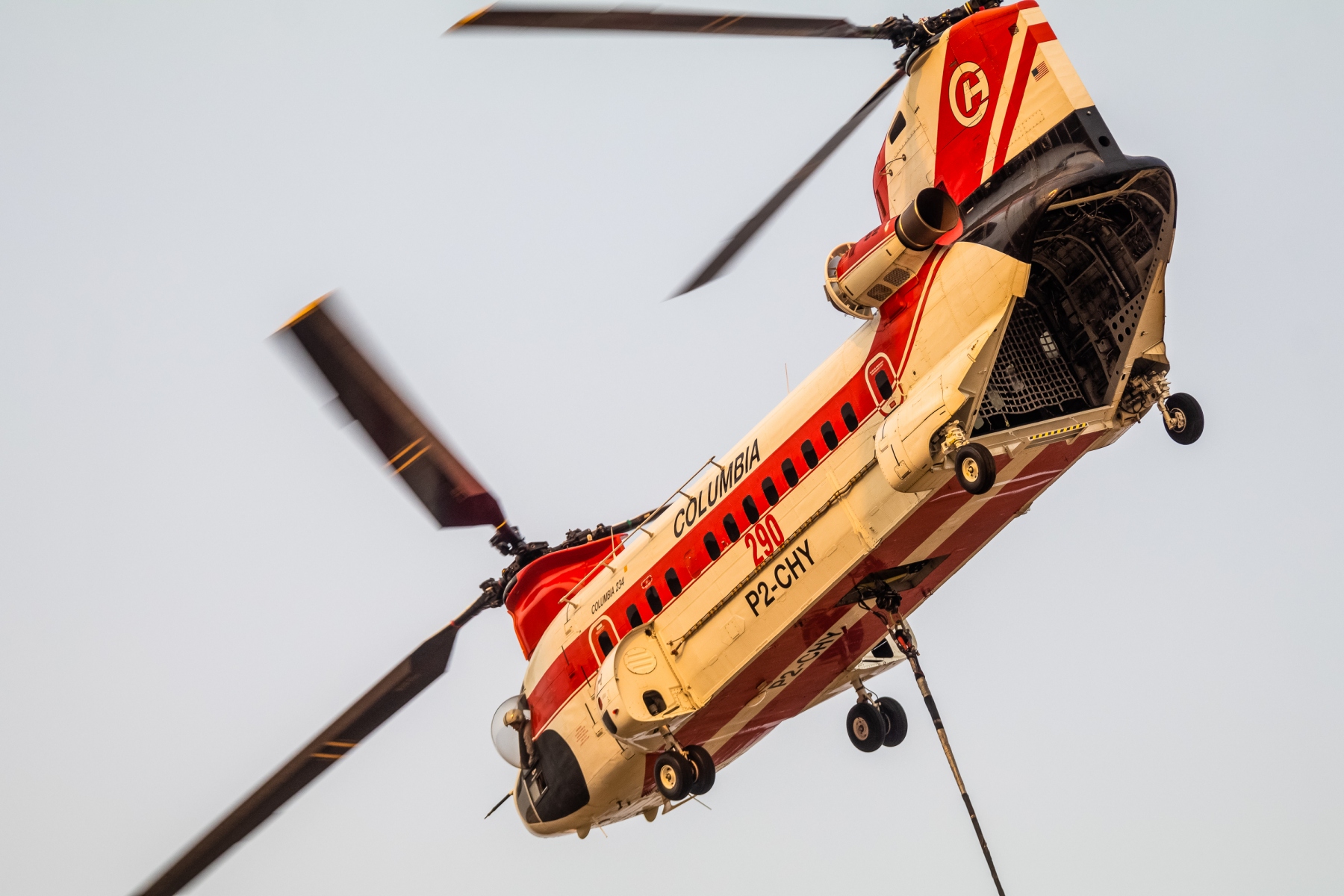
P2-CHY operated as Helitak 290 this season. (Glen Greathead Image)
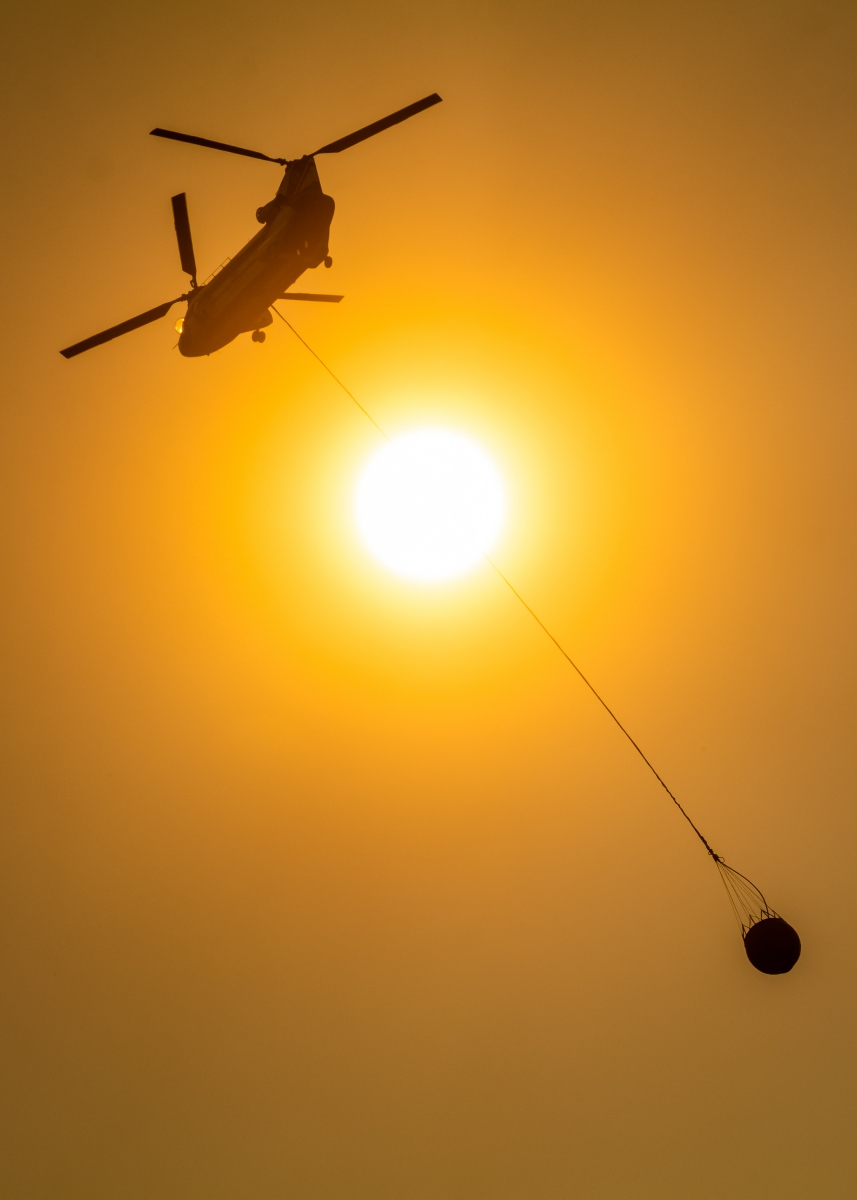
Flying with a Bambi Bucket and Longline into the sun (Glen Greathead Image)
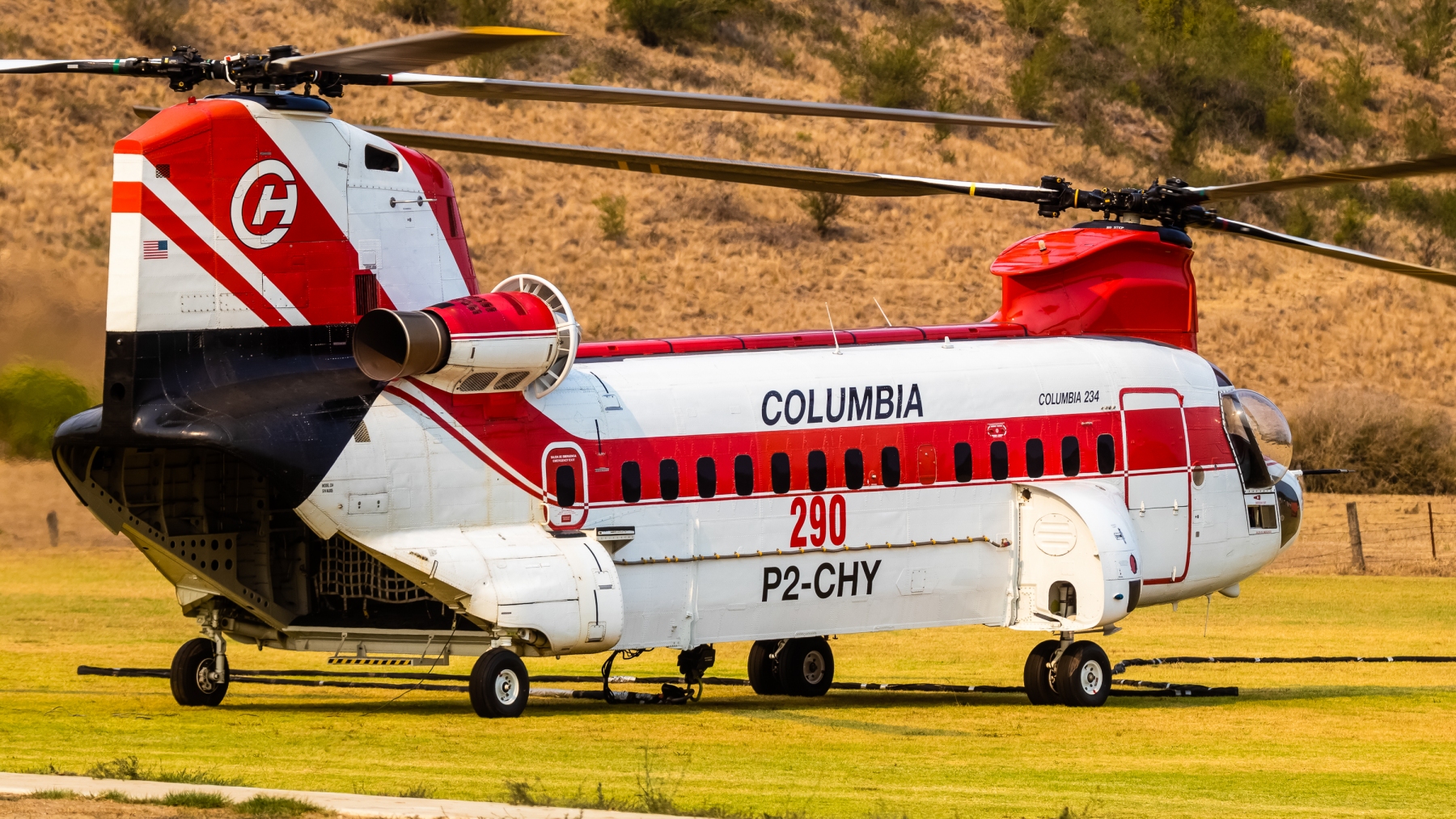
Originally delivered to British International Helicopters as G-BISN. Serving in the British Airways livery, it remained with them from 1986-1989. Columbia took ownership of the airframe in mid 1989.(Glen Greathead Image)
Sikorsky UH-60 Blackhawk
This season saw the largest number of ex United States Army Blackhawks converted to Firehawk standard. Four aircraft from two different operators were seen in Queensland, New South Wales and Victoria. Kestrel Aviation partnered with Firehawk Helicopters and brought in N2FH (Helitak 367) and N9FH. N9FH retuning having been here last season operating with Touchdown Helicopters. This year Timberline Helicopters also brought N620TJ (Helitak 280) and N5360DJ (Helitak 260).
The Blackhawk continues to evolve for fire operations. With new modifications under certification. New tanks, and further upgrades being undertaken by operators to further enhance their machines for fire operations. At the recent Heli-Expo five machines from various operators were in attendance in a variety of configurations. Integrated internal and external tanks are now appearing across the world as ex US Army Blackhawks become available for civilian operators.
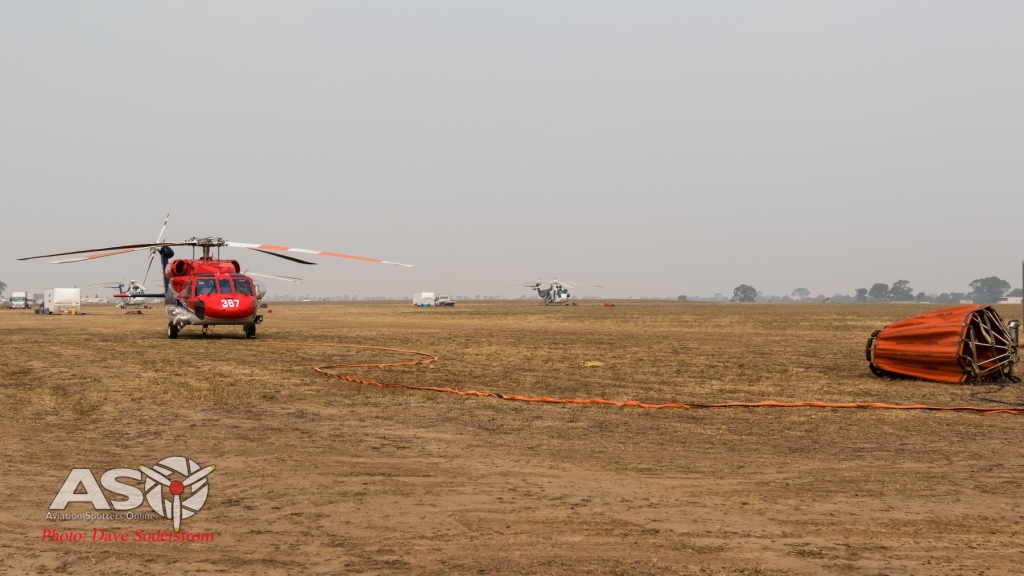
Seen at Firebase Bairnsdale, N2FH awaits its next mission with its Bambi Bucket at the ready.


The cockpit of N2FH or Helitak 367

N9FH, is seen at a base in NSW supporting operations there. (Mark Jessop Photography)

Timberline Helicopters also brought N620TJ (Helitak 280) (Glen Greathead Image)
Mil Mi-8
Lying with the NATO reporting name, Hip is a medium twin-turbine helicopter, originally designed by the Soviet Union, and now produced in Russia. As mentioned above Hevilift PNG brought their, Mi-8MTV-1 Helicopter, P2-MHM to work the huge fires around Australia. The machine demonstrated its abilities to the media in early January, known as “Mad Max”. The machine is capable of lifting and dropping up to 5000 litres of water at a time while using a Bambi firefighting bucket.
The helicopter is positioned for the awaiting media. (Leigh Atkinson Image)
Two Klimov TV3-117Mt turboshaft engines power the Mi-8. Some 1,454 kW (1,950 hp) each. (Leigh Atkinson Image)

(Leigh Atkinson Image)
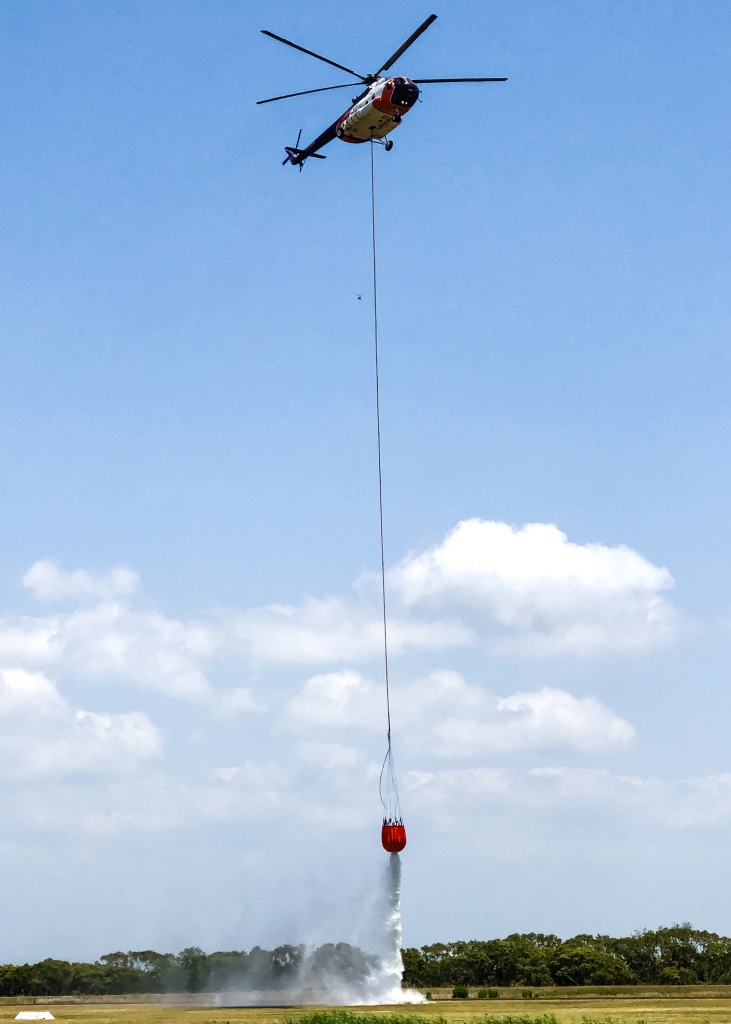
With its long line attached, the machine demonstrates its capabilities. (Leigh Atkinson Image)
Bell 204
The Bell 204 is a type that has been working fire grounds for many years. This season was no exception.
The 204B is typically fitted with a ‘PowerFill’ firefighting bucket on a 150 foot ‘long-line’. With this equipment the aircraft can fill from quite small water sources including rivers, dams, ponds and swimming pools. The long line allows the aircraft to lift water from water sources where there is not enough clearance from obstacles to safely allow the helicopter to descend and hover fill.
Skyhook Helicopters, and Forest Air Helicopters both operated the type during the season.

Skyhook Helicopters, based at Salamander Bay, in NSW. operate Bell 204, VH-VRC. seen here with its Bambi bucket. (Image from Glen Greathead)
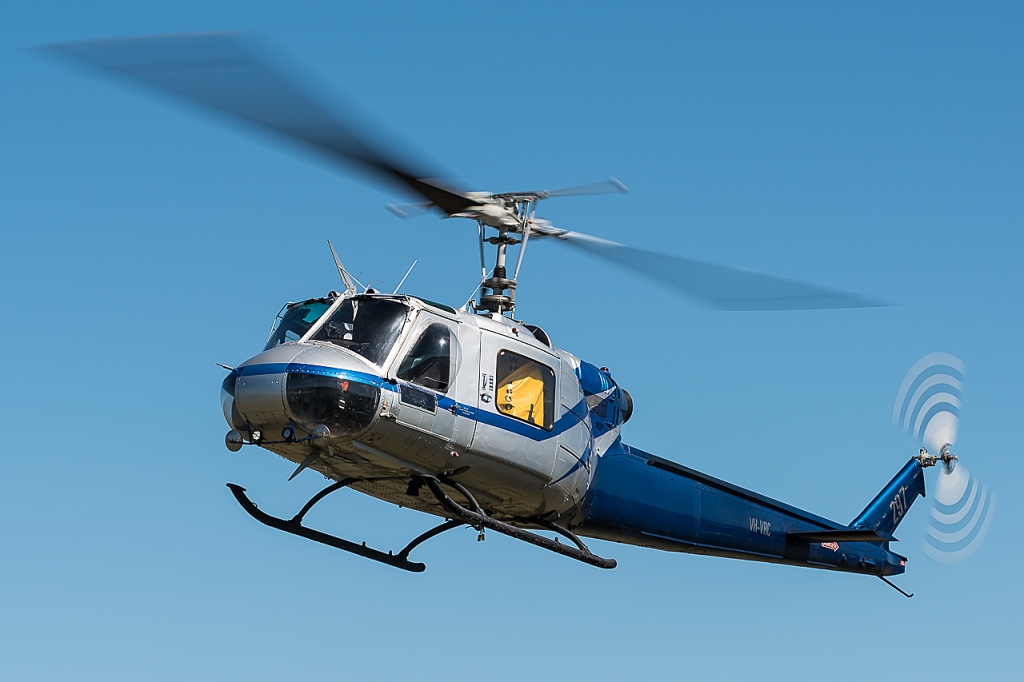
Skyhook Helicopters, Bell 204, VH-VRC again (Image from Jayden Laing)
Bell UH-1H Iroquois
Bell’s UH-1H Iroquois or Huey, is synonymous around the world for its capabilities. The type has been actively used by the military for its lifting and multi mission capabilities. The type has found favour with civilian agencies for many years. Today the machine still has a role on the fire ground and this season several machines were on call through out Australia. Touchdown Helicopters, Fleet Helicopters, Air Precision are just some of the Australian operators who use the type.

NSW Helicopters, operate this ex US Army UH-1H VH-OXU. Originally built a UH-1D model as 65-9947, it was converted to UH-1H standard and flies as Helitak 258. (Jayden Laing photo)
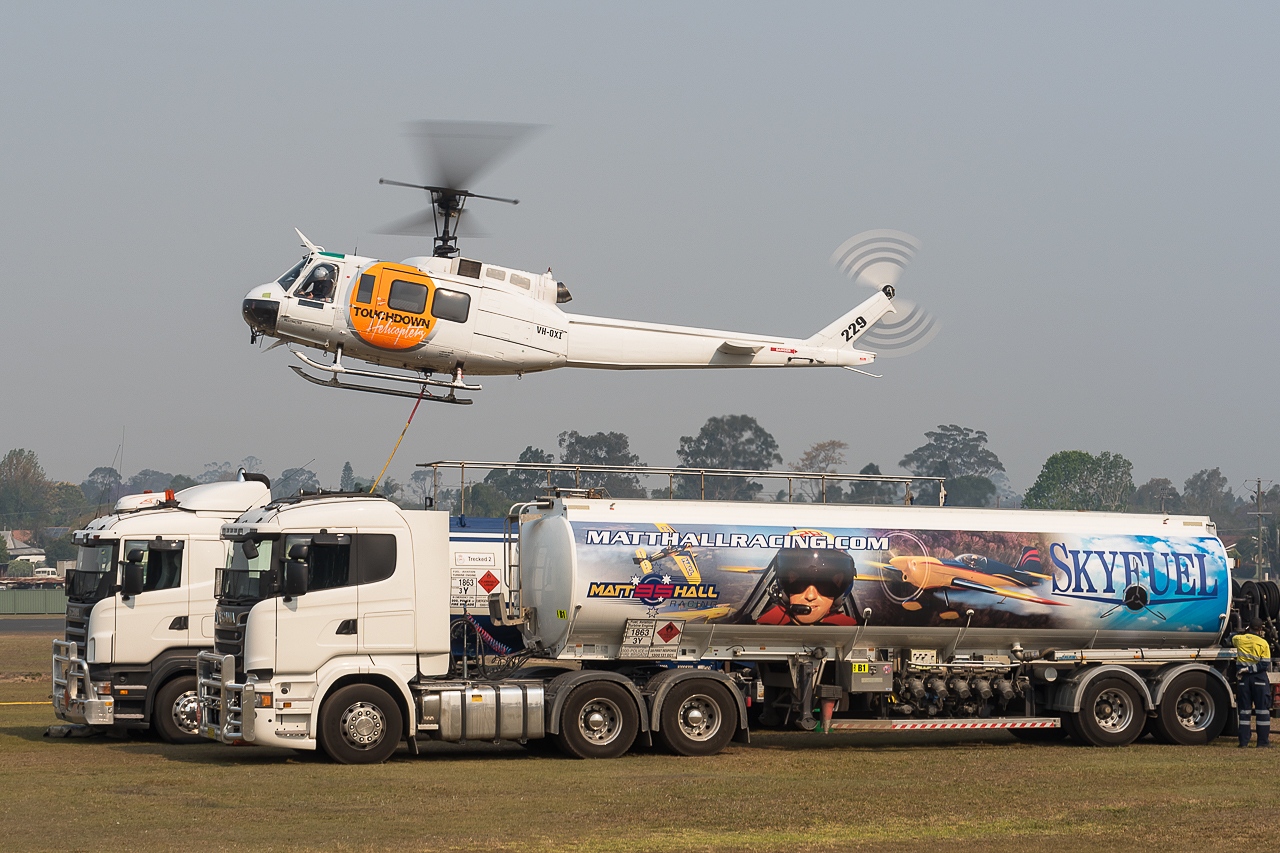
VH-OXI was the machine that during aerial fire control operations, the pilot detected a tail rotor issue, disconnected the water bucket and commenced a precautionary landing. The helicopter subsequently made a hard landing, resulting in substantial damage.

Again illustrating the use fo the bubble windows is this Touchdown Huey. The window allows the pilot to see his bucket and line and look directly down on the fire. (Jayden Laing Image)

Air Precision, based out off Coffs Harbour in NSW fly VH-CPO, Helitak 263. This machine is another ex US Army UH-1H. Built to a 1963 US Army order and allocated the serial 65-8805. It was civilianised as N805S. (Jayden Laing Image)

Operated by Central Holdings in Emerald Queensland is VH-UEE. Another ex US Army UH-1H, 66-0944 it too was built as a UH-1D before being upgraded. Civilianised by Williams Helicopters it came to Australia in 2004. (Jayden Laing photo)

VH-UEE seen again flying as Helitak 422. (Mark Jessop Photography)
Bell 206
The Bell 206L LongRanger light helicopter is a more powerful, stretched version of the Bell 206B JetRanger light helicopter. It is used by fire agencies primarily for supervision of fire operations, fire detection, reconnaissance and utility missions carrying the pilot and up to six passengers or crew depending on the mission.

Southern Cross Aircraft Engineering Services, operate this Bell 206L-3. VH-ZUY flies as Firebird 295. (Jayden Laing Photo)
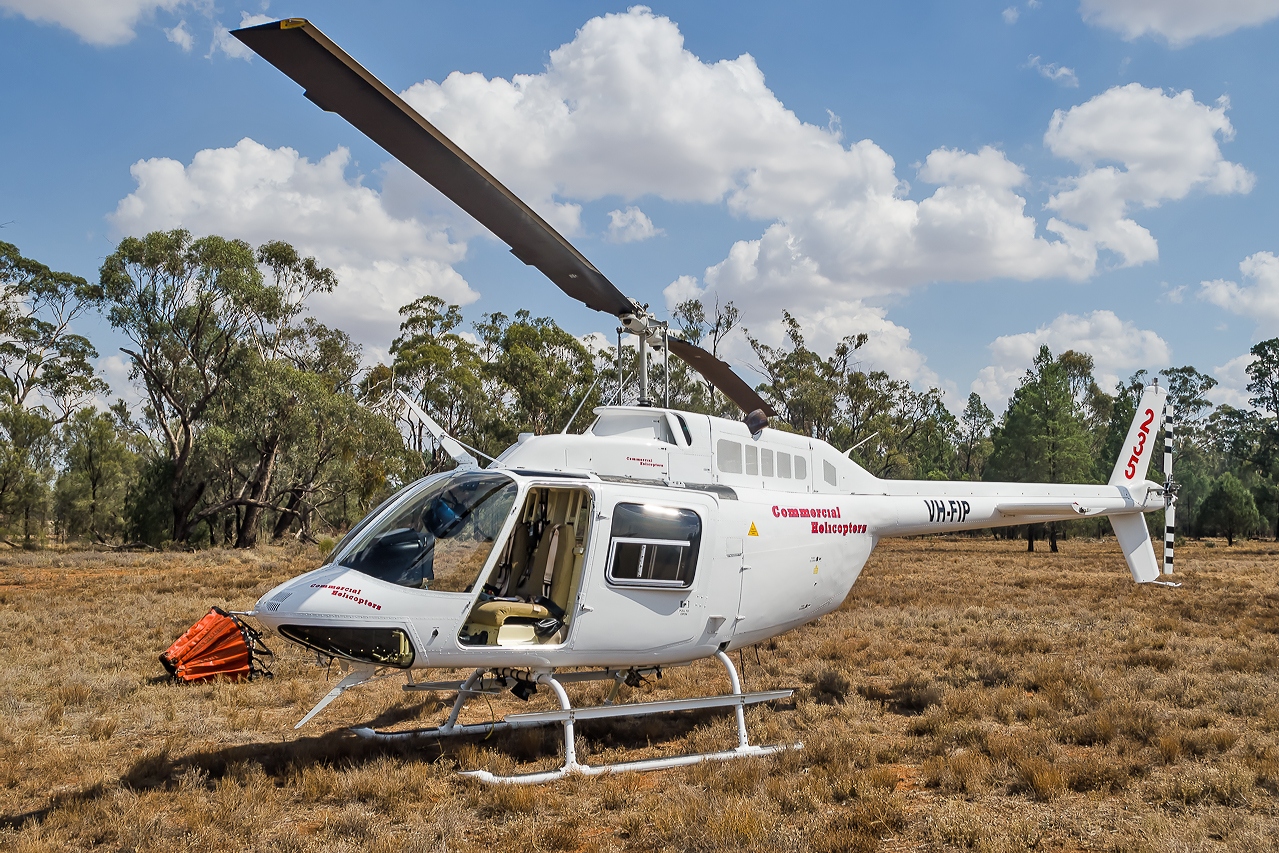
Commercial Helicopters based in Mudgee NSW, operate VH-FIP a Bell 206B. as Firebird 235. It is also has a Bambi bucket available for firefighting.
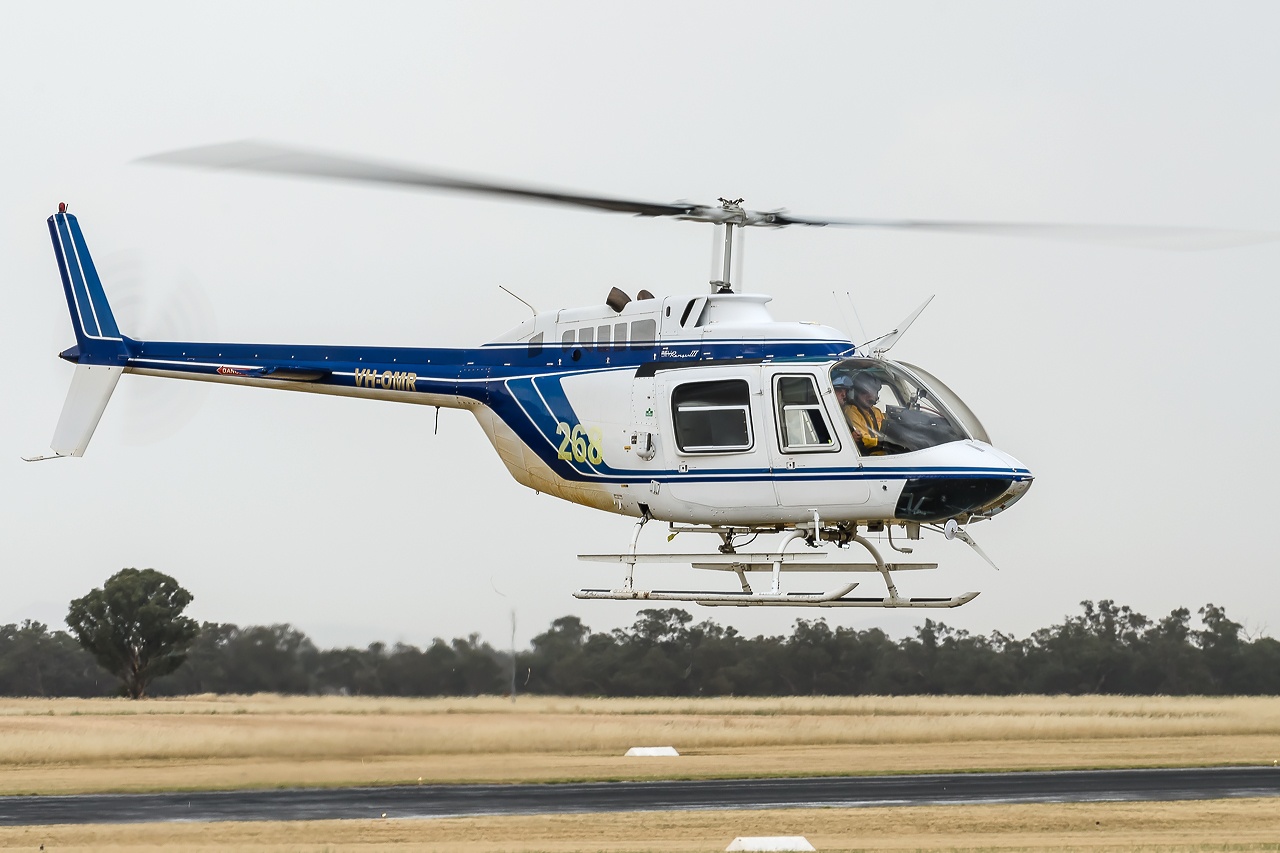
Another of Commercial Helicopters machines VH-OMR is another example of the 206B. Firebird 268 is seen departing for another mission. (Jayden Laing Photo)
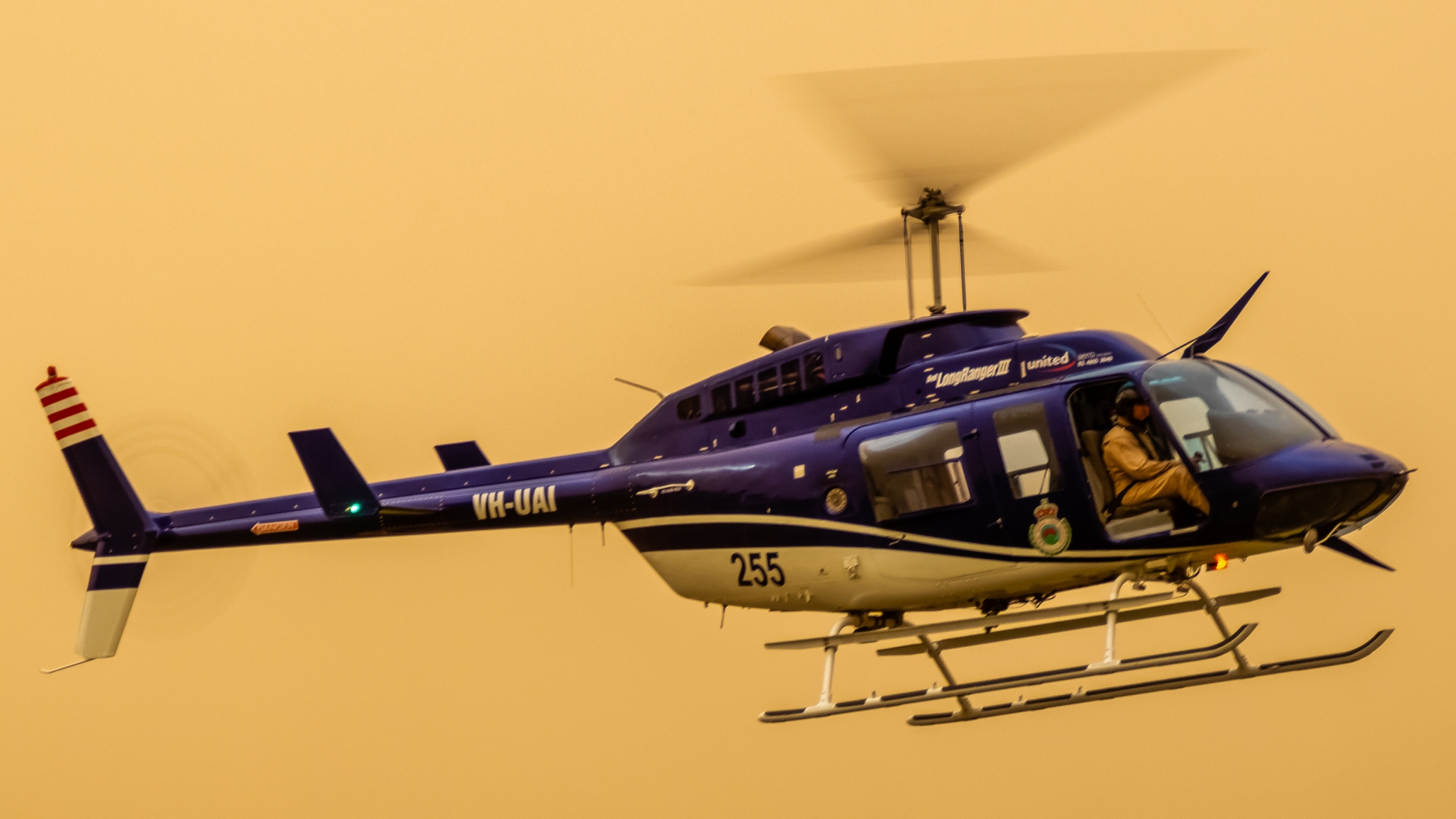
Aviation Utilities based at Camden, operate VH-UAI as Firebird 255.

Air Precision in Coffs Harbour operate Bell 206 VH-ANC. Previously used by Japanese Tottori Prefecture Police between September 1991-October 2013

Commercial Helicopters based in Mudgee operate VH-JOW. Flying as Firebird 210.

Pay’s 206 VH-UTG flies as Firebird 213. Seen here at its Scone home base. (Jayden Laing image)

Sydney Helicopters, operate Bell 206B VH-BLR as Firebird 231. (Jayden Laing Image)

Aerial Agriculture operate Firebird 259 a Bell 206L-3 VH-HTU. (Mark Jessop Photography)
Bell214ST
Australia’s first Australian owned non restricted type 1 helicopter N319AL became Helitak 401 this season. Owned by McDerrmott Aviation the machine is able to carry up to 14 passengers and is fitted with a 3,500 litre Belly Tank which has a 44 second fill time. A transit speed of 160 knots without Belly Tank and 120 knots with the belly tank. It can also use a 3,400 litre Bambi Bucket should the fire call for it. Helitak Fire Fighting Equipment, designed and installed the tank known as the HELITAK FT3500. The development team designed and completed the project in record time and the first two tanks will fly under McDermott aircraft.
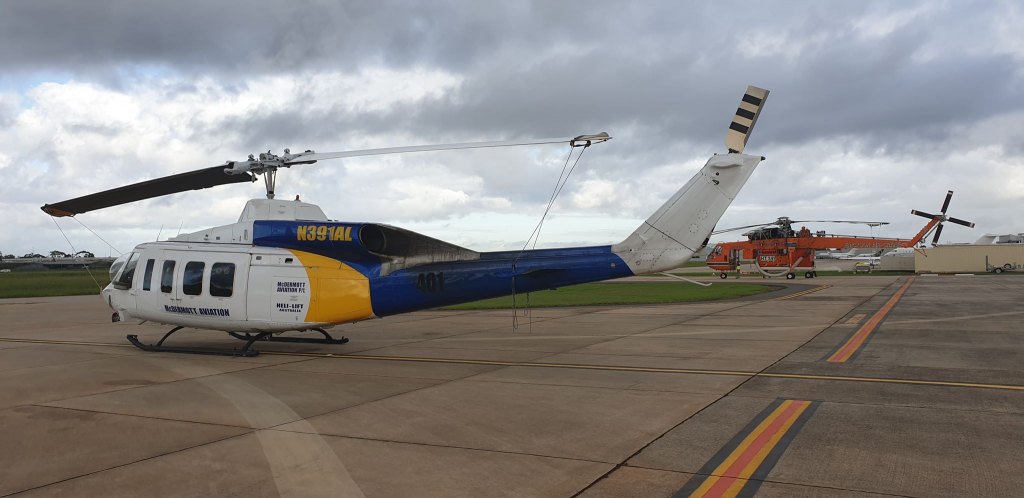
N391AL sits at Essendon Airport. (Image by David Brown)
Bell 212
The Victorian Government has contracted, through NAFC, six Bell 212 helicopters for the 2019-20 fire season.
The Bell 212 helicopter is a medium weight twin engined helicopter. It is a modern derivative of the Bell UH-1 “Huey” helicopter. It is used by fire agencies primarily for firebombing and insertion of fire crews into remote areas. Other roles include transport and utility missions carrying the pilot and up to fourteen passengers or crew depending on the mission.
The 212 may also be fitted with two line rappel system or winch. With this equipment the aircraft is used to insert specially trained firefighting into fires that cannot be quickly accessed by road or foot. The rappel system also includes a cargo arm that allows a crewman on board the helicopter to lower cargo to fire fighters on the ground.
Kestrel Aviation, Valhalla and Microflight all operate the type, with its power and versatility the type is well suited for fire fighting operations.
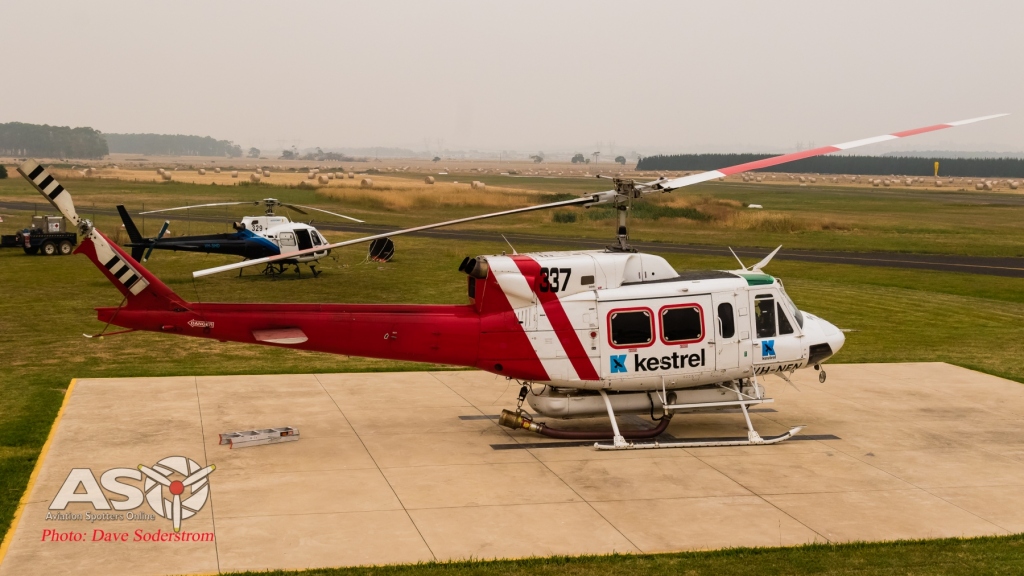
VH-NEN, part of the Kestrel fleet, flies as Helitak 337 and is seen here at Firebase Latrobe.

VH-KHO, part of the Kestrel fleet, flies as Helitak 333 and is seen here at Firebase Heyfield.

VH-KHO, is seen earlier in the season while operating in NSW. (Jayden Laing photo)
ValValhalla Helicopters, brought Bell 212, C-GIUP to operate as Helitak 251 this season.
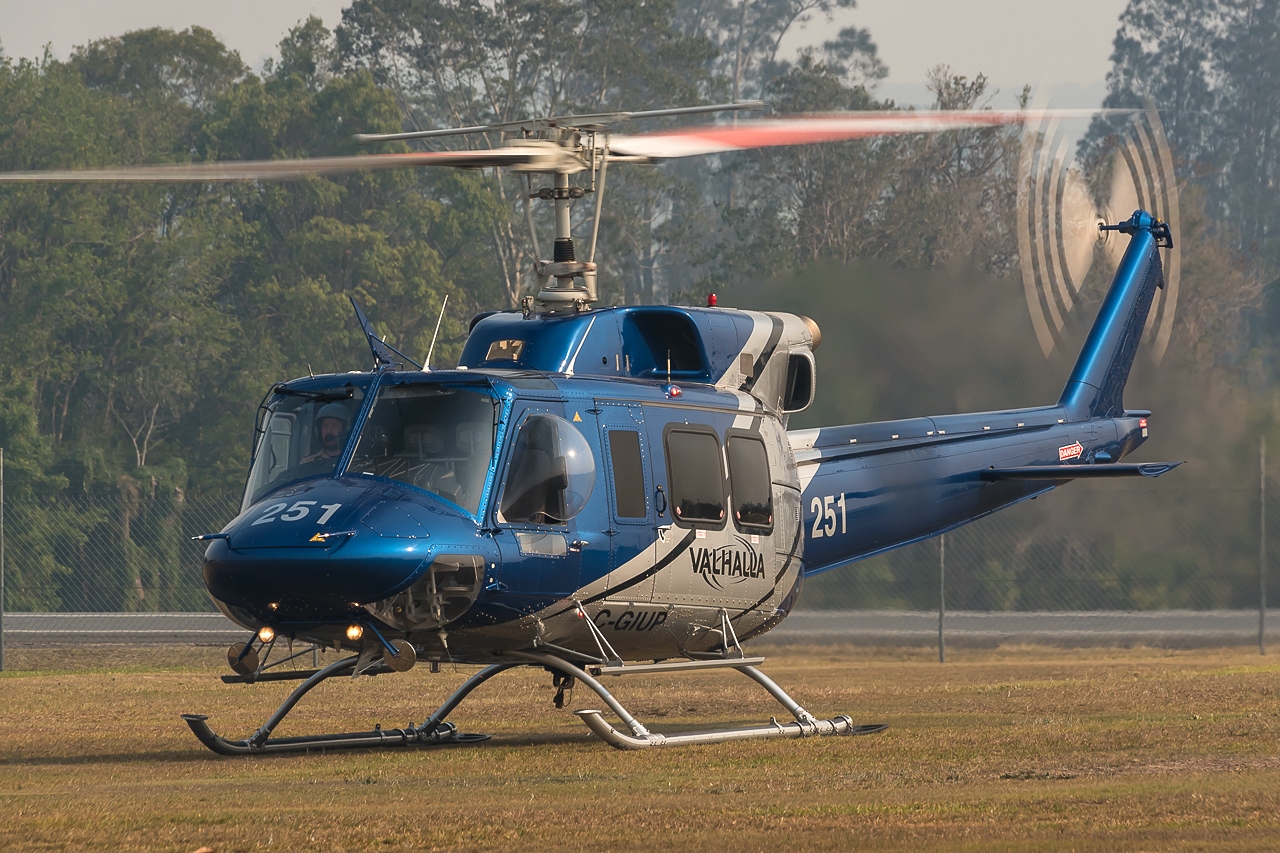
Helitak 251 C-GIUP is seen about to conduct a check flight. (Jayden Laing photo)
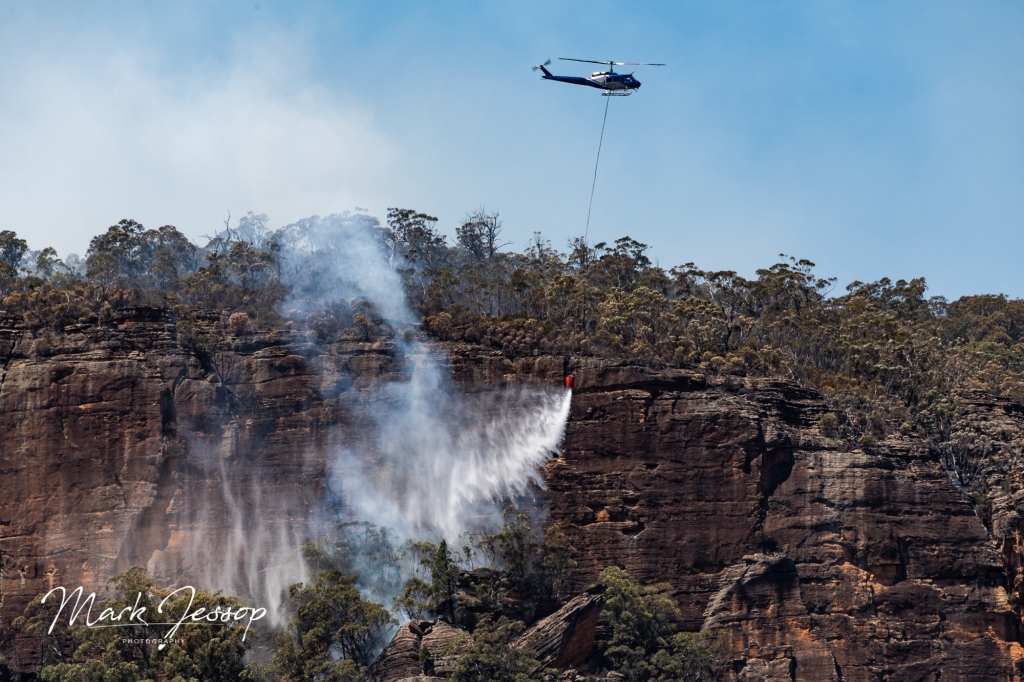
Helitak 251 is seen dropping on the fire in Glen Dave Fire. (Mark Jessop Photography)
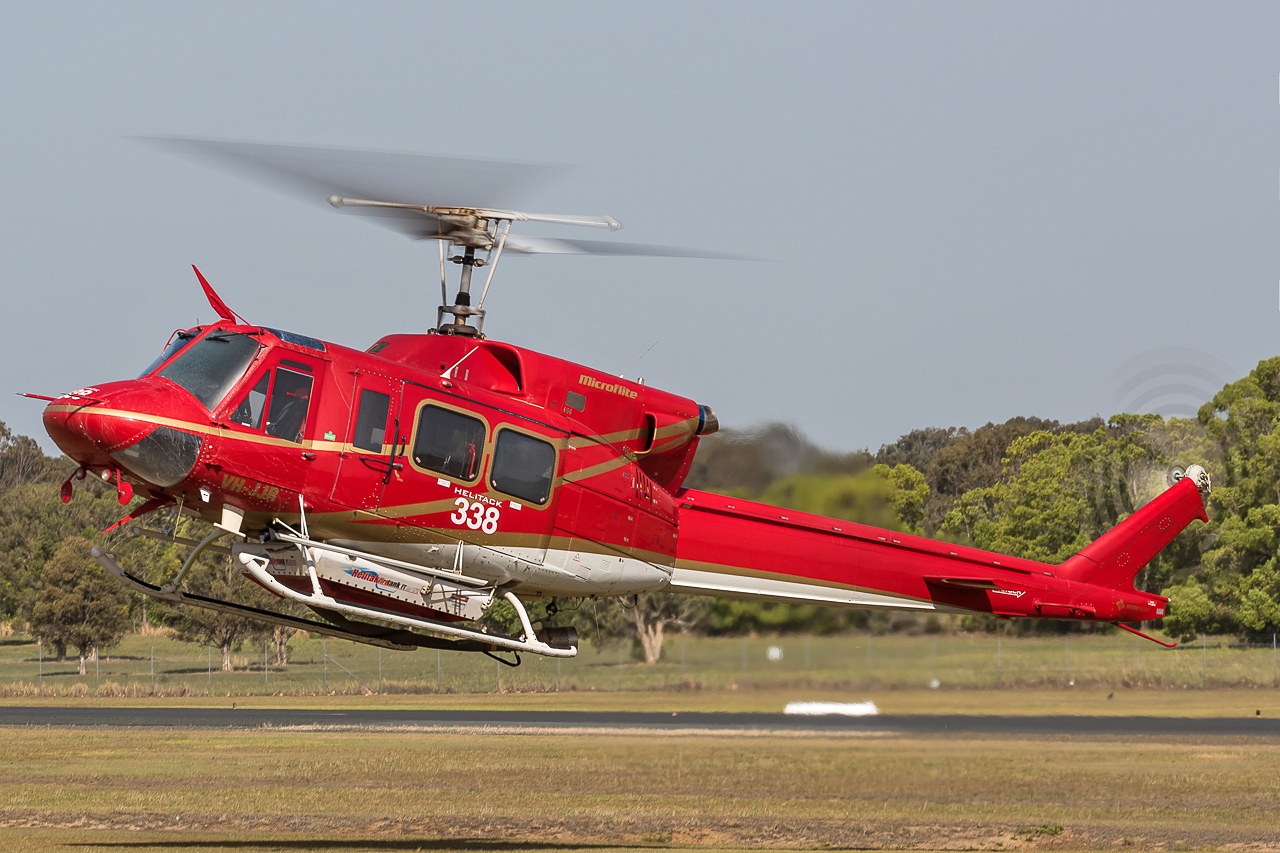
Built in 1986 for the Royal Thai Army. It then became the personal transport for HRH Crown Prince Maha Vajiralongkorn. Imported into Australia in 2008 it is part of the Microflight fleet based at Moorabbin Airport in Victoria, flying as Helitak 338. (Jayden Laing photo)
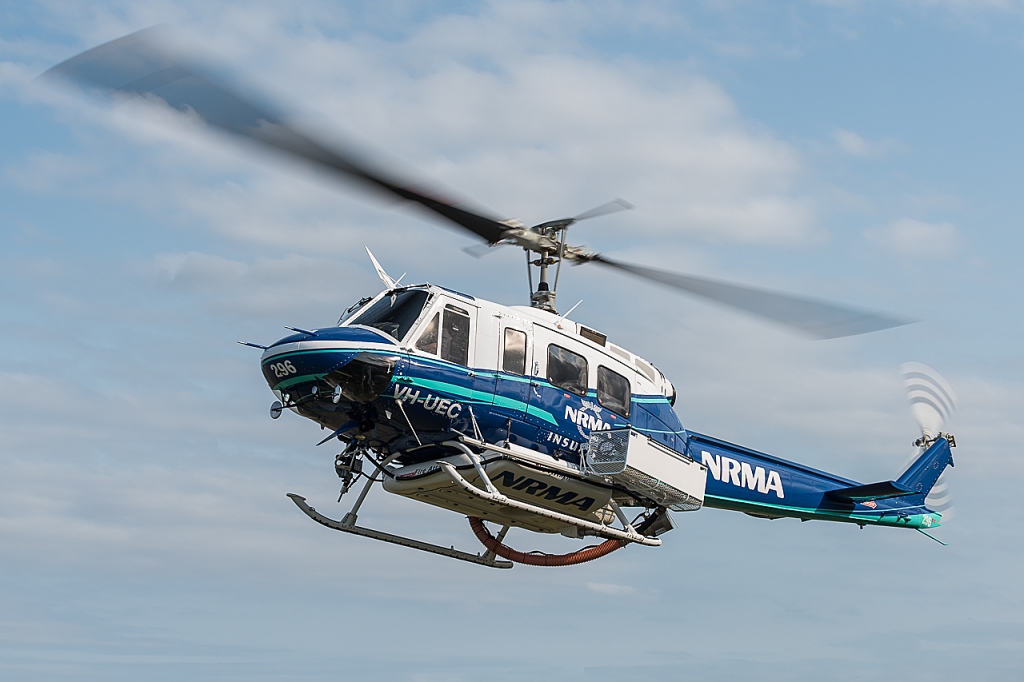
A unique version of the Bell 212 is EPS Helicopter Services, VH-UEC Helitak 296. The “Asset Protection” aircraft is an Eagle Single — a single-engine Bell 212 that was then customised by Eagle Australasia to be able to spray Thermo-Gel fire retardant with extreme accuracy at up to 230 feet (70 meters). The system includes the fire monitor housed on a Meeker Aviation mount, a 1,400-liter Simplex belly tank, a modified DART basket that contains a 170-psi diesel pump, and a standard 90-gallon auxiliary fuel tank converted to house the Thermo-Gel.
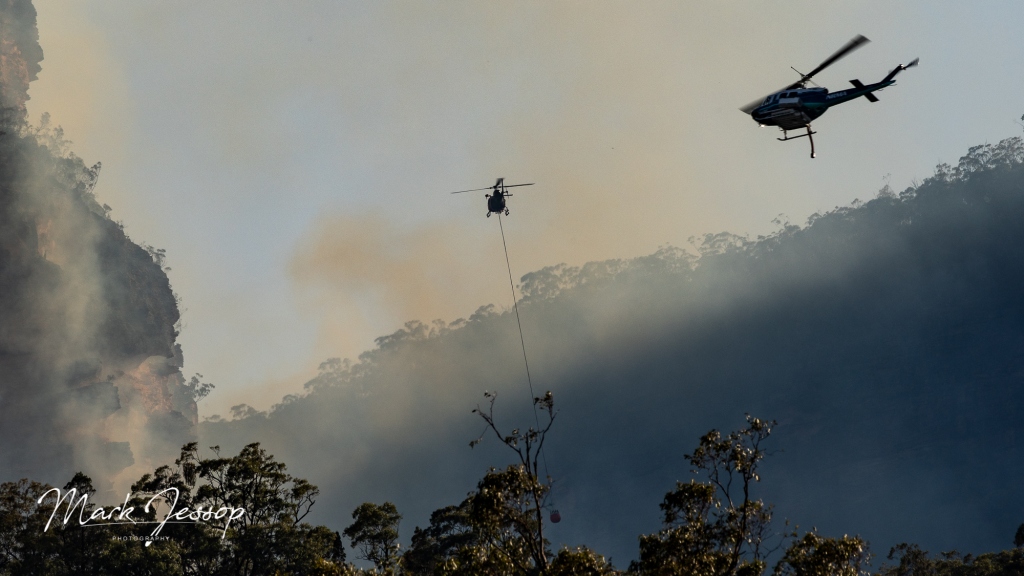
VH-UEC is seen here working a fire in NSW. (Mark Jessop Photography)

Air Precision based in Coffs Harbour, operate VH-LLZ as Helitak 262. (Jayden Laing Image)
Bell 214
The Bell 214B helicopter is the largest, most powerful single engined helicopter in the world. It is used by fire agencies primarily for firebombing, passenger and cargo transport and utility missions carrying the pilot and up to 14 passengers depending on configuration.
The 214B is typically fitted with ‘Tsunami’ firebombing belly tank. With this fitted the pilot can fill 2650 litres of water in approximately 35 seconds. To this they can mix a measured quantity of fire fighting suppressant foam to increase the effectiveness of the load when it is dropped on a fire. Pilots can hover fill from quite small water sources including rivers, dams, ponds and swimming pools, however they do need a reasonable clearance around the filling point to avoid damage or disruption due to the substantial down wash from the aircraft rotor and to give the aircraft a clear path to approach and depart.
The 214B is also used for transport of passengers and cargo. Some aircraft are fitted with extra high skids to allow them to land in long grass and other low vegetation in remote areas where constructed helipads do not exist.
The State Governments of Australia have contracted, through NAFC, twelve Bell 214B helicopters for the 2019-20 fire season
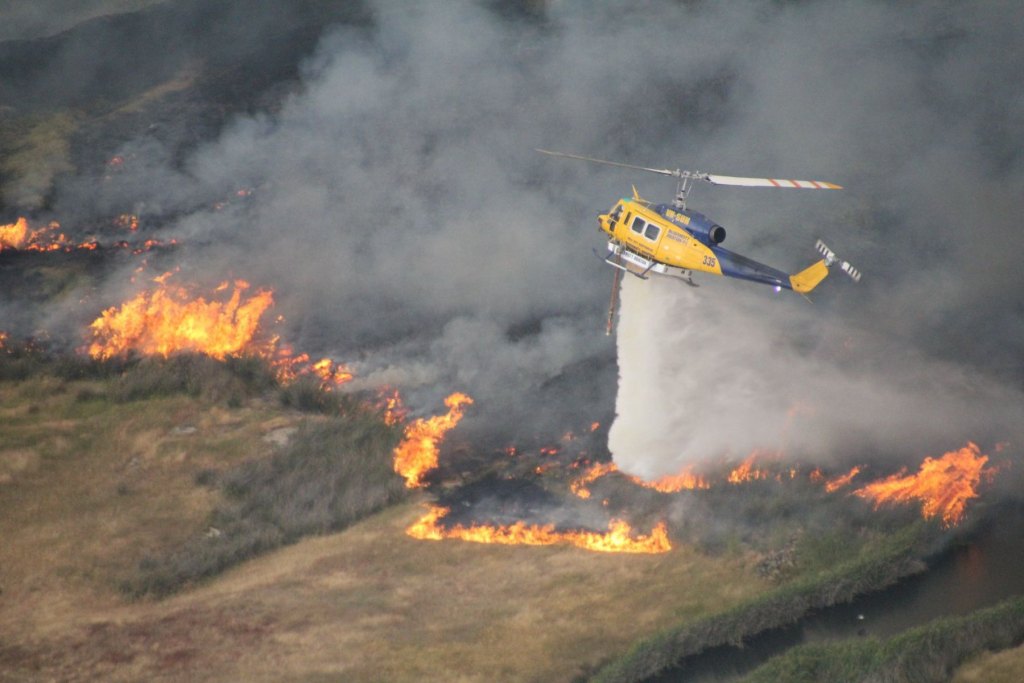
VH-SUH, Helitak 335 is seen at work on a fire in Victoria. (Wayne Rigg Image)

VH-SUH, Helitak 335 is seen at work on a fire in Victoria. (Wayne Rigg Image)
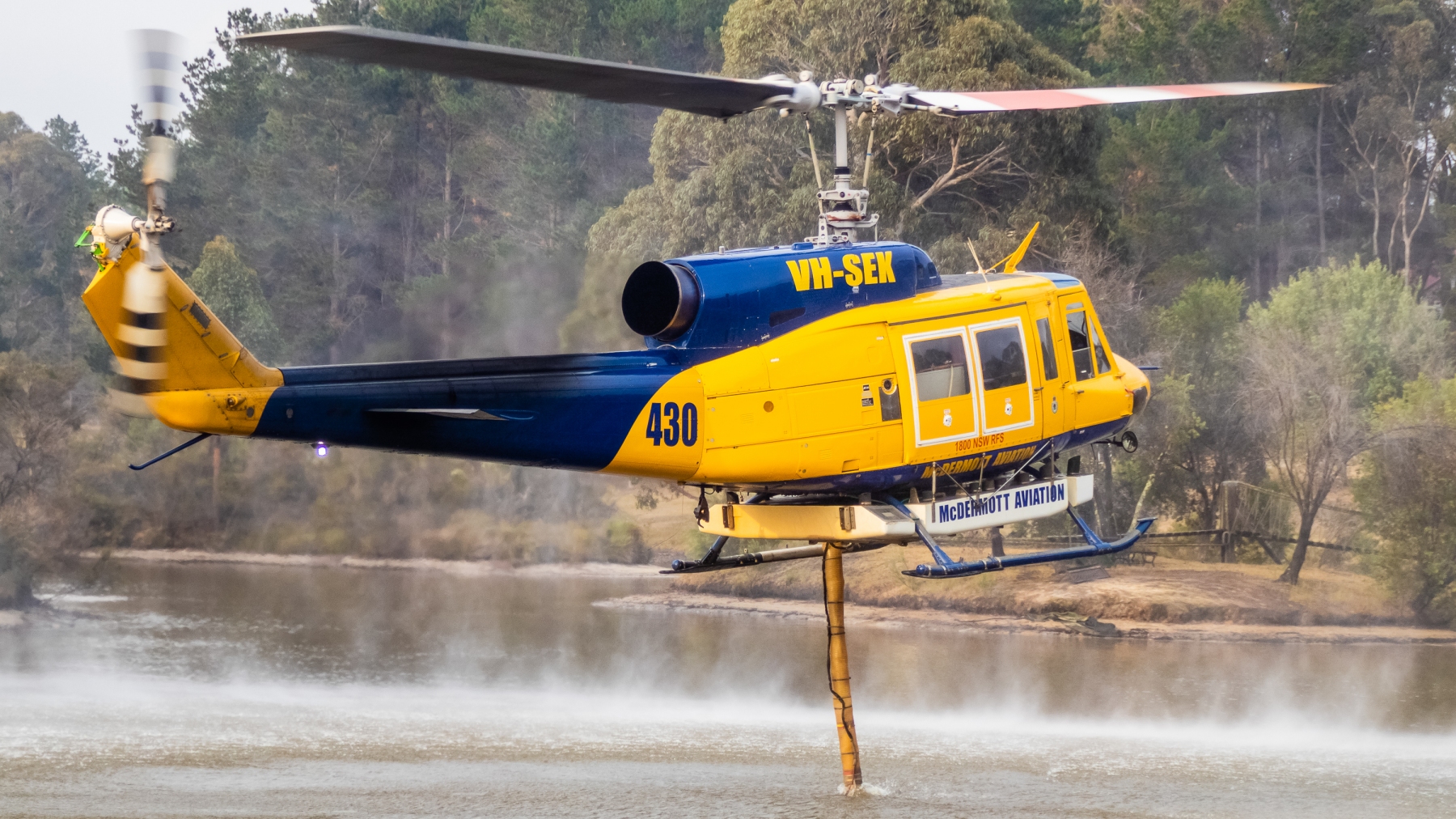
VH-SEK is one of thirteen Bell 214B machines McDermott Aviation operate, making it by far the worlds largest Bell 214B operator. (Glen Greathead Image)
Bell 412
The Bell 412 helicopter is a medium weight twin engined helicopter. It is a modern derivative of the Bell UH-1 “Huey” helicopter. Used by fire agencies primarily for firebombing and insertion of fire crews into remote areas. Other roles include transport and utility missions carrying the pilot and up to eleven passengers or crew depending on the mission.
The 412 can be fitted with a winch capable of lifting a 270kg load on a 75m cable or with a two line rappel system. With the rappel system or winch the aircraft is used to insert remote area firefighting teams into fires that cannot be quickly accessed by road or foot.
The NSW and Victorian Governments have contracted, through NAFC, five Bell 412 helicopters for the 2019-20 fire season. Operators like Kestrel, Wildcat, Sydney Helicopters all operate the type.
NSW RFS has purchased two examples which will be operated and flown by Coulson Aviation for season 2020/21.
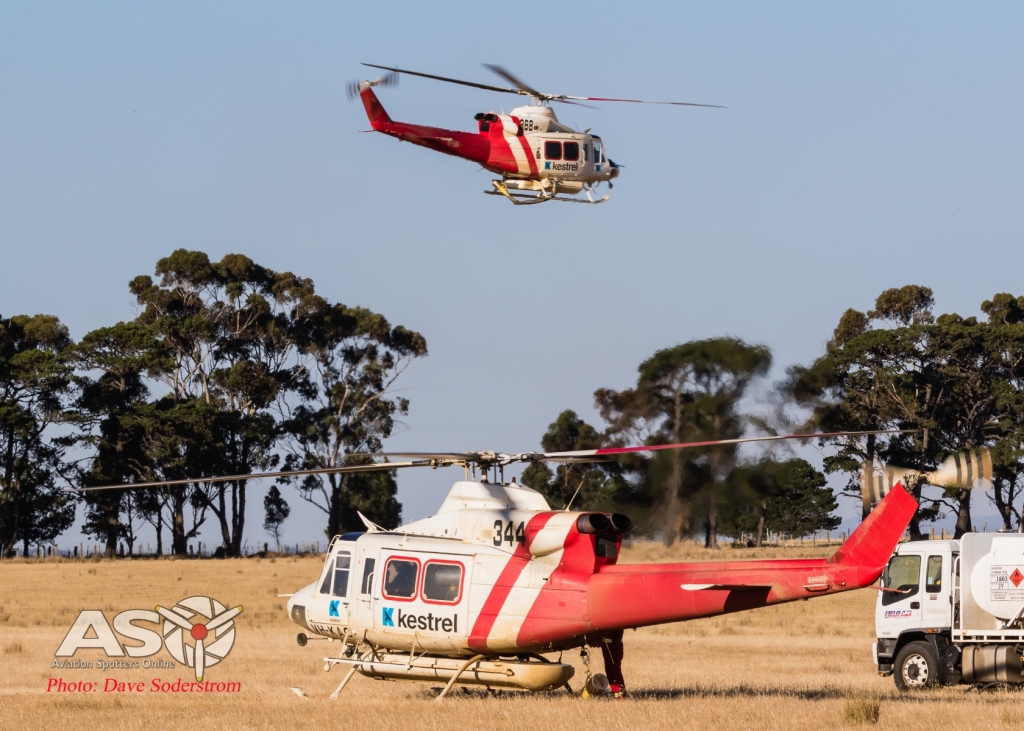
Two Kestrel birds, at work on a fire at Sunbury. Hot refuels allow for quicker returns to the fire ground.


VH-ESB is a new comer to the Kestrel fleet. This 1994 build airframe has been in Australia most of its life. It flies as Helitak 368.

Dropping in on the Sunbury blaze.
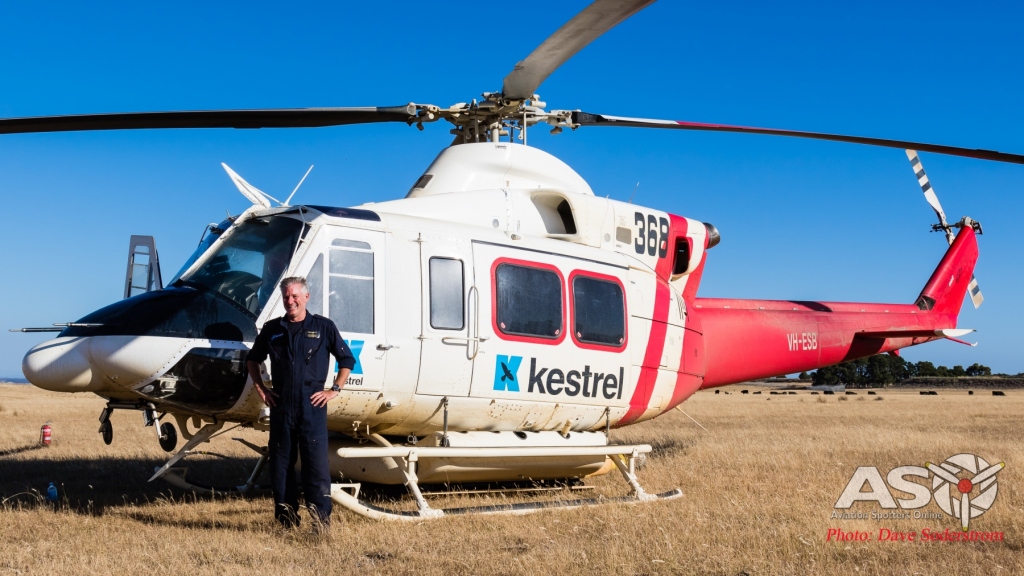
Grant Hislop from Canada, is one of the pilots who has come to Australia this fire season to assist.

Kestrel’s Helitak 334 flies as VH-KHW. Originally built for the Japanese Fire and Disaster Management Agency as JA6792. Flying from the Aichi Prefecture, as part of the Disaster Prevention Air Corps From June 1996 until joining Kestrel’s fleet in April 2018. (Wayne Rigg Image)
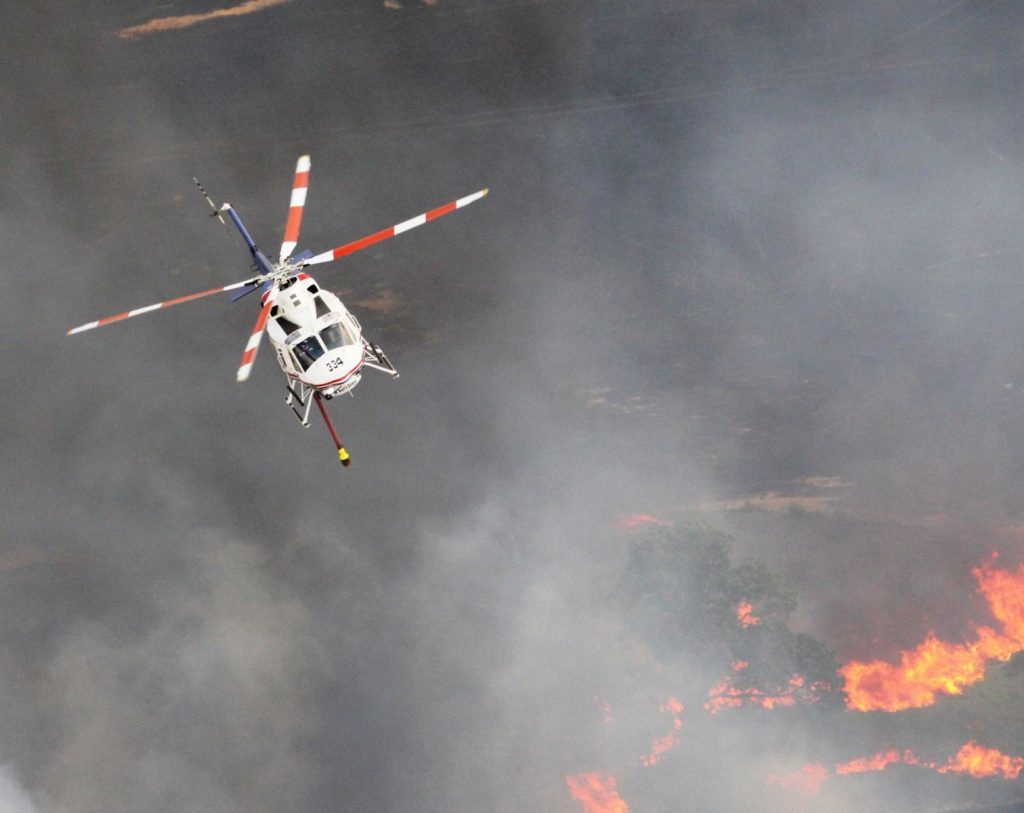
Kestrel’s Helitak 334, VH-KHW at work on a fire in Victoria. (Wayne Rigg photo)
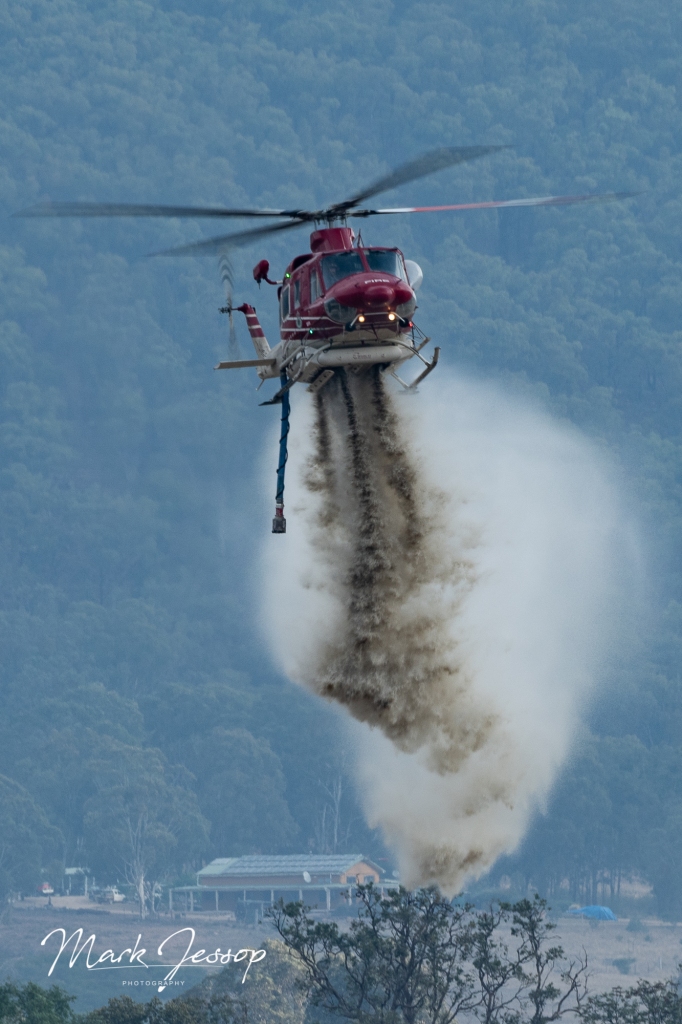
Wildcat Helicopters, Helitak 273 seen attacking a fire. (Mark Jessop Photography)

Bell 412SP C-GBND became Helitak 273 (Glen Greathead Image)
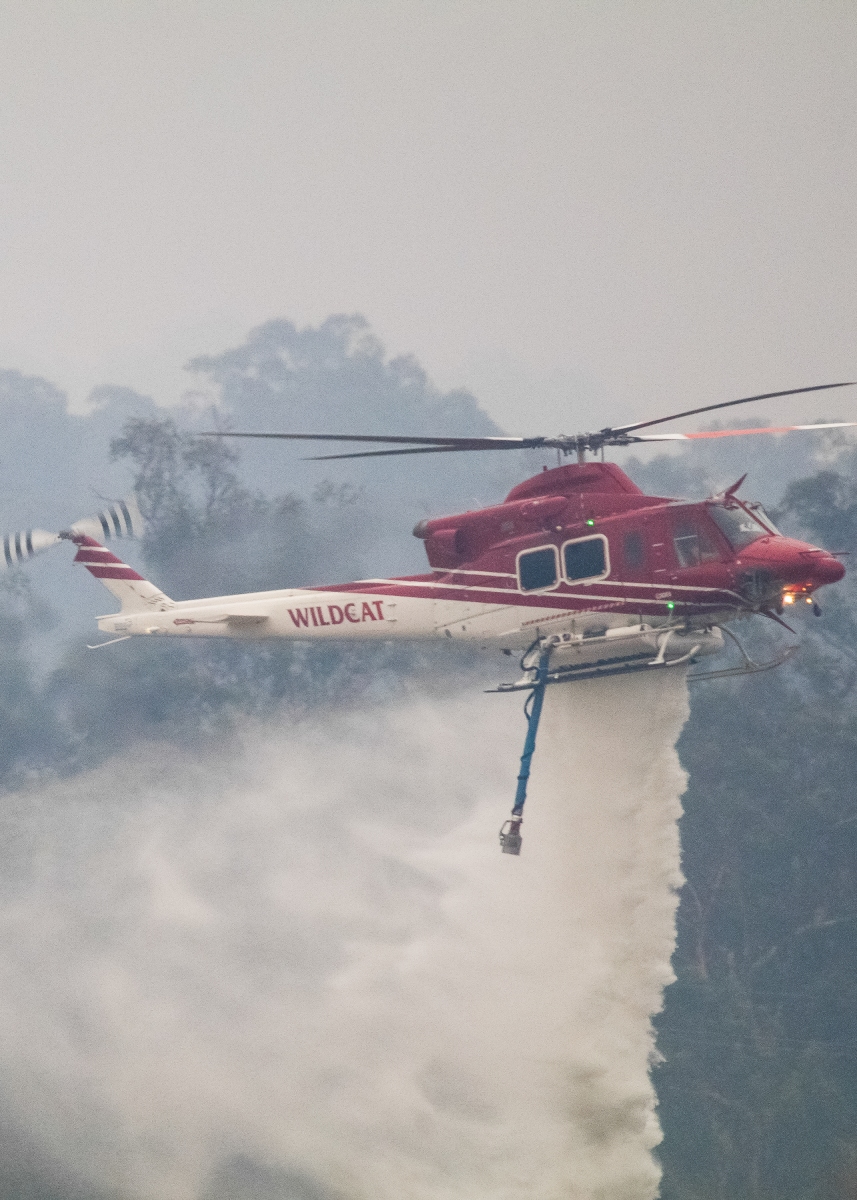
C-FWTQ a Bell 412 became Helitak 274, seen here dropping on a fire in NSW. (Glen Greathead Image)
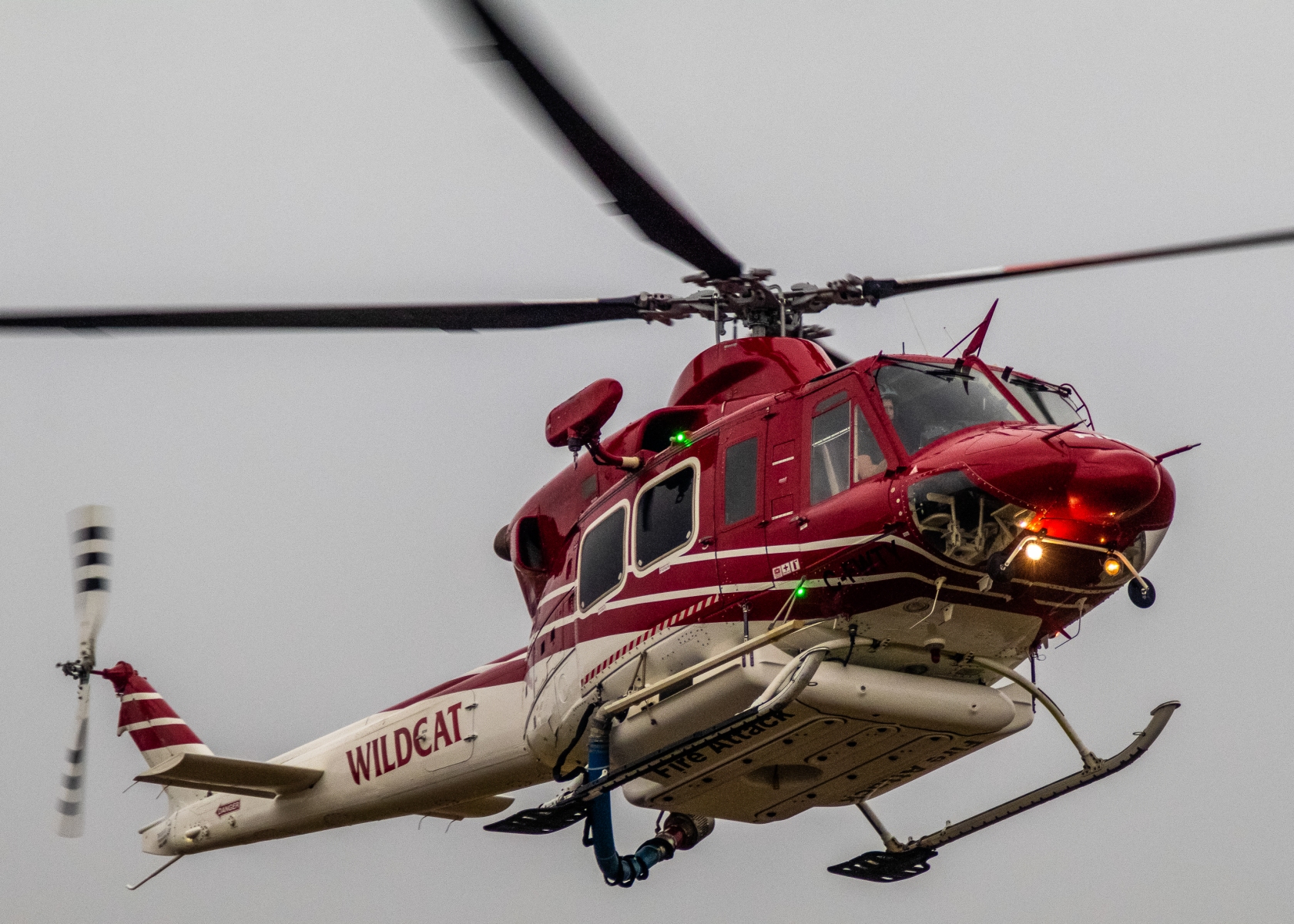
Bell 412SP C-FWTY, Helitak 275 coming to land at Camden. (Glen Greathead photo)

Bell 412SP C-GBND Helitak 273 (Glen Greathead Image)

Sydney Helicopters based at Rosehill in NSW. Operate VH-NSC as Helitak 270. This machine has been in Australia since 1986. Imported by the now infamous National Safety Council of Australia (NSCA) until 1989. (Jayden Laing Image)
Bell 407
A couple of examples of Bell’s 407 are in operation around Australia. It is a four-blade, single-engine, civil utility helicopter; a derivative of the Bell 206L-4 LongRanger. The 407 uses the four-blade, soft-in-plane design rotor with composite hub developed for the United States Army’s OH-58D Kiowa Warrior instead of the two-blade, semi-rigid, teetering rotor of the 206L-4. Truenorth Helicopters
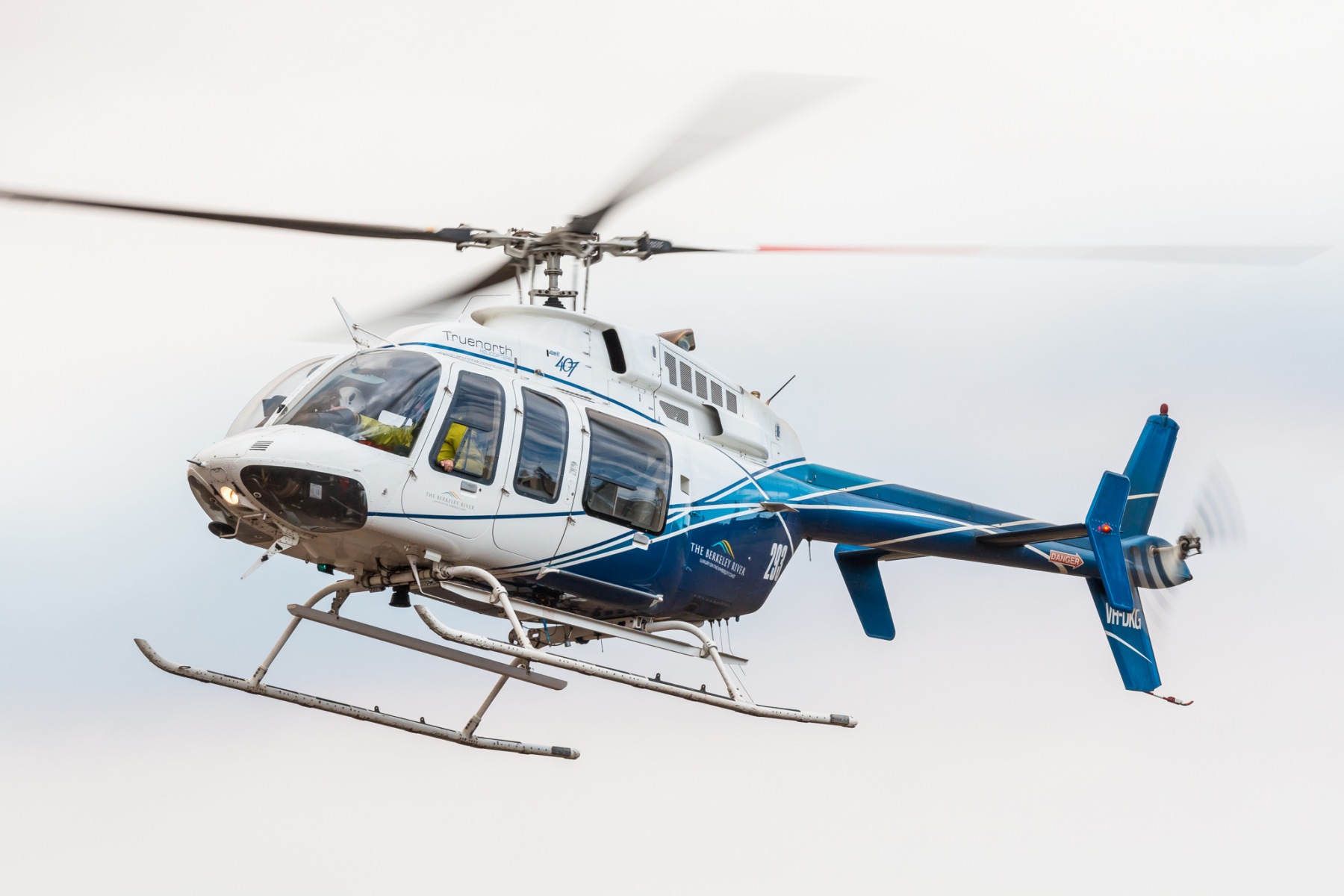
Truenorth Helicopters Bell 407 VH-DKG (Luke Priestly Image)
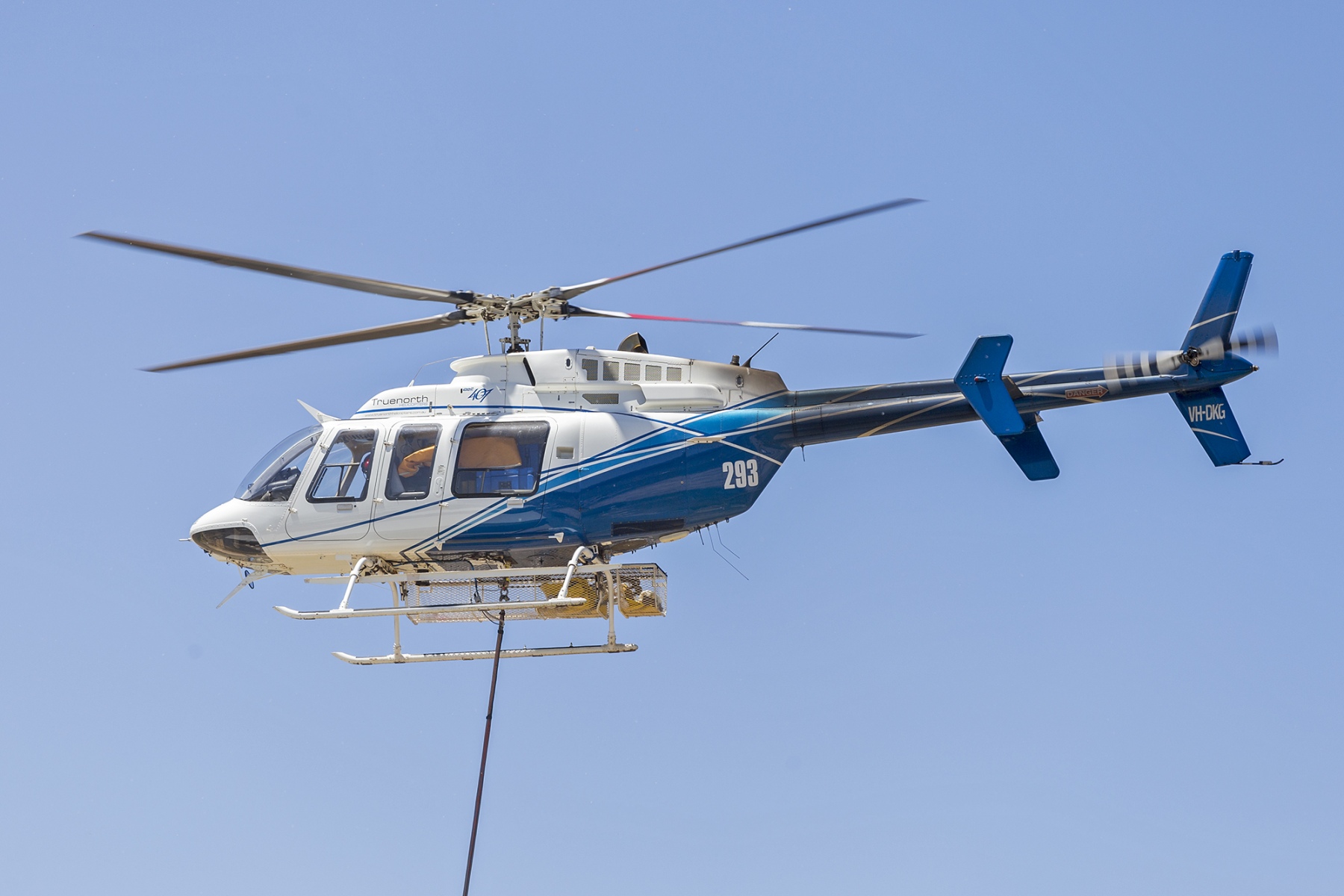
Truenorth Helicopters Bell 407 VH-DKG flies as Firebird 293 (Robert Myers Image)
Hughes Helicopters 369E
This helicopter is the single example in use during the fire season. The Hughes 369E is operated by Black Ops Helicopters from Mascot NSW. Flying as Firebird 225, the machine is used in the fire supervision role. The Hughes 369 later to become the MD 500 series began life in response to a U.S. Army requirement for a Light Observation Helicopter (LOH).
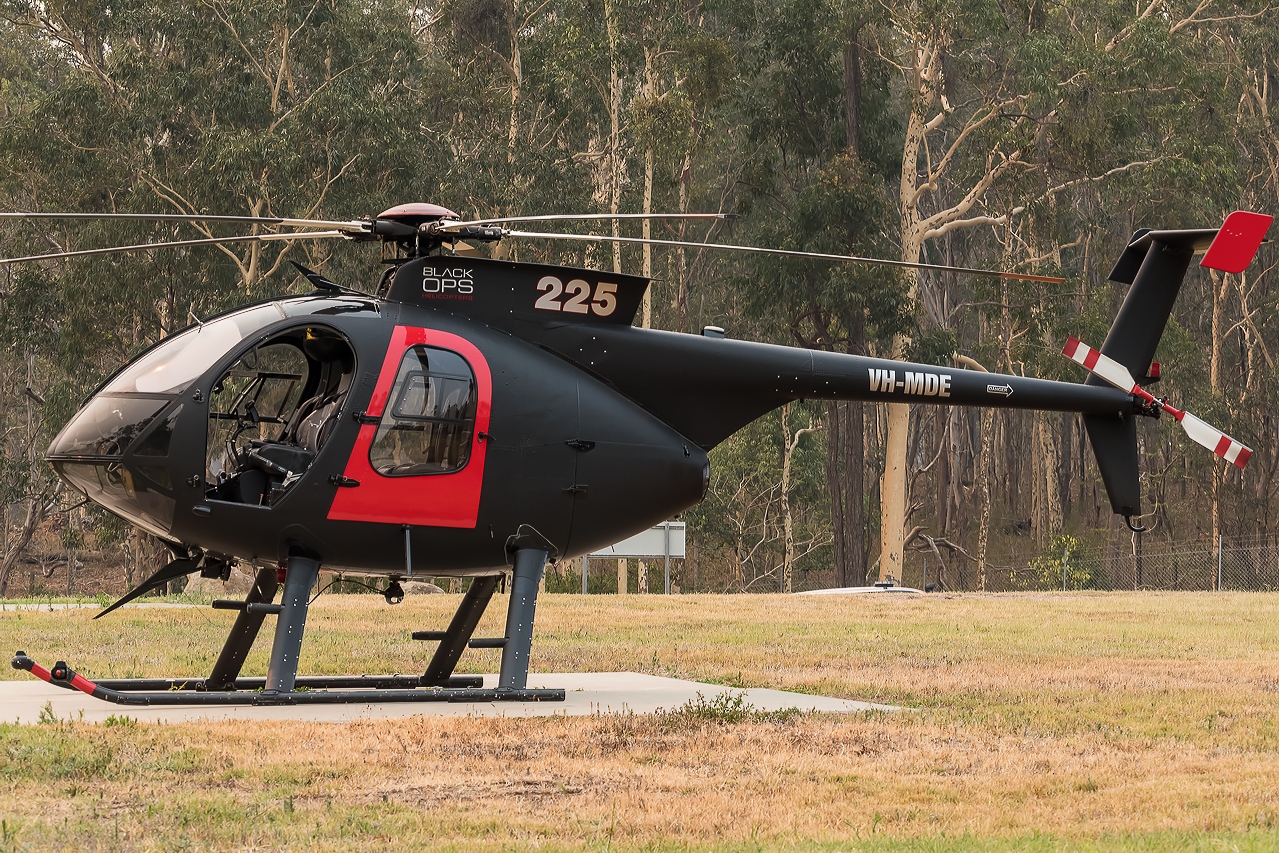
Airbus/Eurocopter AS350
The Australian State and Territory Governments have contracted, through NAFC, twenty Eurocopter AS350 helicopters (AS350B3 and other variants) for the 2018-19 fire season. The AS350 series is extremely popular as seen by the number of machines in use and the variety of operators of the type.
It is particularly well suited to fire fighting operations with its ‘hot and high’ performance allowing it to operate at or near its peak performance in typical fire conditions. When firebombing the AS350B3 can regularly pick up 900 litres of water in its firebombing tank or in an under slung bucket.
It is also used in the fire observation role, transport, and winching of fire crews into remote areas. Other roles include fire detection, reconnaissance and utility missions carrying the pilot and up to five passengers or crew depending on the mission.

Professional Helicopters based at Moorabbin Airport in Victoria operate a large fleet of machines. Including VH-AWK an AS.350BA, flying as Firebird 321.

Another Professional helicopters machine, VH-NDO flies as Firebird 301, and is seen here at Firebase Bairnsdale.

Paton Air’s VH-UAS flies as Firebird 311. It is seen here at Firebase Bairnsdale.
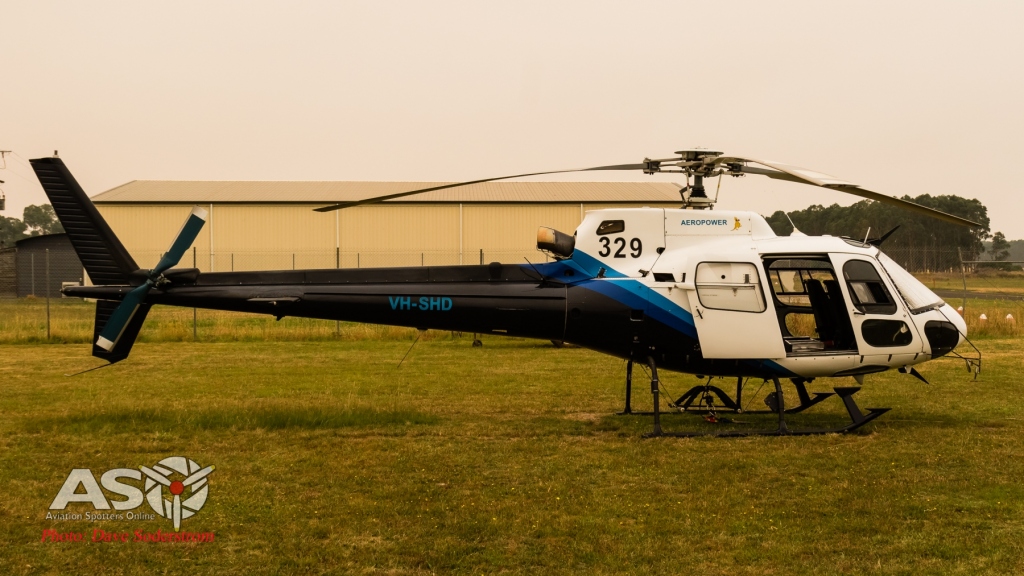
Aeropower Holdings AS.350B2, VH-SHD is seen again at Firebase Bairnsdale flying as Helitak 329.
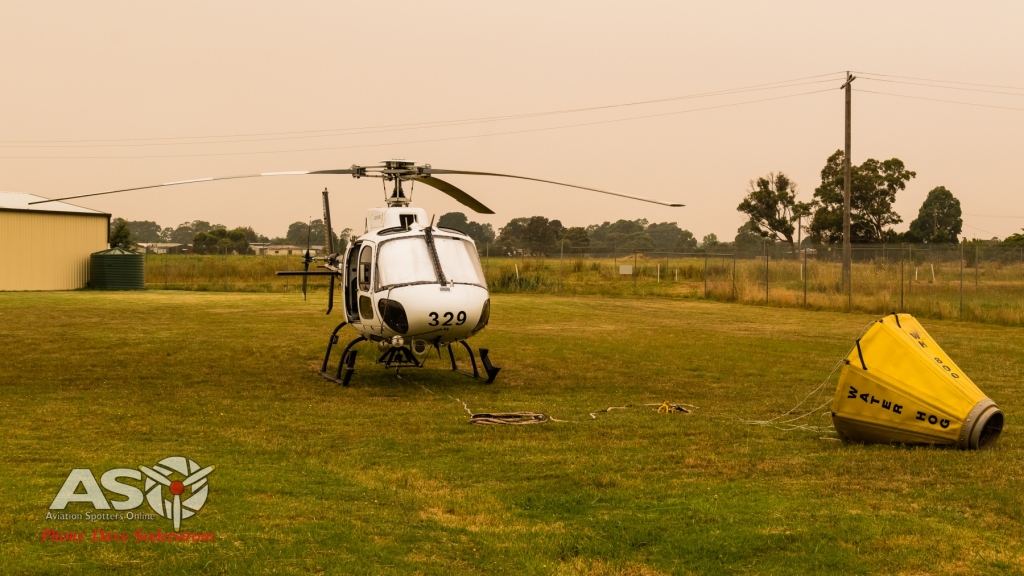

Touchdown Helicopters AS.350B2, VH-AGL flew as Helitak 224. (Jayden Laing photo)
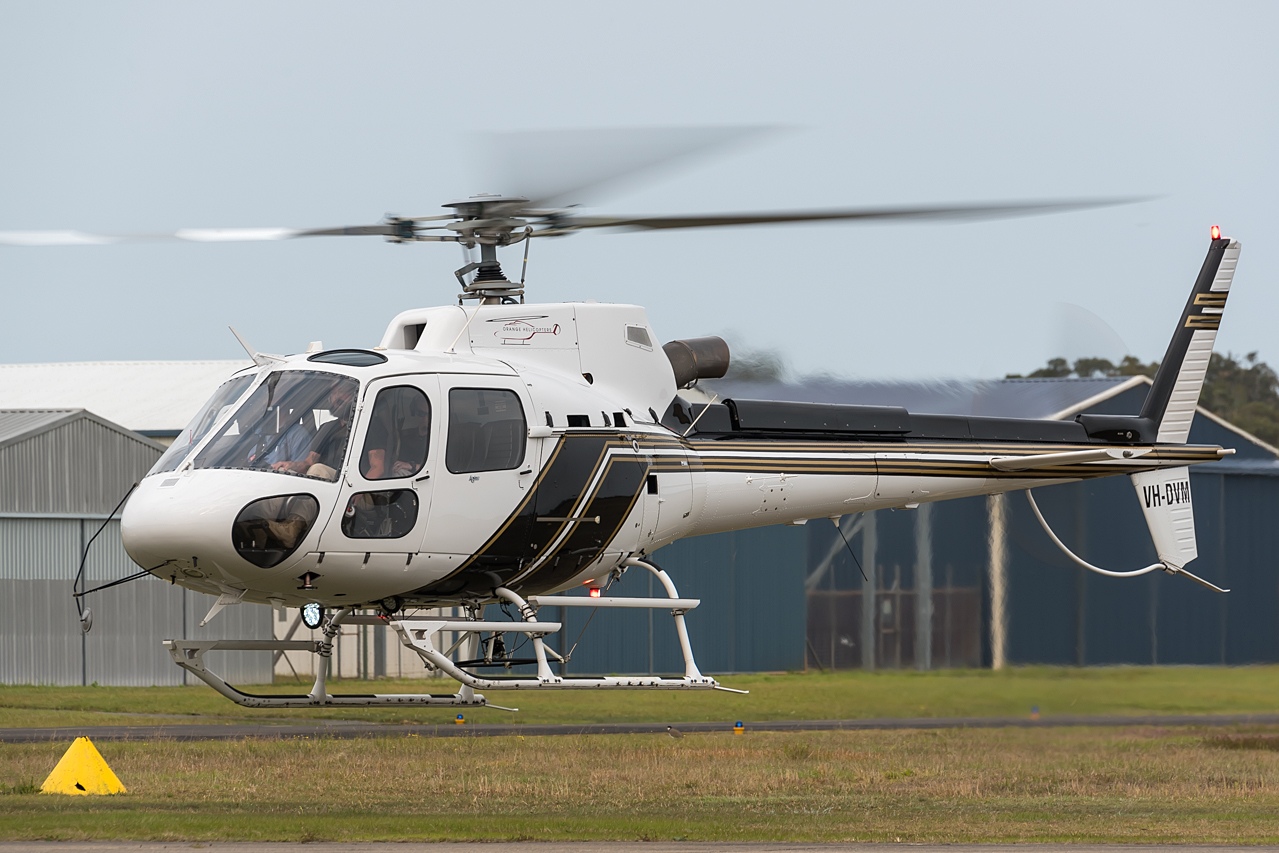
Orange Helicopters operate VH-DVM, a AS350B3 is an ex San Bernadino County Sheriff’s Department machine where it flew as N632SB. (Jayden Laing Photo)

Heli-Central from Emerald, operate VH-ZHM as Firebird 260. The company is CASA approved and authorised to carry out dropping of incendiaries for bushfire control & prescribed burning. (Jayden Laing Image)
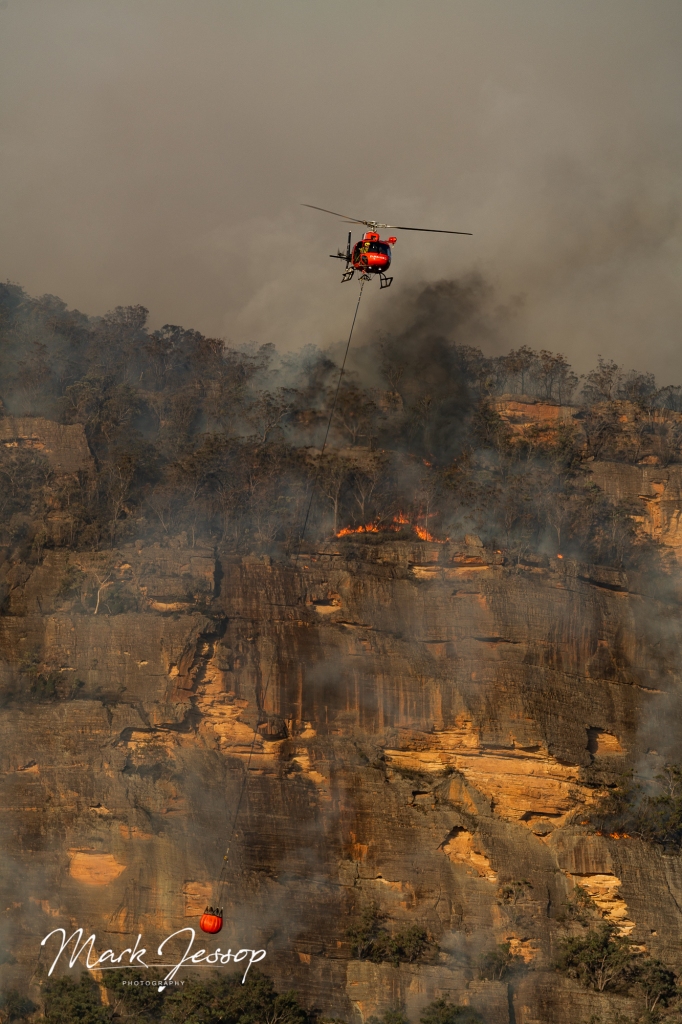
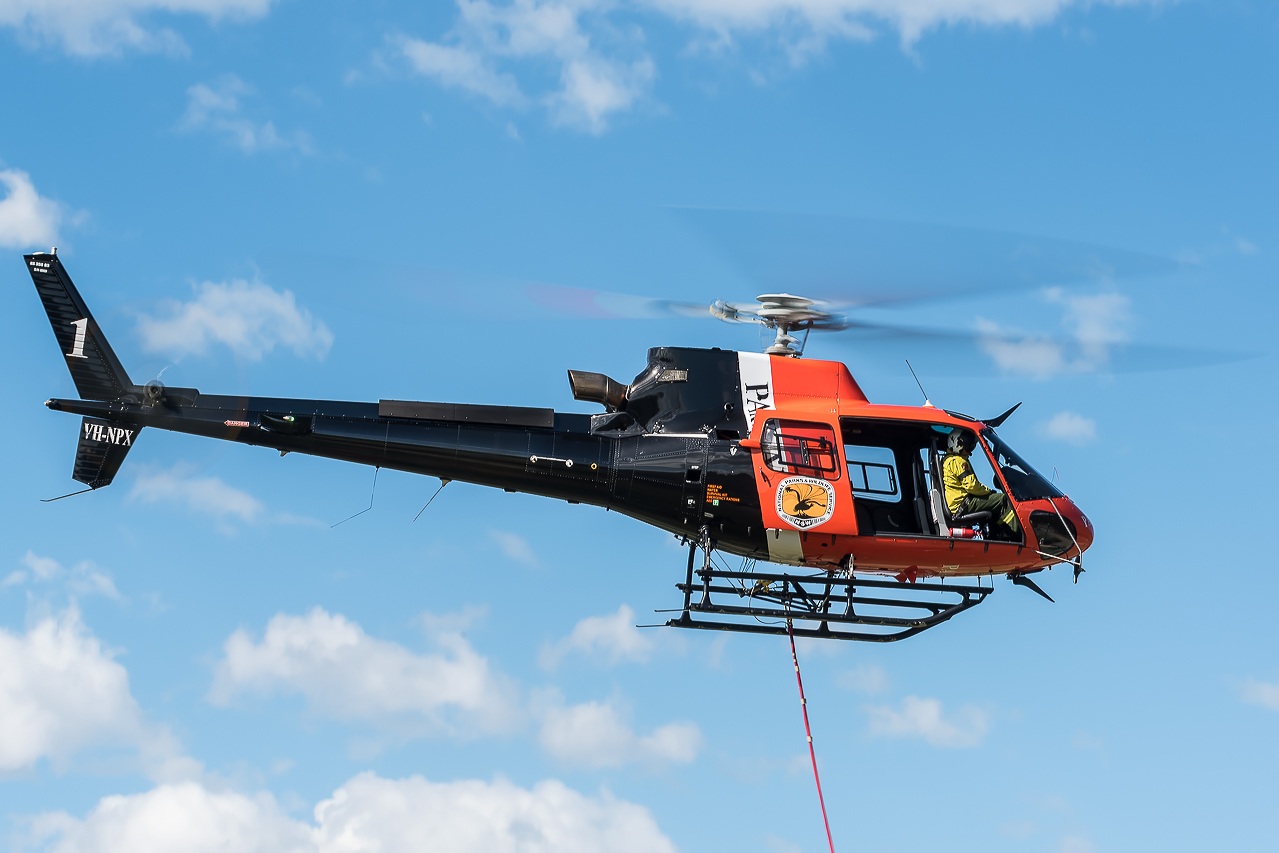
NSW National Parks and Wildlife Service, Airbus Helicopters H125, VH-NPX. supported fire operations in NSW this season. (Jayden Laing Image)
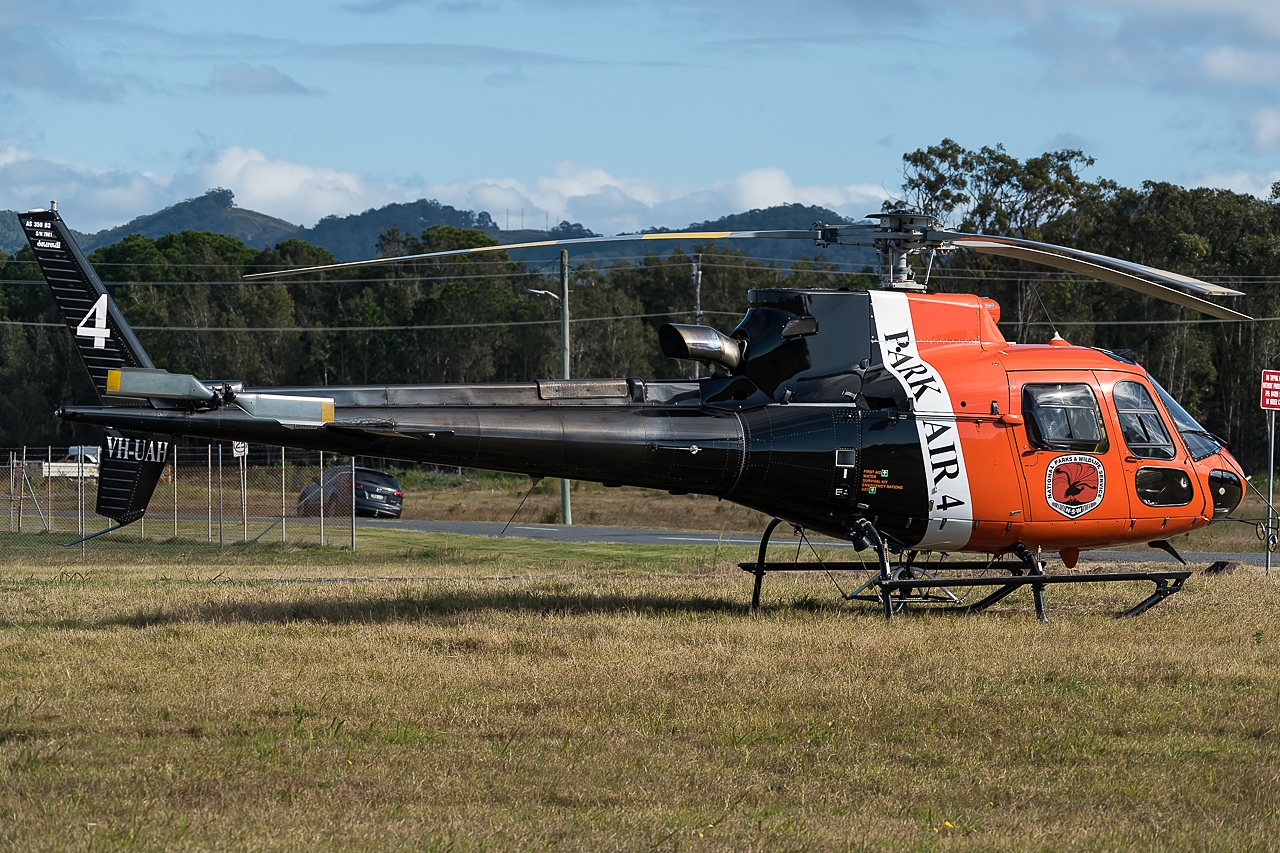
NSW National Parks and Wildlife Service, Airbus Helicopters H125, VH-UAH. supported fire operations in NSW this season. (Jayden Laing Image)

Hunter Valley Helicopters, are based at Cessnock Aerodrome. This is VH-XGC flies as Firebird 283. (Jayden Laing Image)

Skyline Aviation Group operate AS.350BA VH-EGJ as Firebird 285. (Jayden Laing Image)
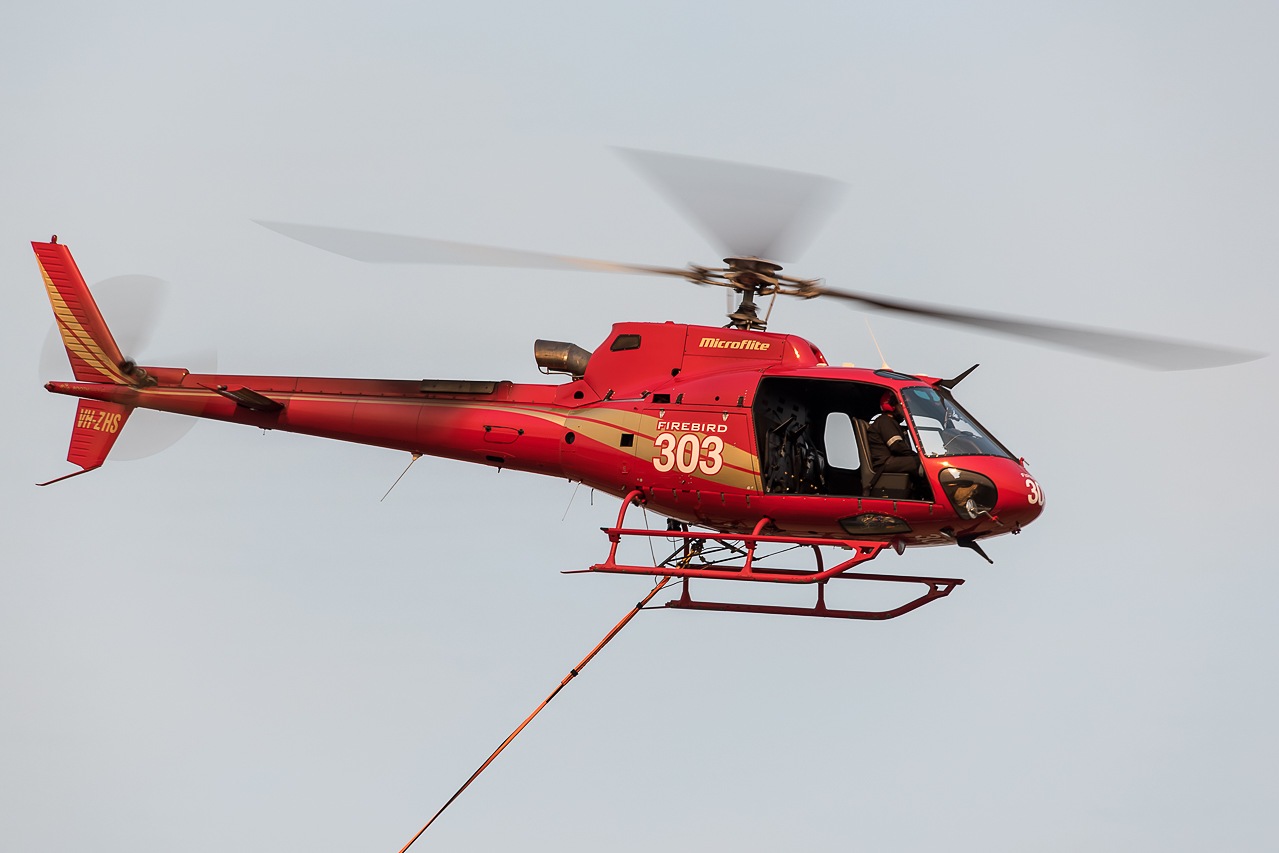
Microflight operate many of the Squirrel, including AS350B3 VH-ZHS. It flies as Firebird 303. (Jayden Laing Image)
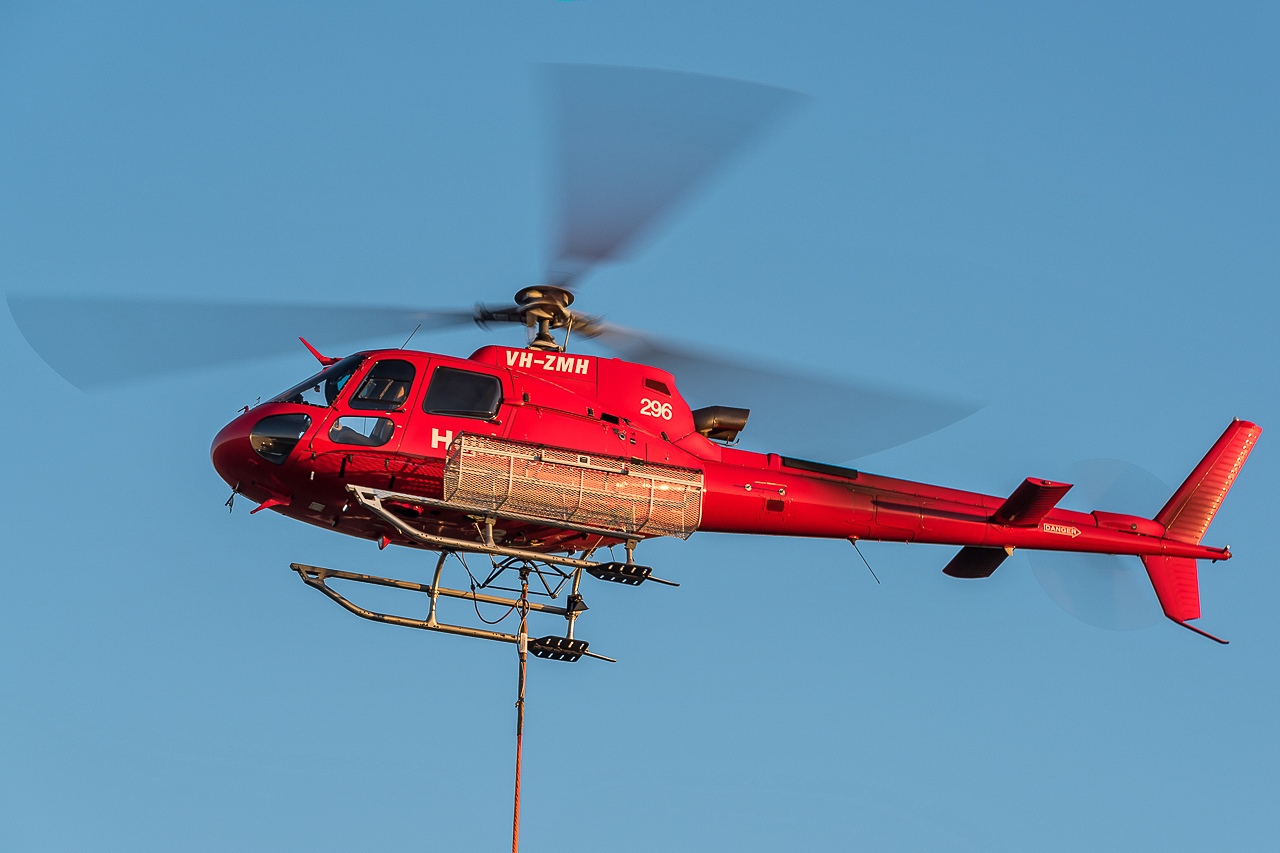
Heli Surveys based in Jindabyne NSW operate AS350B3 VH-ZMH. It flies as Helitak 296. (Jayden Laing Image)
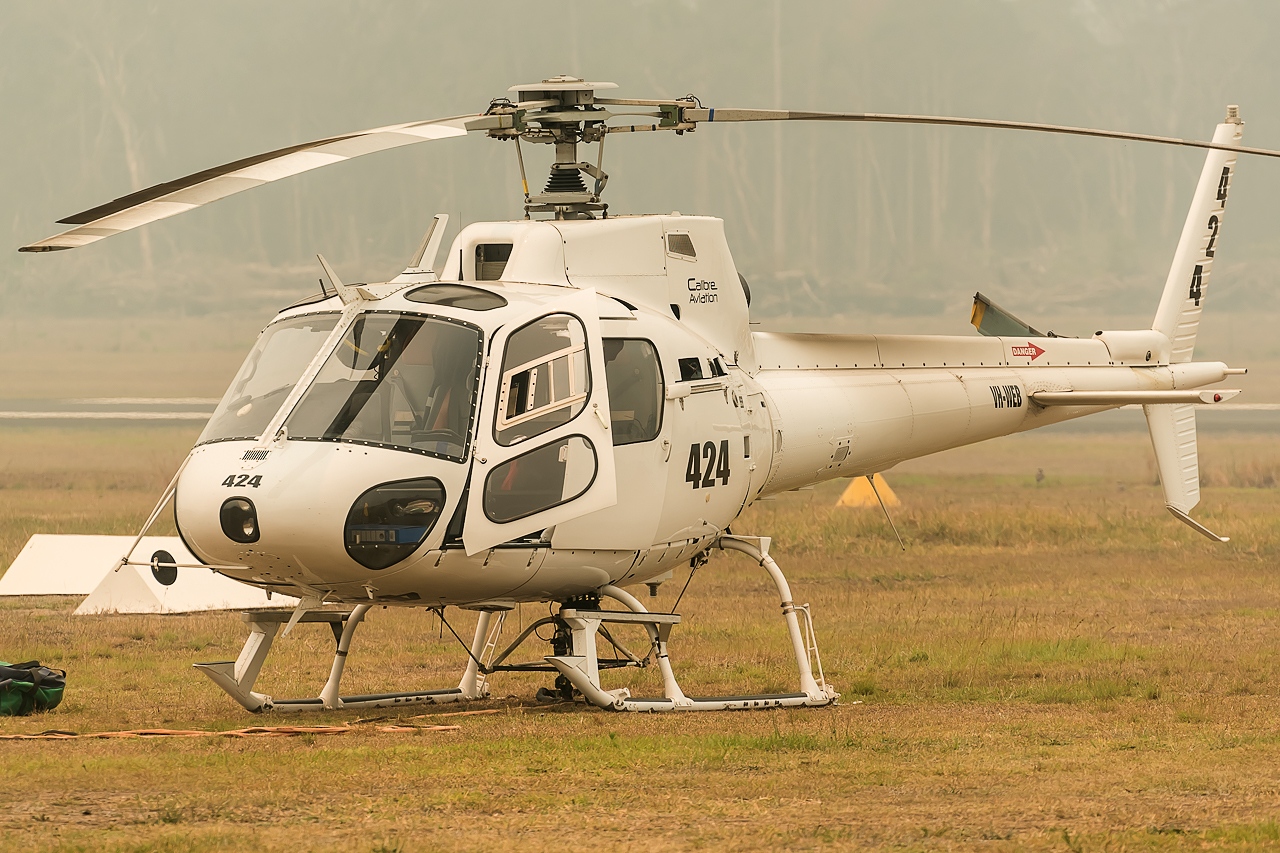
Calibre Aviation based in Emerald QLD, operate VH-WEB an AS.350BA it flies as Helitak 424. (Jayden Laing Image)

Another Helicopter operated by the NSW RFS, is VH-NFO which flies as Firebird 200. This 1985 build machine, was formerly owned by NSW Forests, before being purchased by the NSW Rural Fire Service. (Jayden Laing photo)

Another Pay’s machine is Firebird 212 VH-IQB. This 2004 build machine is seen at the companies Scone base. (Jayden Laing photo)
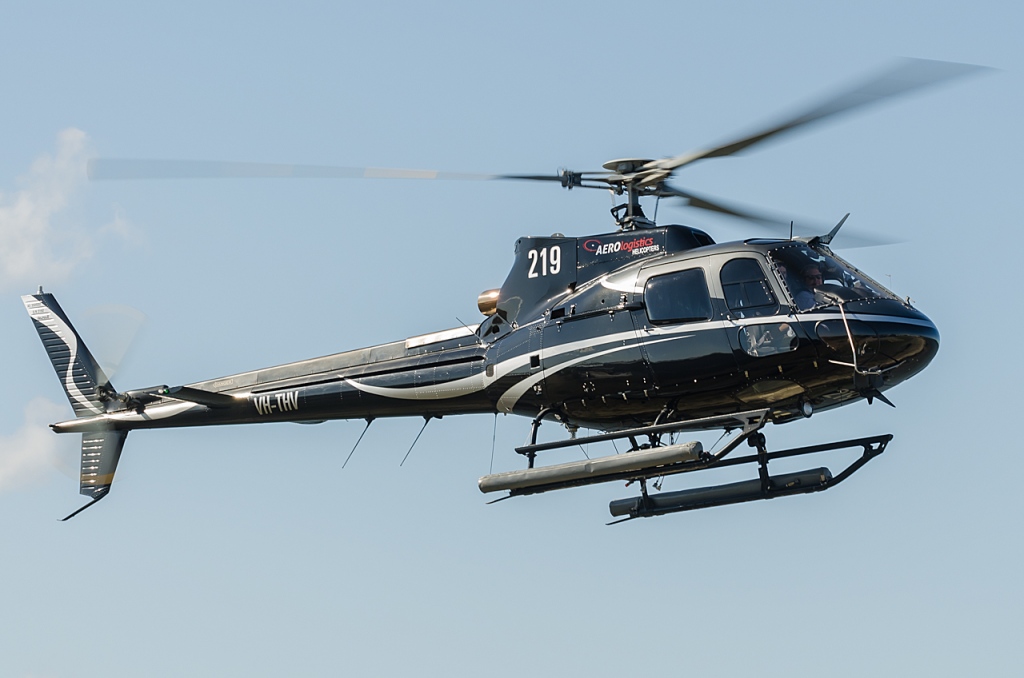
Aerologistics based in Mayfield NSW operate VH-THV as Firebird 219. (Jayden Laing photo)

Touchdown Helicopters AS350 VH-TSV operates as Firebird 227. (Jayden Laing photo)
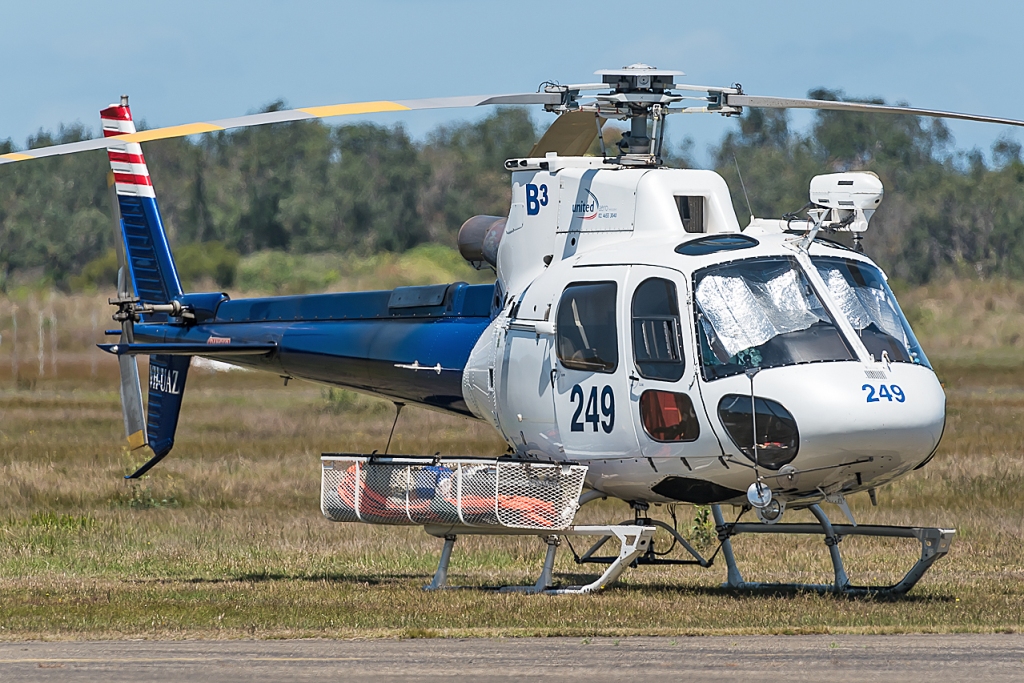
Aviation Utilities, operate VH-UAZ as Firebird 249. (Jayden Laing Image)

Eagle Helicopters based in Euchareena in NSW, operate this AS.350BA, VH-LZH as Firebird 258. (Jayden Laing Image)
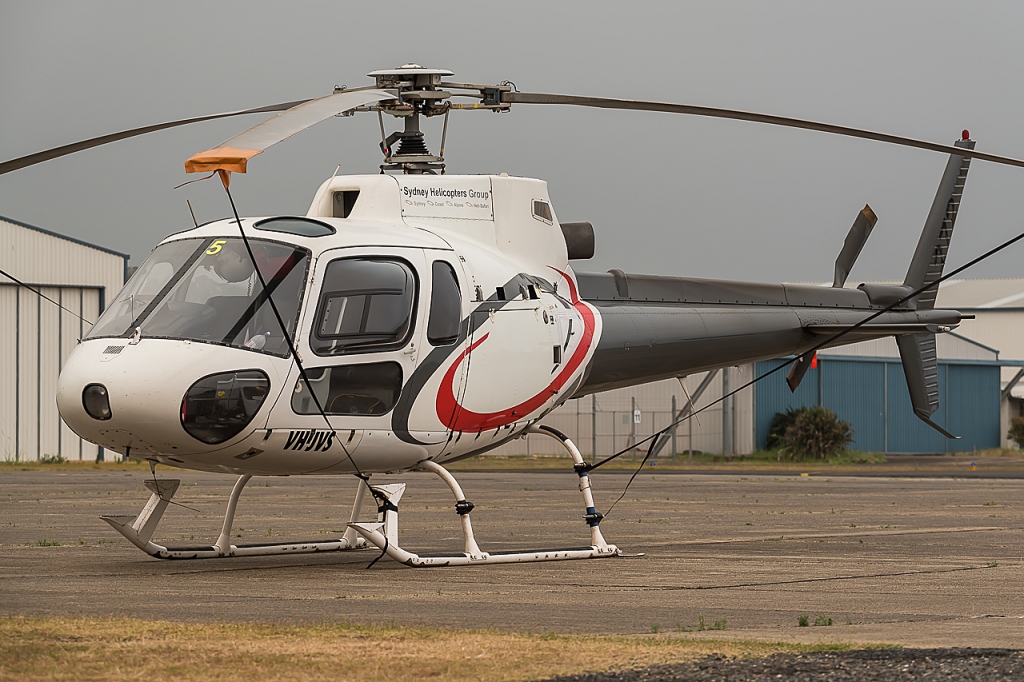
Sydney Helicopters operate VH-JVS as Firebird 272. (Jayden Laing photo)
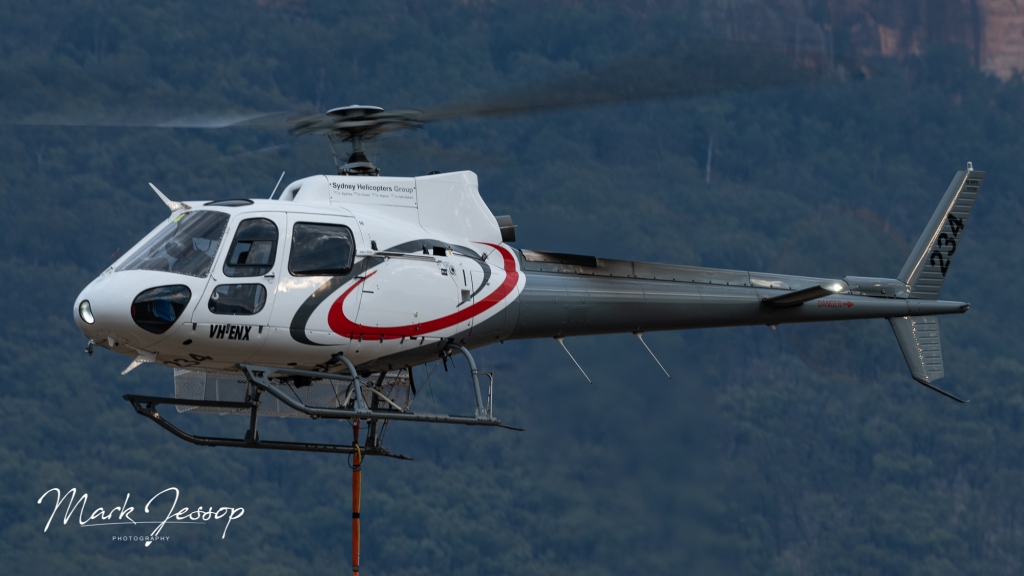
Sydney Helicopters also operate VH-ENX as Firebird 234. (Mark Jessop Photography)

Another AS.350B3, Operated by Heli Surveys VH-ELC flies as Firebird 284. (Jayden Laing photo)
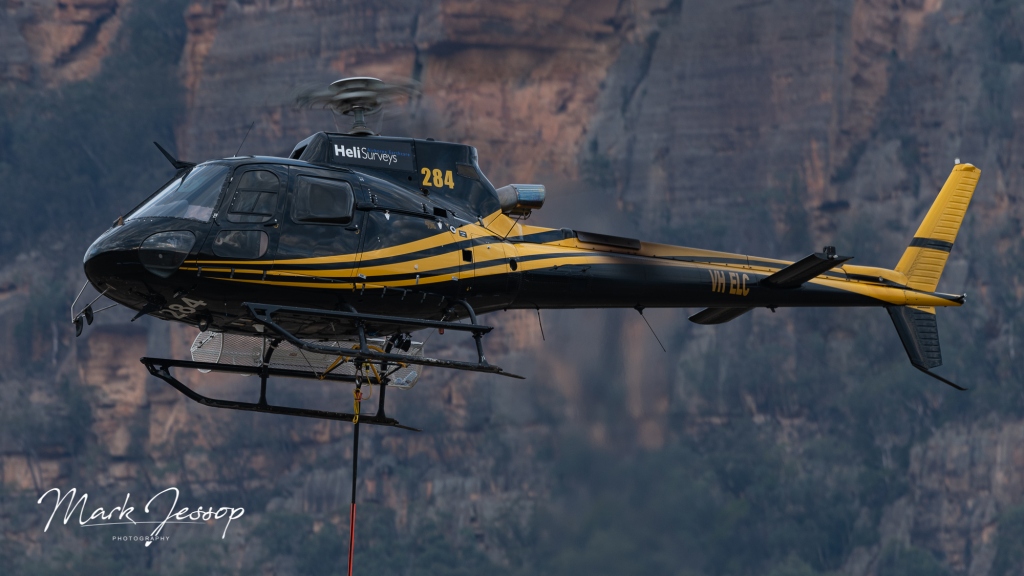
Heli Surveys VH-ELC flies as Firebird 284. (Mark Jessop Photography)
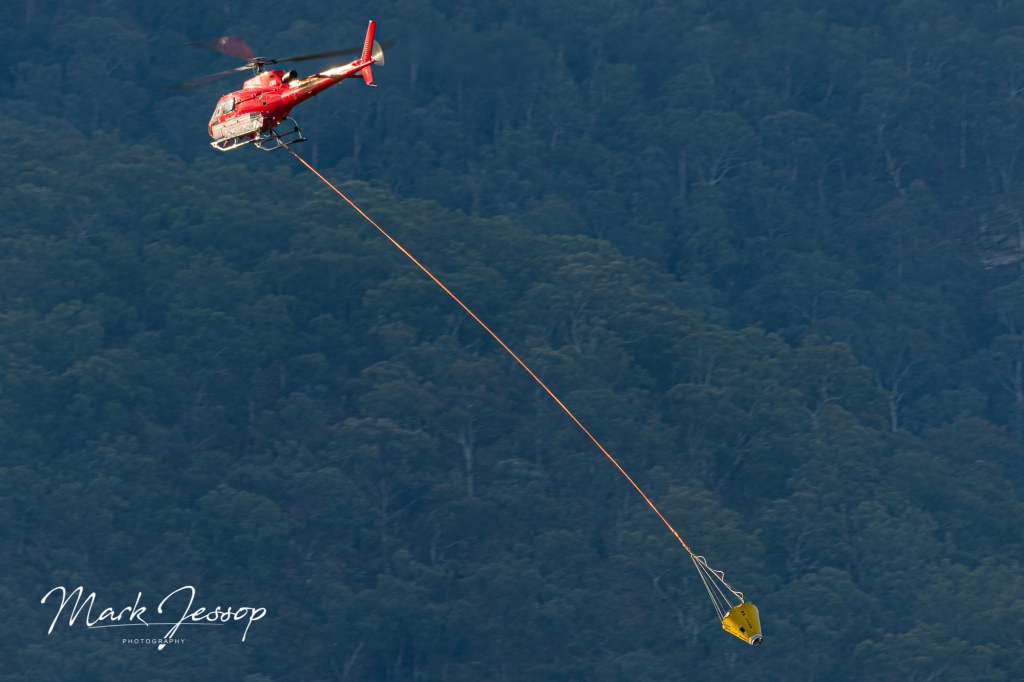
Another Heli Surveys aircraft is VH-ZMH flies as Firebird 296. (Mark Jessop Photography)
Airbus AS355
The Eurocopter AS355F1 is the twin engined version of the popular ‘Squirrel’ helicopters from manufacturer Aerospatiale, then Eurocopter and now Airbus helicopters. With its twin engines the AS355F1 is more powerful and faster than the standard AS350 helicopter. It is used by fire agencies primarily for supervision of fire operations, firebombing and transport of fire crews. Other roles include fire detection, reconnaissance and utility missions carrying the pilot and up to five passengers or crew depending on the mission.
Five examples of the Twin Squirrel are on contract this season on behalf of the Queensland, Tasmanian, and West Australian Governments

VH-ZXX is owned and operated by Microflight and flies as Firebird 325. It is seen in company with Firebird 309 as Firebase Bairnsdale.

Eurocopter AS365N2 Dauphin
The Eurocopter AS365N2 Dauphin helicopter is a medium weight twin engined helicopters from manufacturer Aerospatiale, then Eurocopter and now Airbus helicopters. It is used by fire agencies primarily for insertion of fire crews into remote areas and firebombing. The AS365N2 can also be configured with an infrared camera and mapping systems to provide a high quality fire reconnaissance system. Other roles include transport and utility missions carrying the pilot and up to eight passengers or crew depending on the mission.
With its two powerful engines the AS365N2 is particularly well suited to firefighting operations. Its high speed allows it to reach remote fires quickly. A distinctive feature of the AS365 is the “fenestron” tail rotor. The fenestron reduces the noise of the aircraft and increases performance.
McDermott Aviation had two Dauphin’s on contract this season. N35IA and N365IL with VH-IYS and N97MD also called to use.
BK-117
A type seen regularly in New South Wales is the the MBB/Kawasaki BK-117. The helicopter is extremely versatile and can be used for a variety of tasks, including water bombing, reconnaissance, mapping and aerial incendiary work. When used for water bombing operations a tank with up to 1,000 litres of water and retardant is fitted. It can also be used to winch Remote Area Firefighting Teams and Rapid Aerial Response Teams into difficult to reach areas.
When firebombing the BK117 can pick up 900 litres of water in an under slung bucket. The pilot can add a measured quantity of fire fighting suppressant foam to this water increase its effectiveness when it is dropped on a fire.
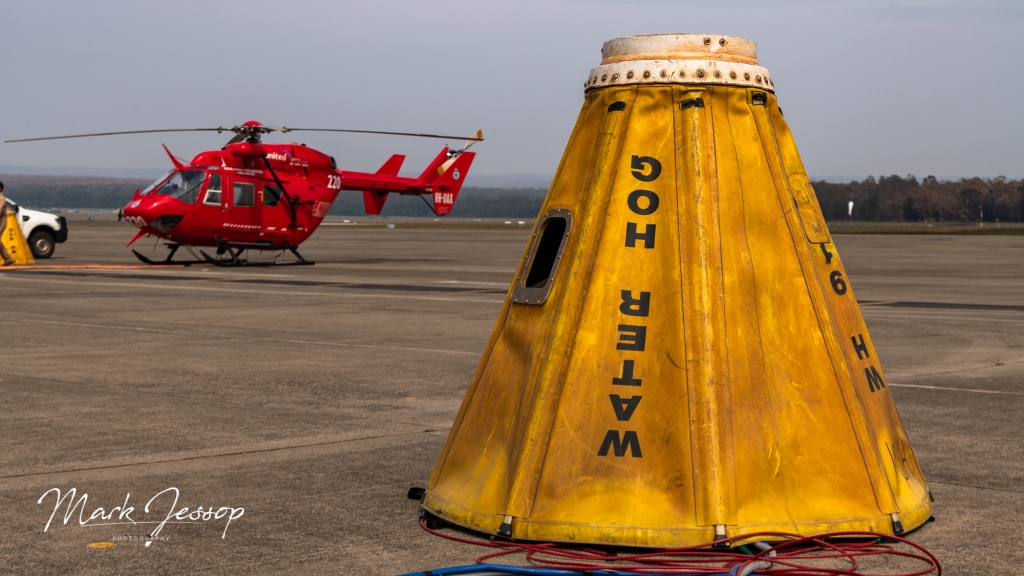
United Aero’s BK-117 VH-UAX prepares to launch in defence of the fires surrounding the RAN Nowra base. (Mark Jessop Photography)


Owned by the NSW Rural Fire Service, VH-VRQ BK-117 B-2 has been kept extremely busy this season. (Jayden Laing Image)
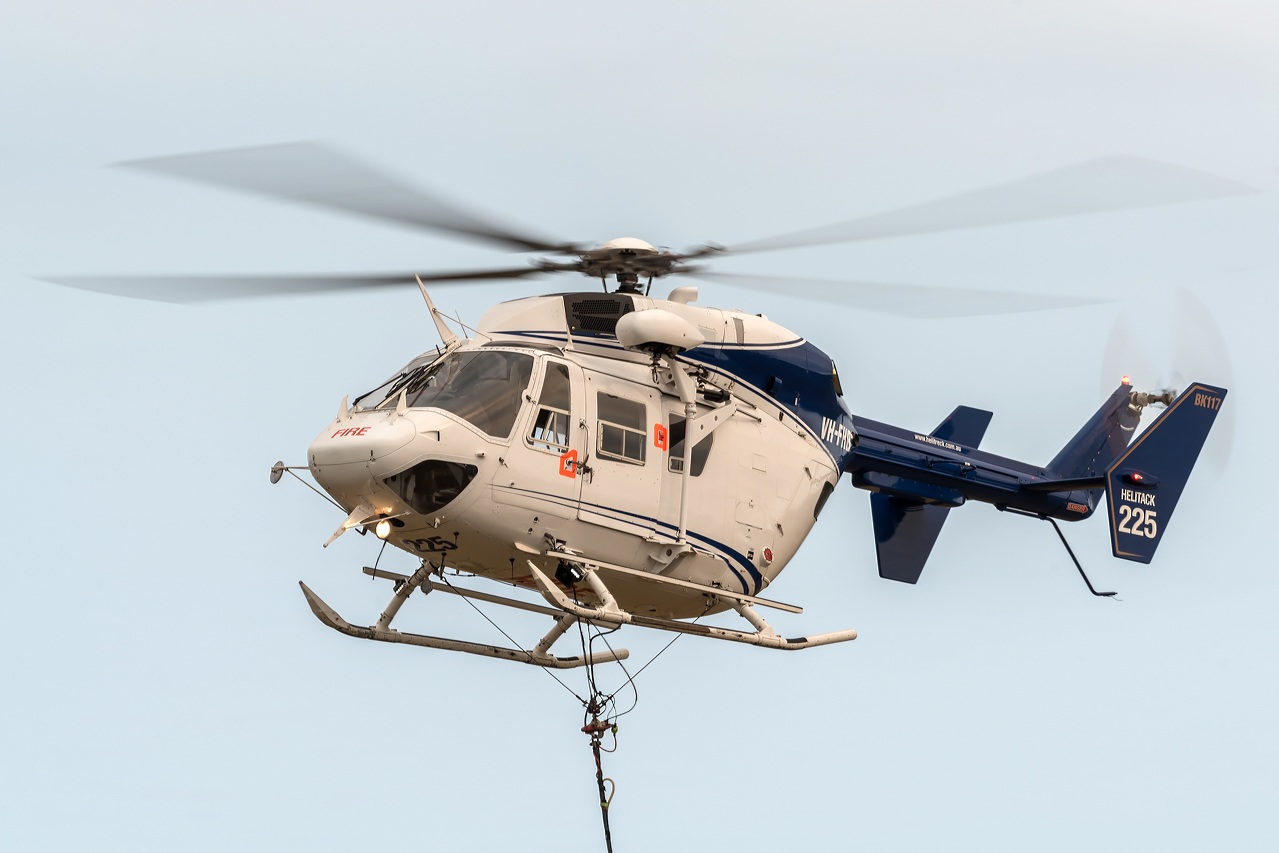
Trecked Pty Ltd operate BK117B-1 VH-FHB a Kawasaki built machine flew as Helitak 225. (Jayden Laing Image)
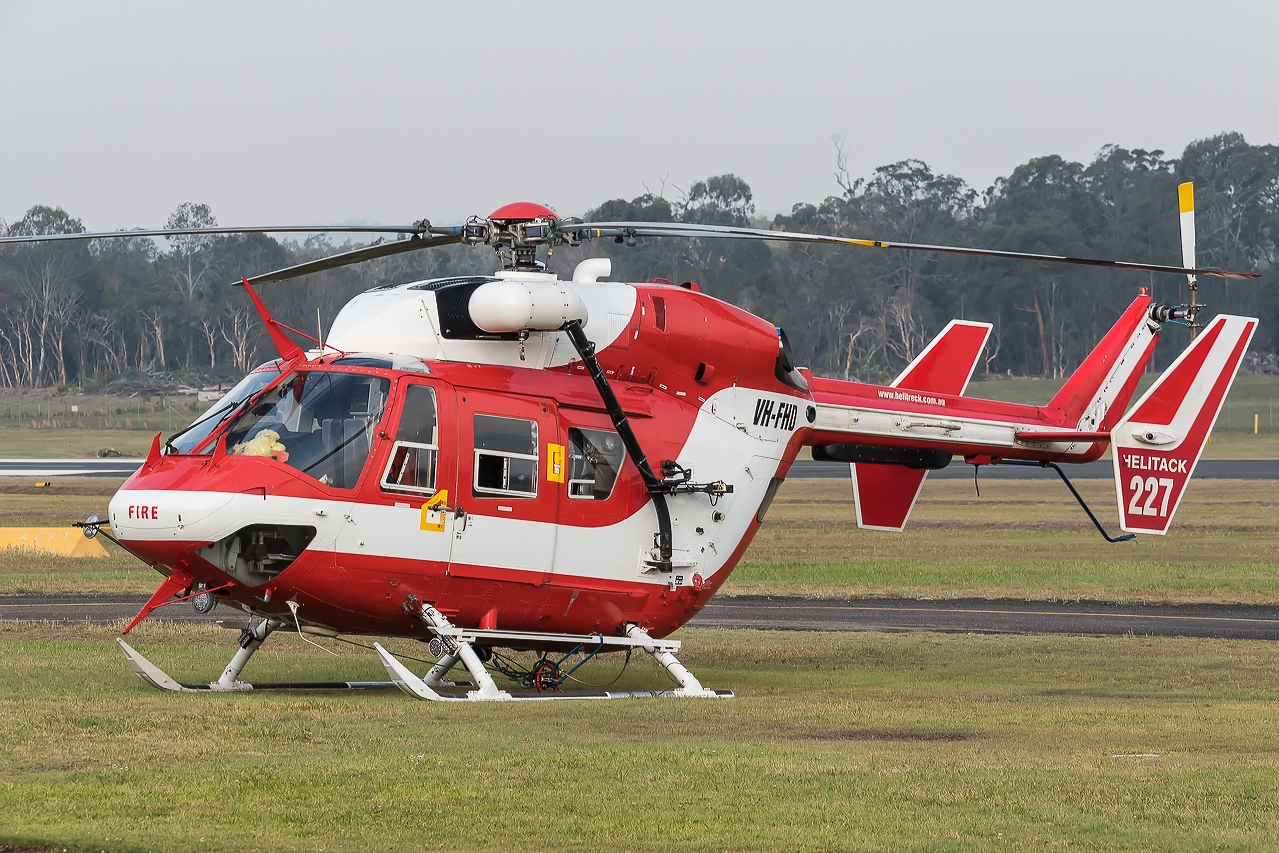
South East Helicopters Japanese built Kawasaki BK117 B-2, VH-FHD operated as Firebird 227. (Jayden Laing photo)
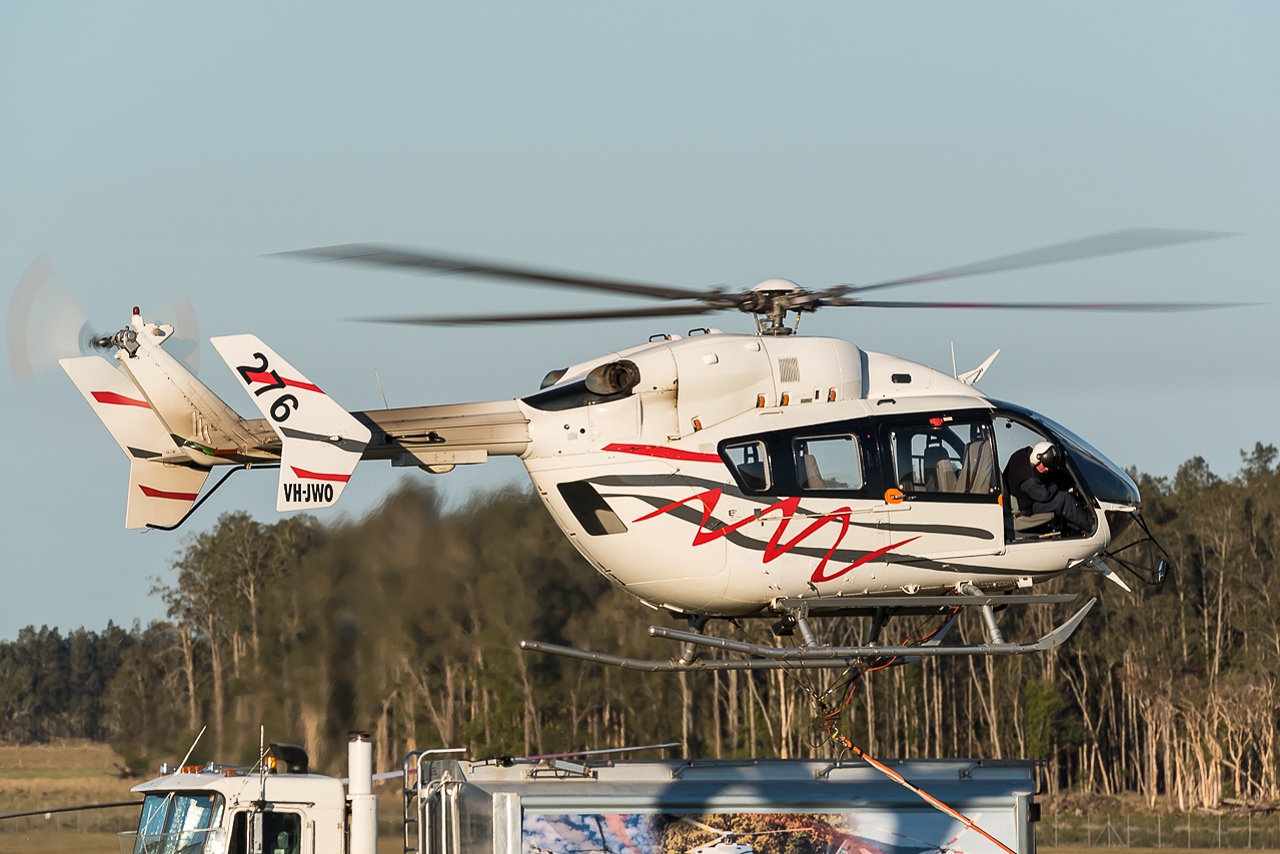
Sydney Helicopters MBB-BK117 C-2 VH-JWO operated as Firebird 276. (Jayden Laing photo)
Airbus EC-120
The Victorian Government has contracted, through NAFC, three EC120B helicopters for the 2019-20 fire season.
The EC120B operates alongside other fire fighting aircraft to support fire fighting crews on the ground. Carried on board the aircraft are sophisticated communication and tracking equipment that keep the aircraft in constant contact with other aircraft and the fire agency crews managing fires on the ground.
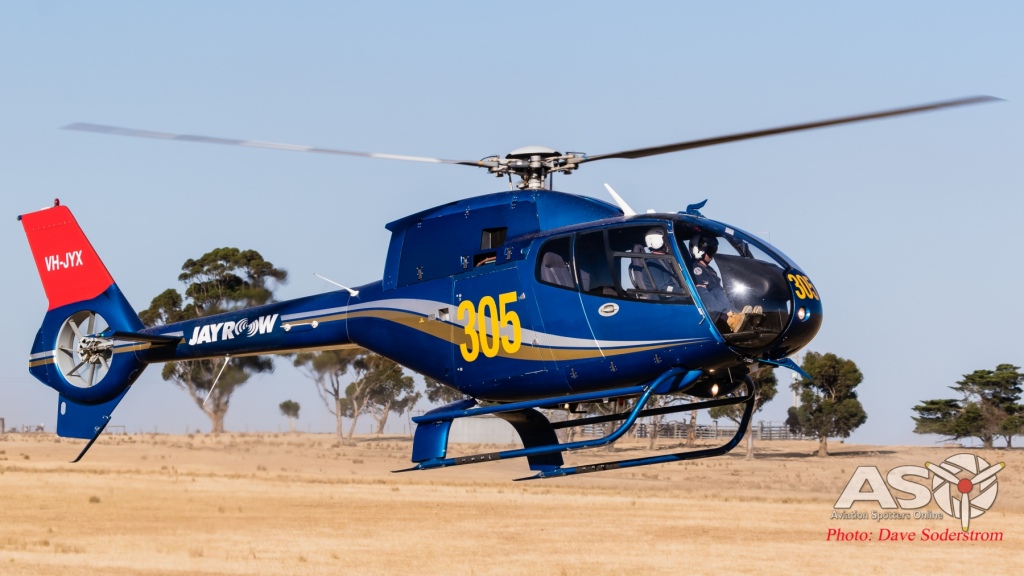
Jayrow’s VH-JYX operated as Firebird 305, being based out of Firebase Bendigo.

Microflight’s VH-ECP, worked out of Essendon Fields Airport along side the Erickson AirCrane.
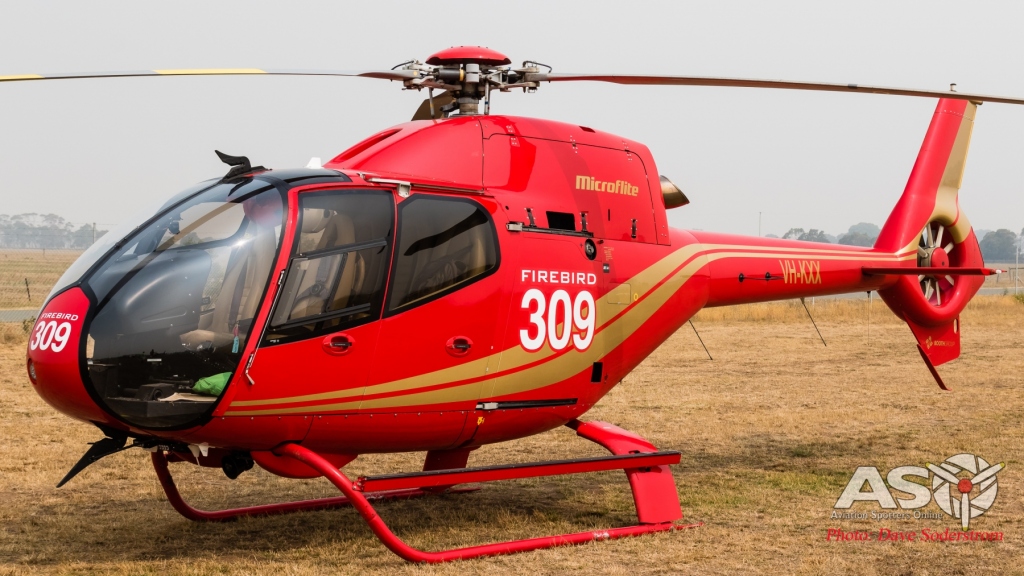
Microflights VH-KXX operated as Firebird 309, supporting the second Victorian based Erickson AirCrane.
This year I’d like to dedicate this article to the three aviations, who paid the ultimate sacrifice this season. To Ian McBeth, Paul Hudson and Rick DeMorgan’s families, Aviation Spotters Online’s has the deepest respect to your loved ones and the tolls you have paid in the ultimate sacrifice to the Australian people. That sacrifice will never be forgotten.
If you would like to help support the families please donate to this link: https://www.gofundme.com/f/coulson-tanker-134-memorial-fund
Aviation Spotters Online, wishes to thank all the pilots, crew and companies who have taken the time to work with us on this article again. It is dedicated to all the fire Fighting personal, both paid and volunteer who go above and beyond to protect Australian’s from fire.
Thanks to the ASO team in helping out with videos and photos. To Jayden Laing, Glen Greathead, Luke Preistley, Robert Myers, Wayne Rigg, David Brown, Mark Jessop and many others for their help and for the use of their images.
Dave Soderstrom

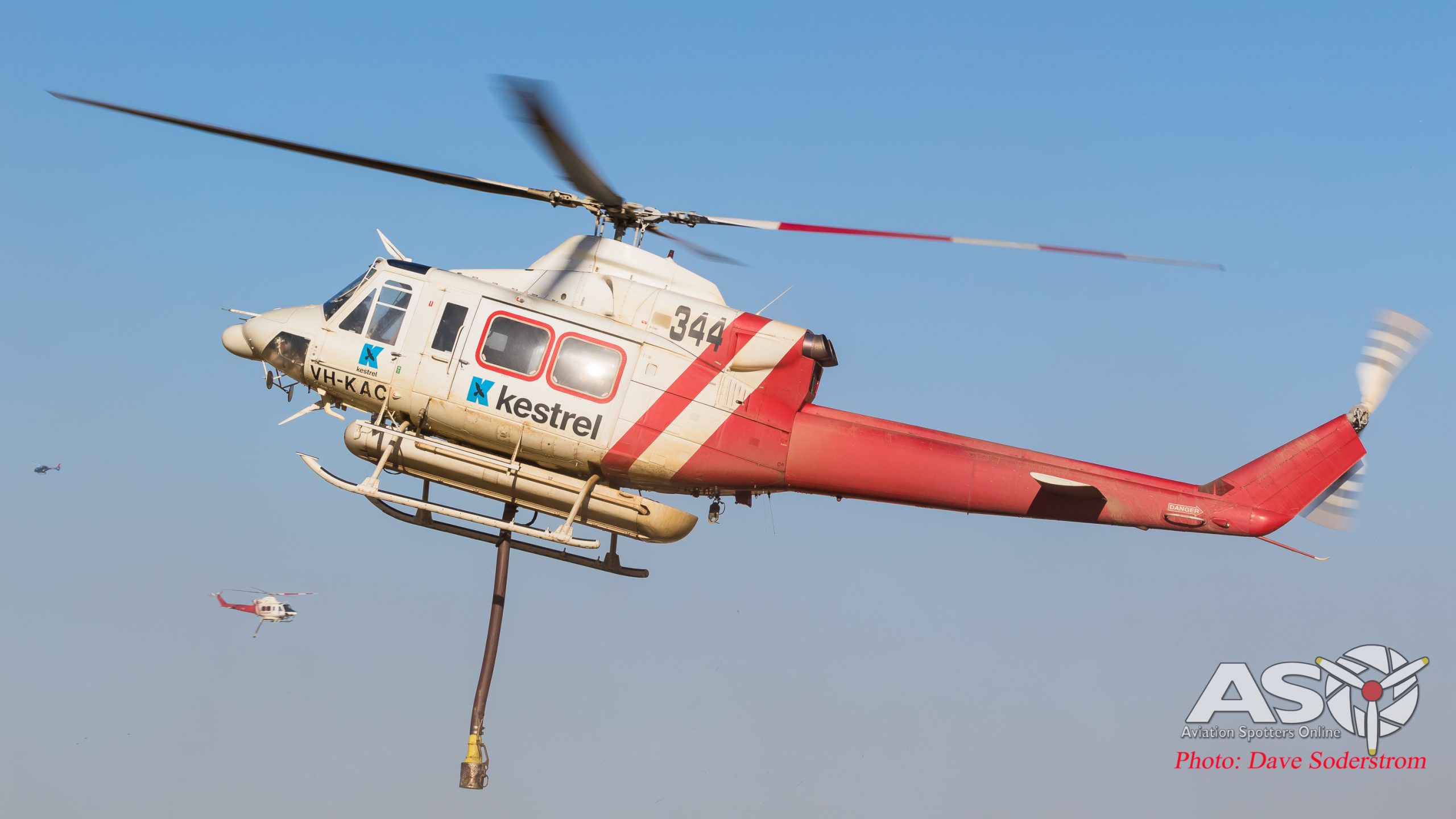


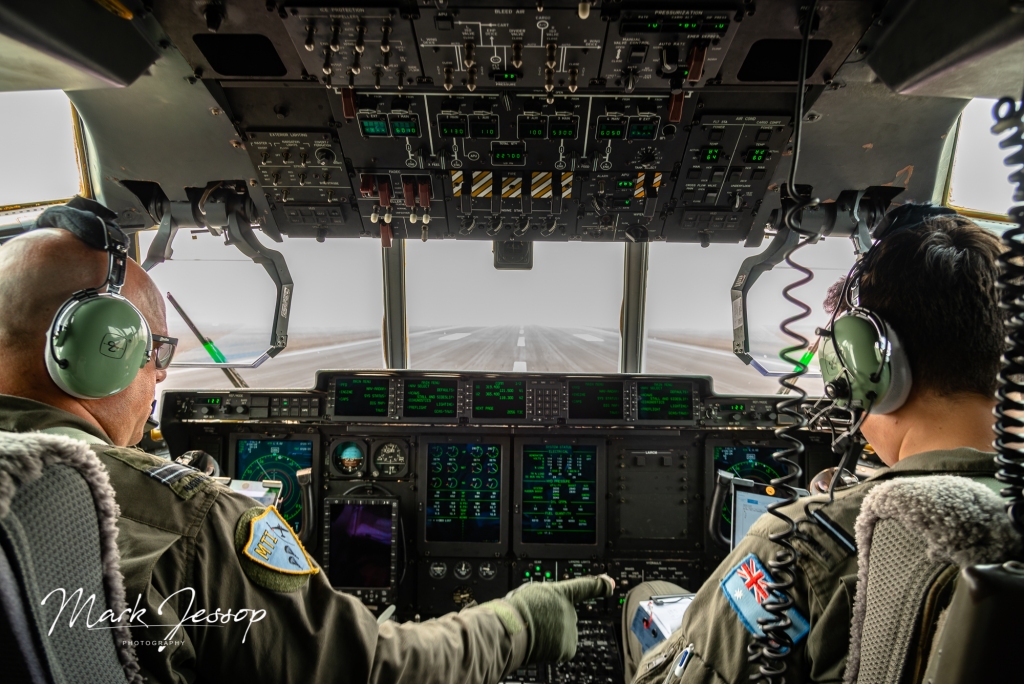
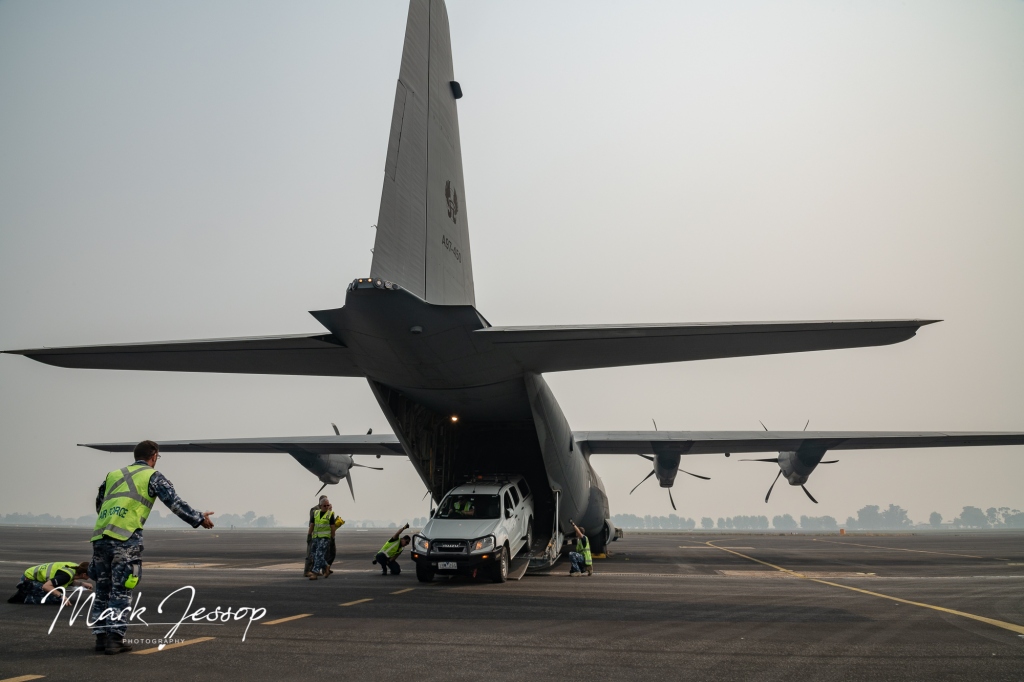

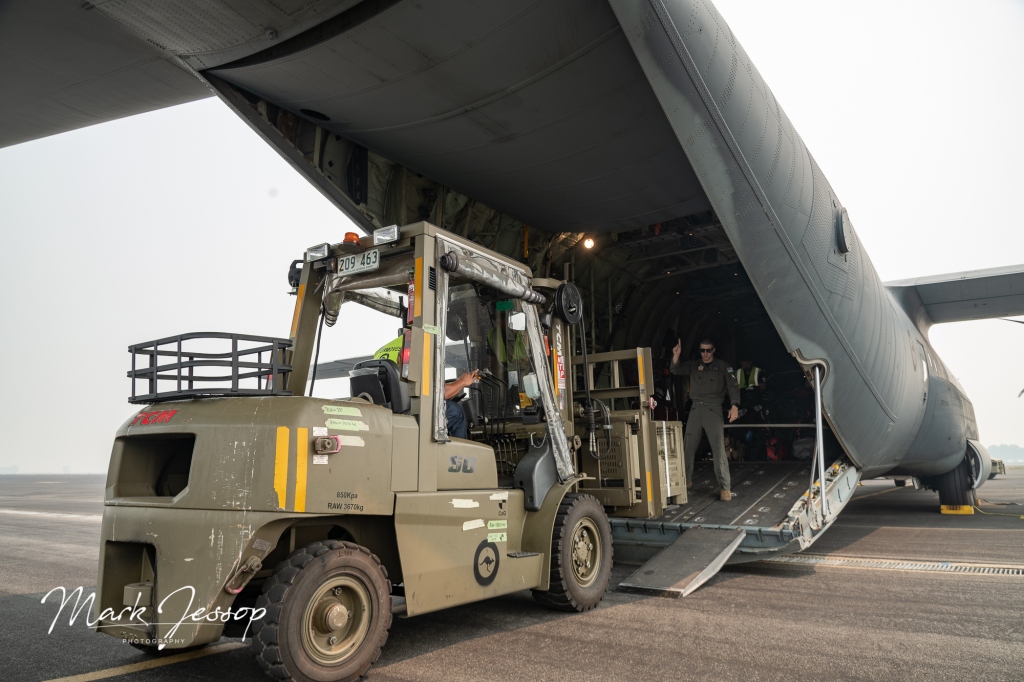
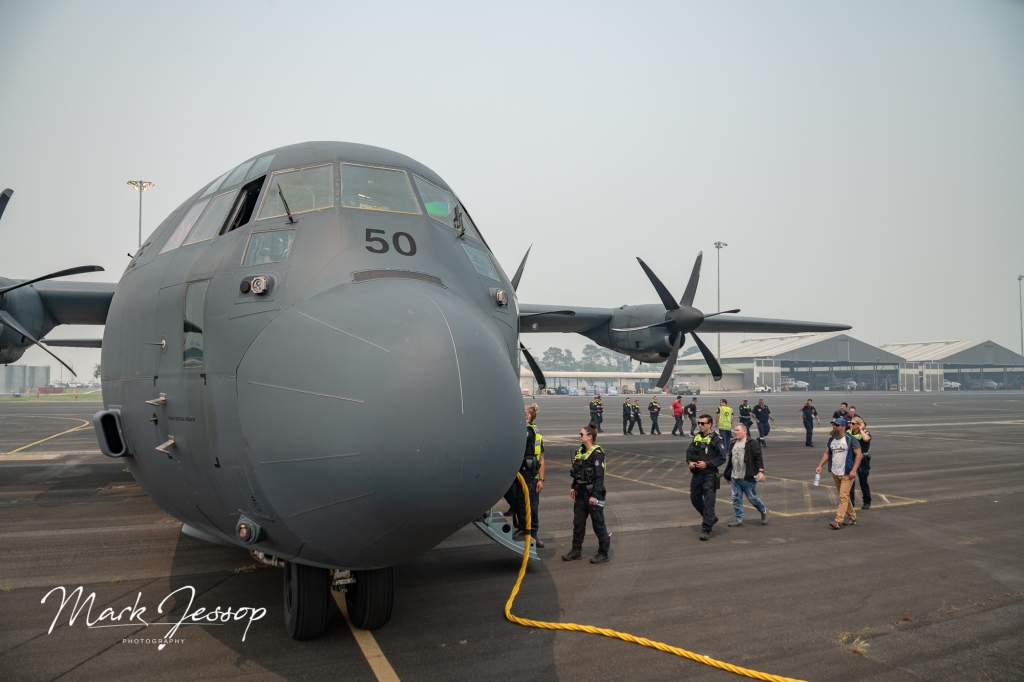

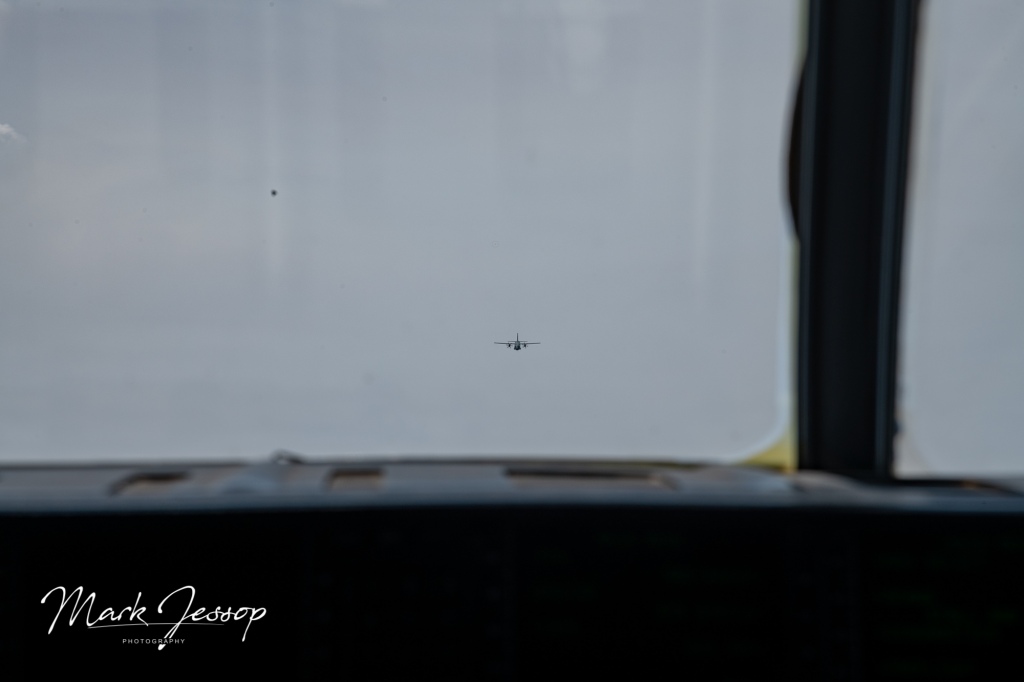

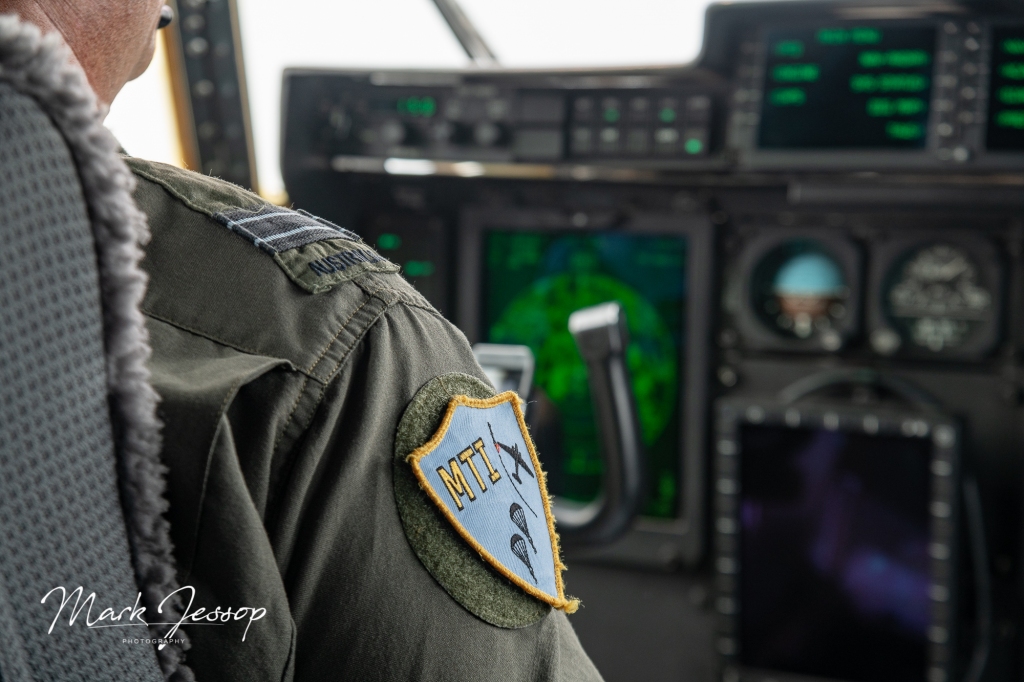
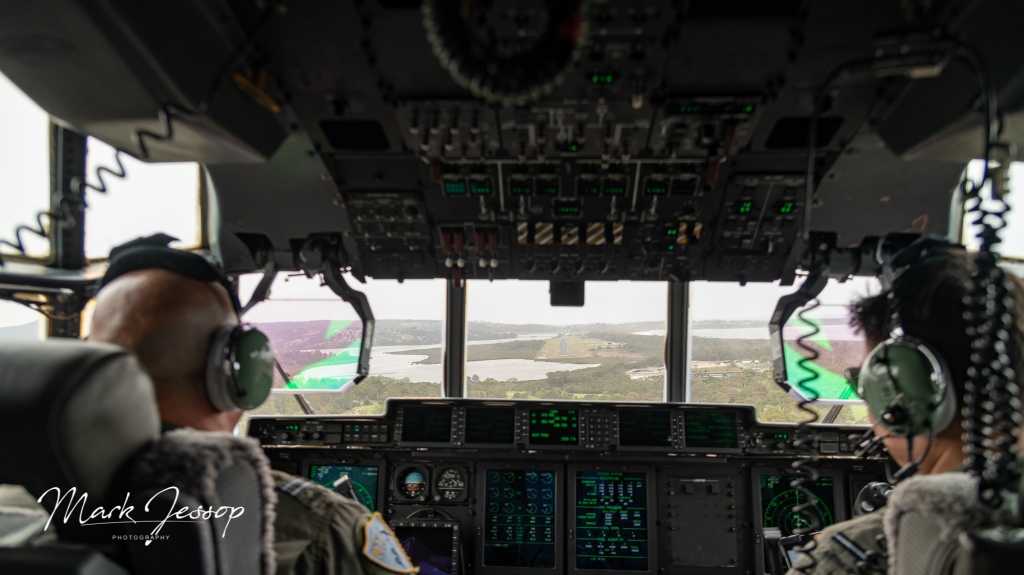
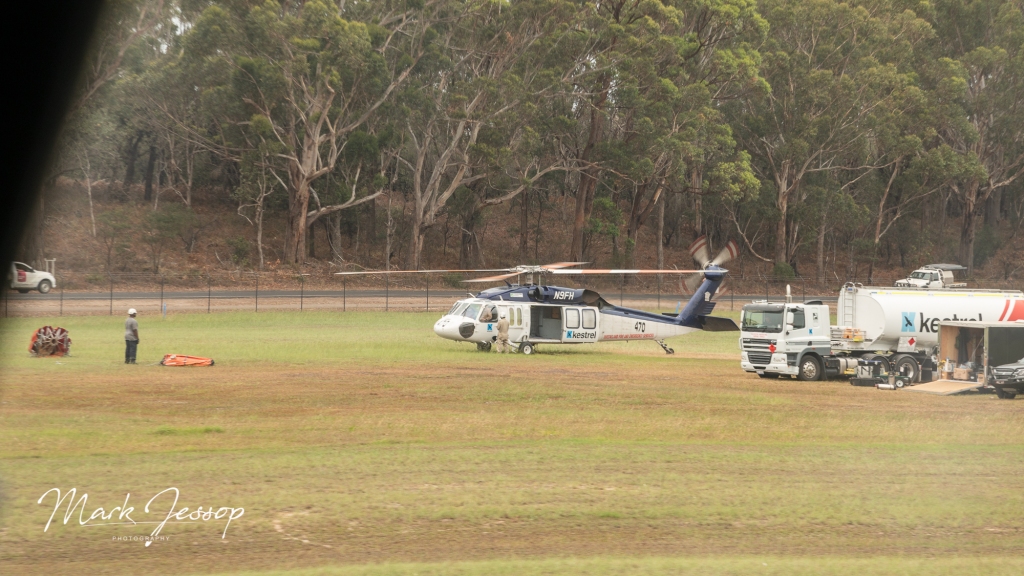
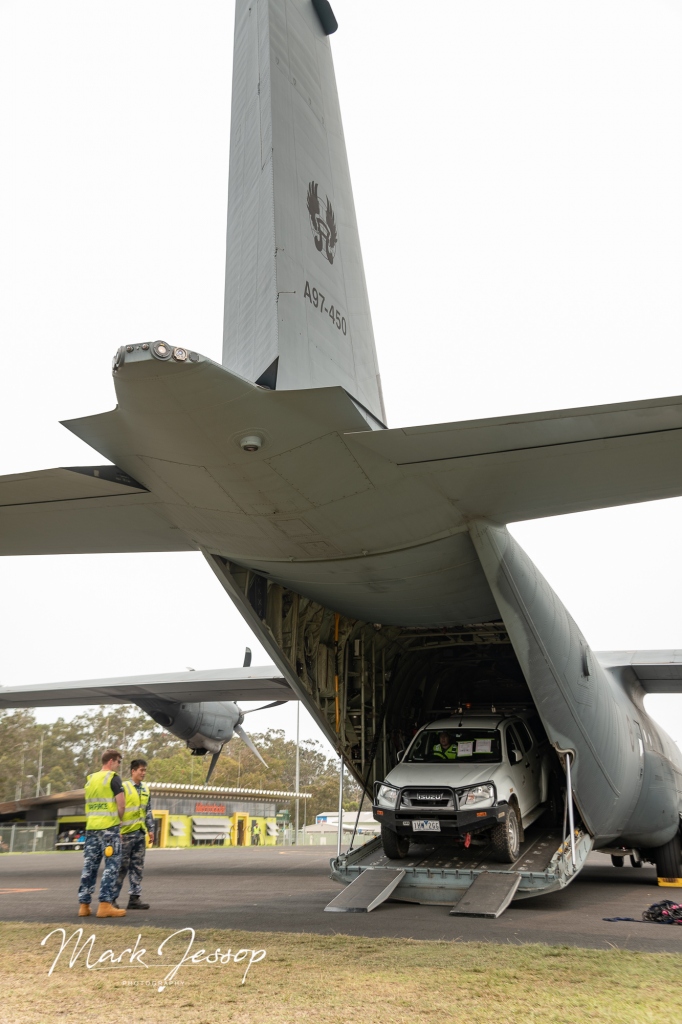

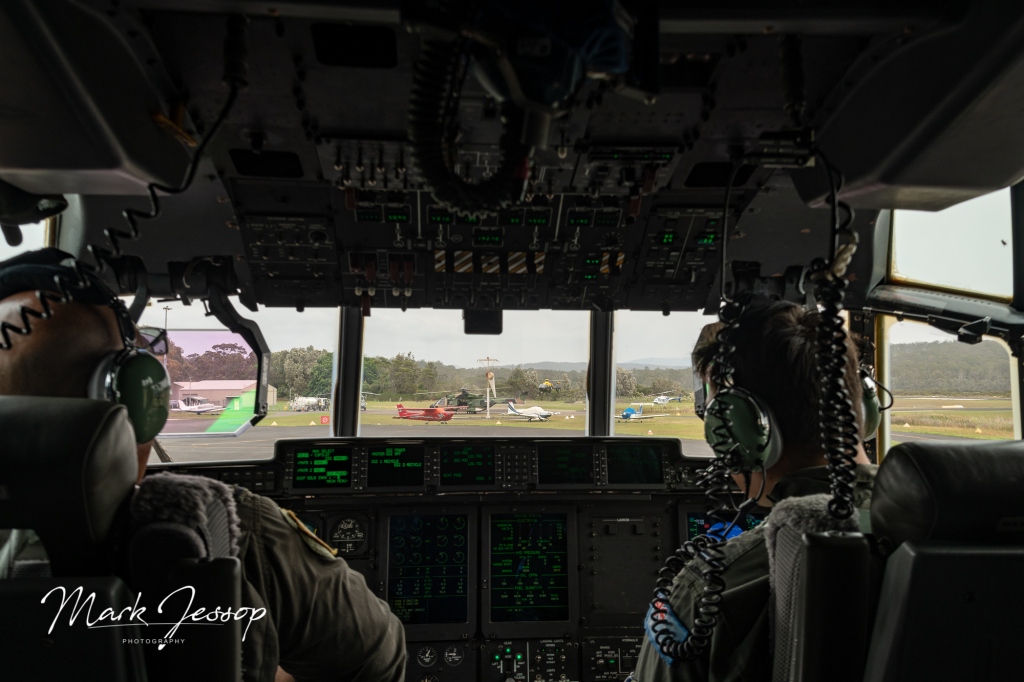
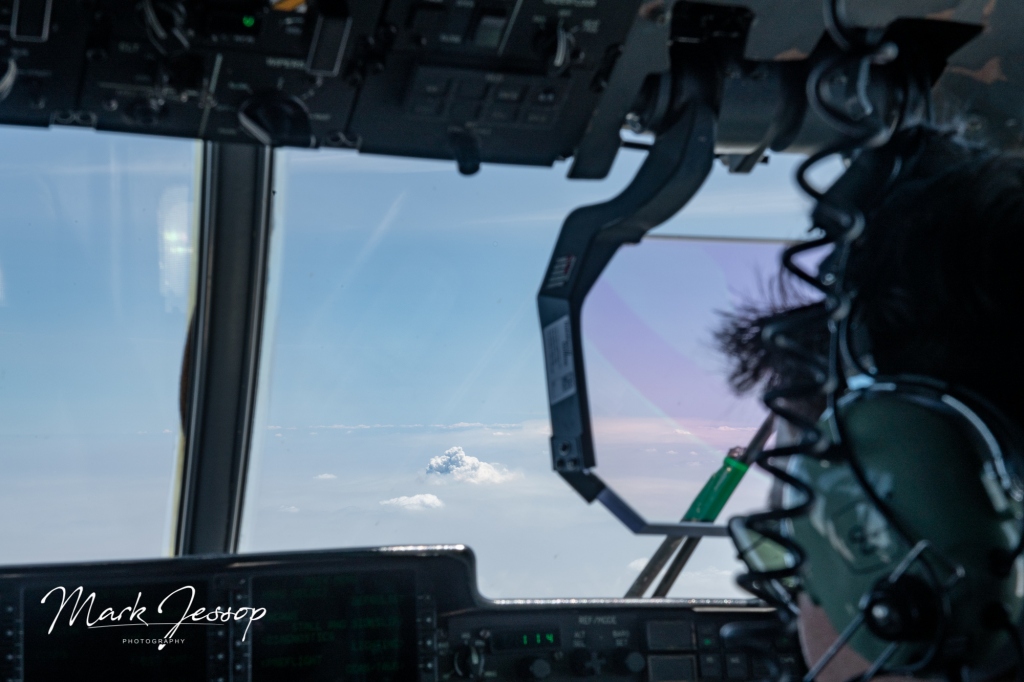
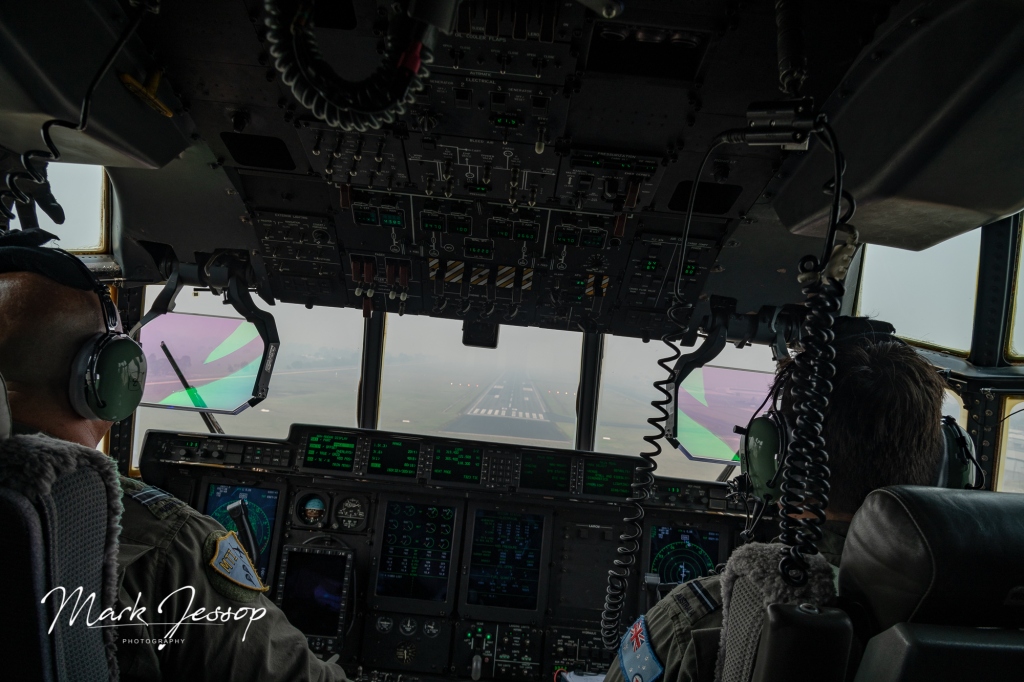

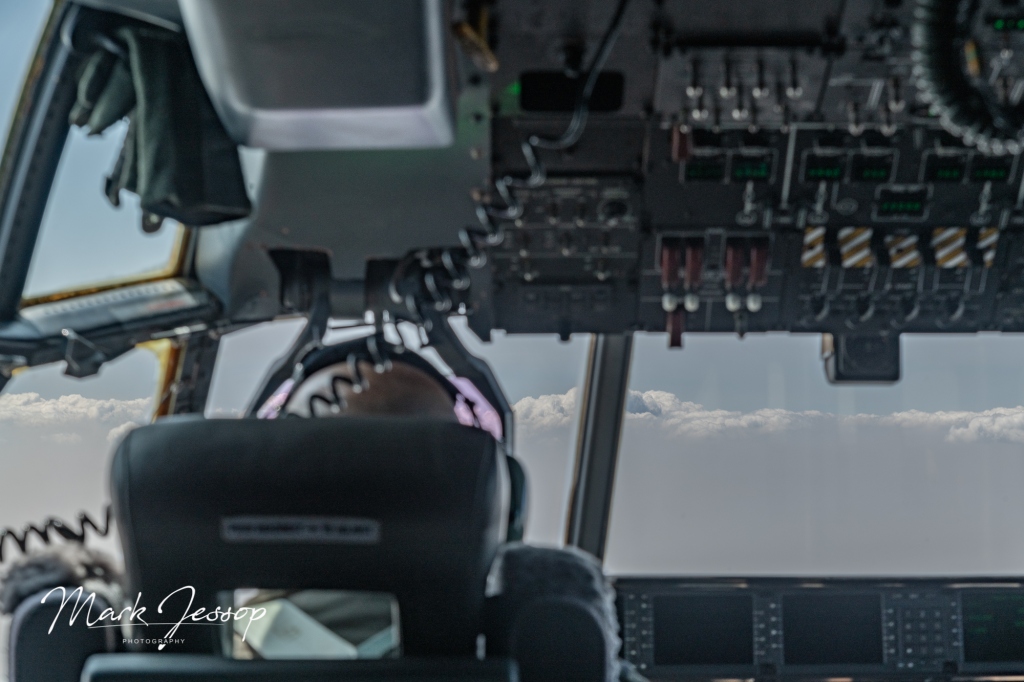
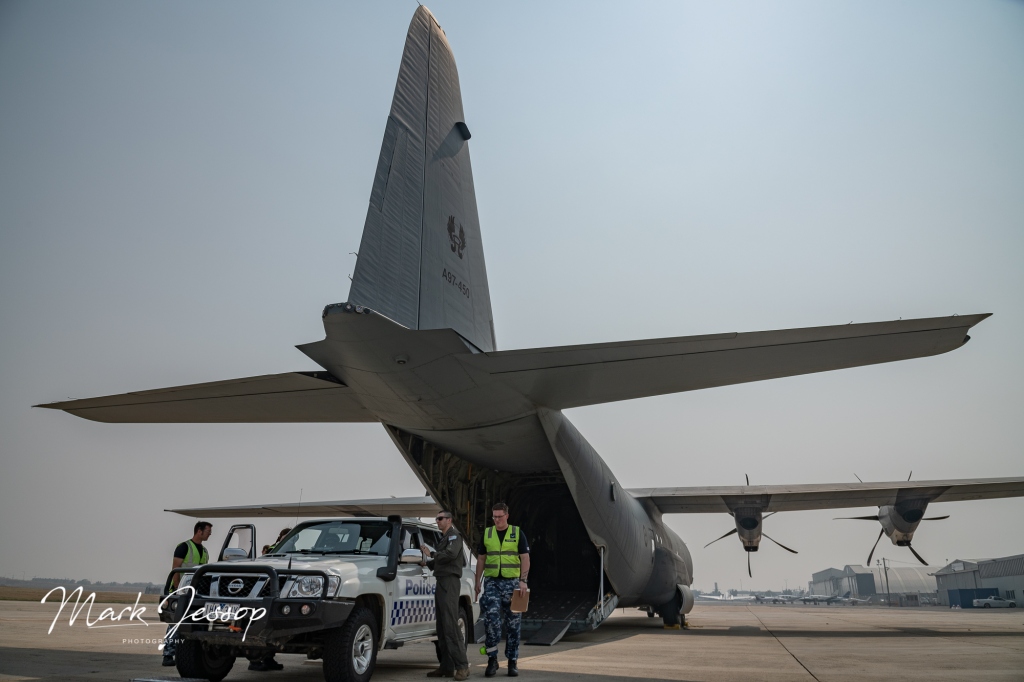




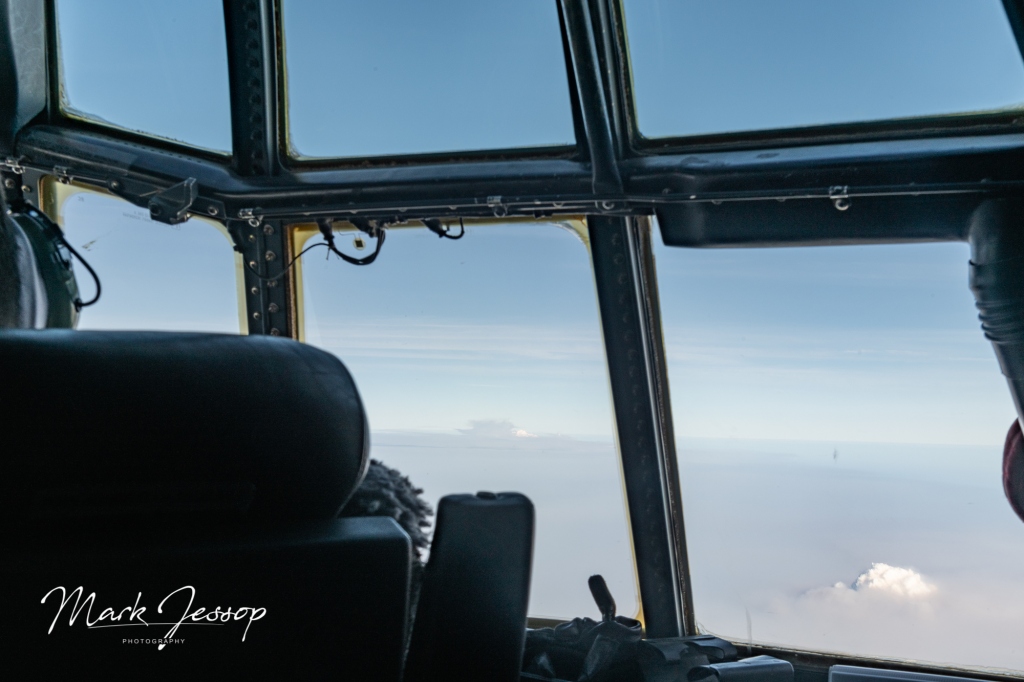
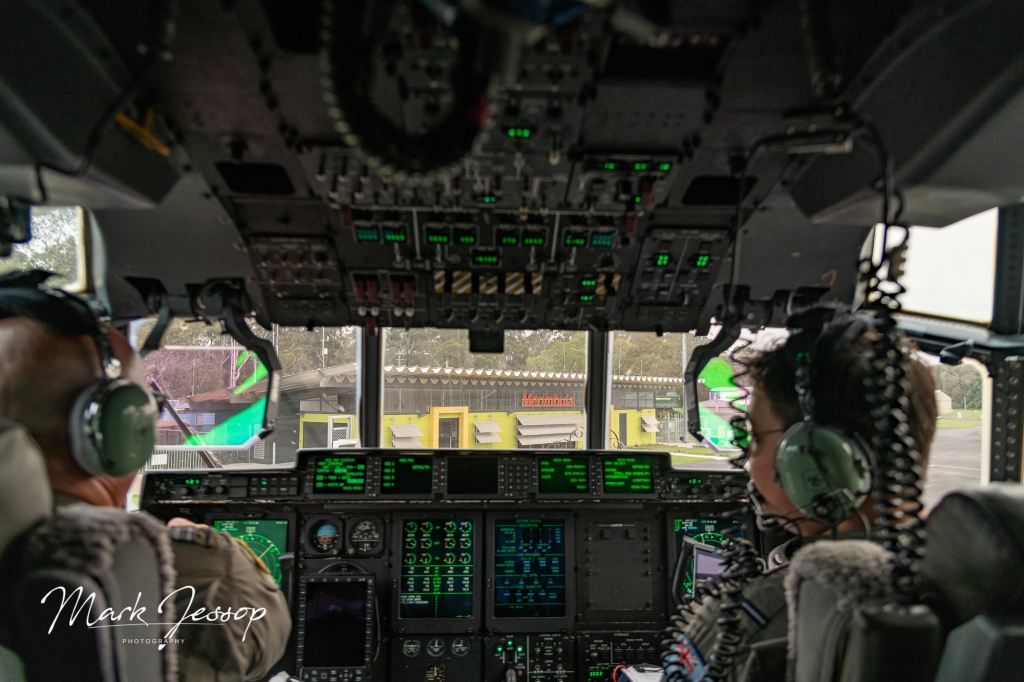



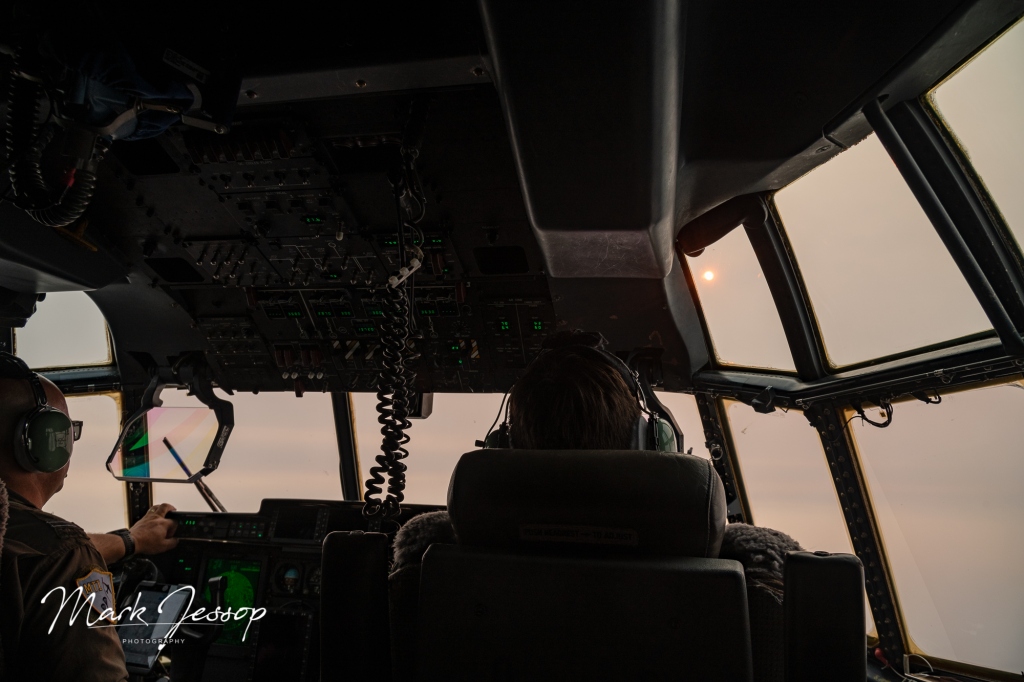


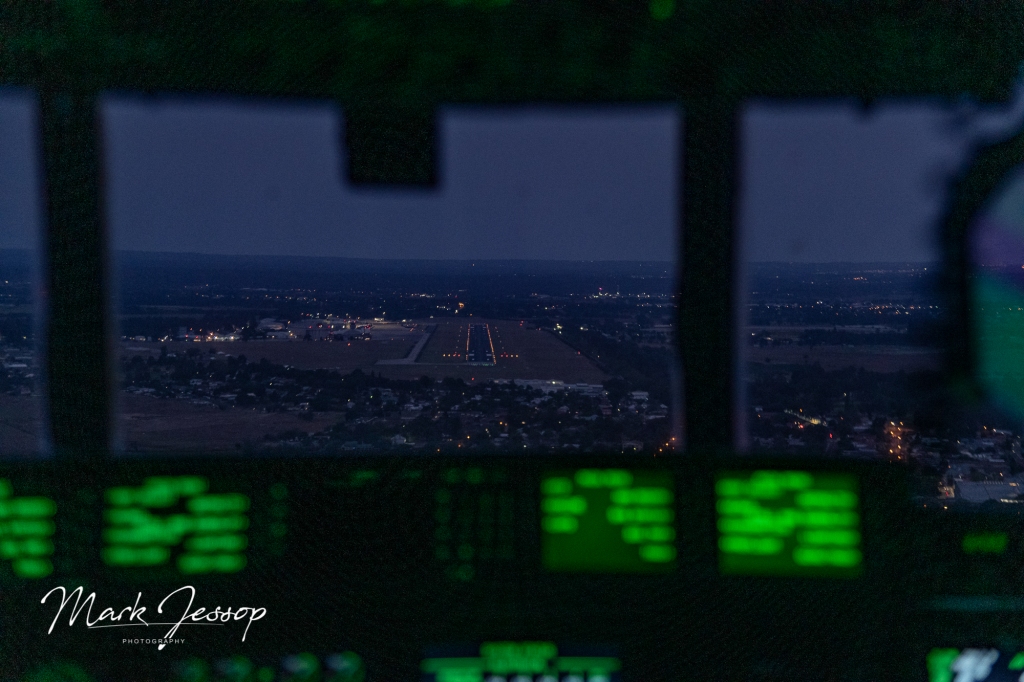

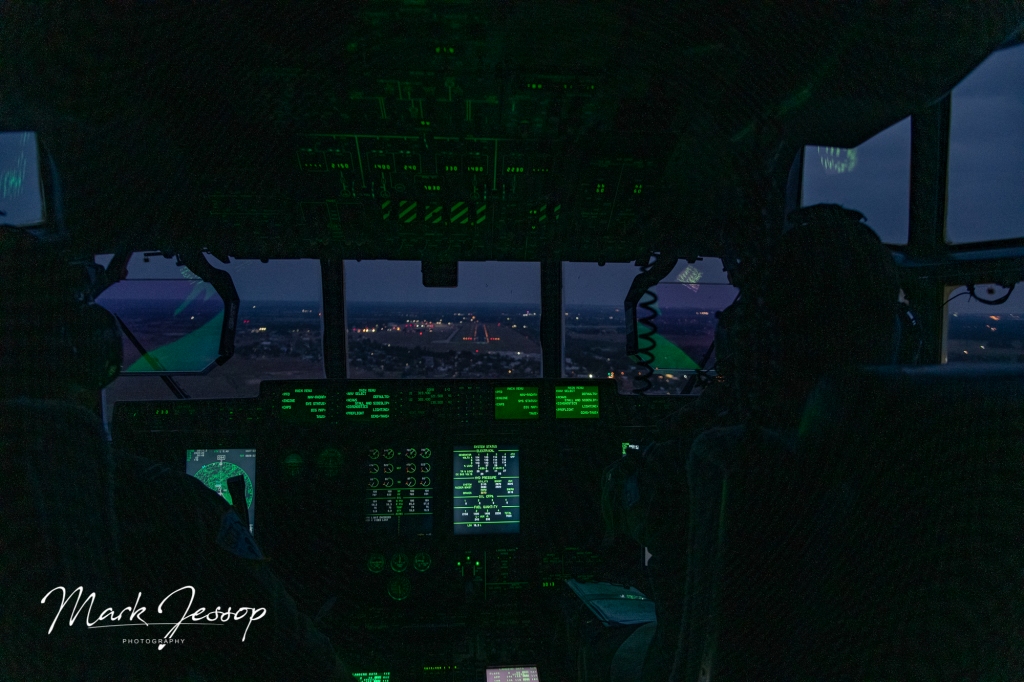



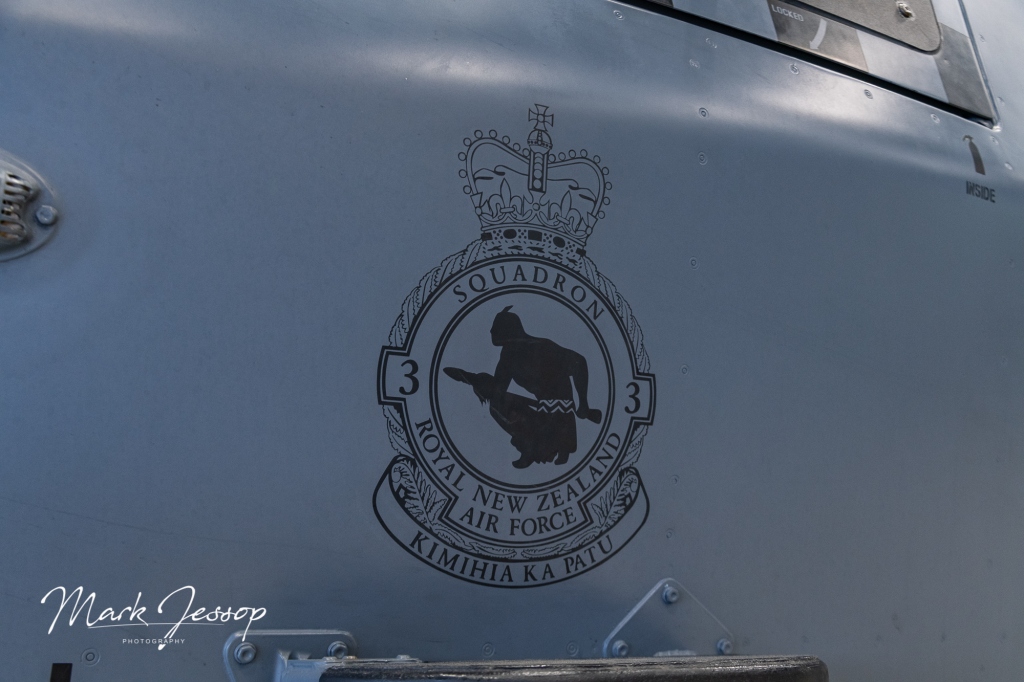












Thank you for a really comprehensive coverage of the work done during the Bush fire crisis. It was good to see the ADF providing support. They aided the country in time of need, defending the country is not always about fighter jets, frigates or tanks, but providing assistance to the population in time of need.
Hats off to all the emergency services for doing a great job in difficult circumstances.
Excellent article, and very comprehensive.
Thanks Syd, for the feedback. Dave
Exceedingly interesting.
The following major bushfire events (as opposed to seasonal fires) are significant due to the record number of deaths, longevity or size. The CSIRO noted that, as at 18 February, with more than 10 million hectares of land burned, this was already greater than the area burned in the Black Saturday 2009 and Ash Wednesday 1983 bushfires combined.